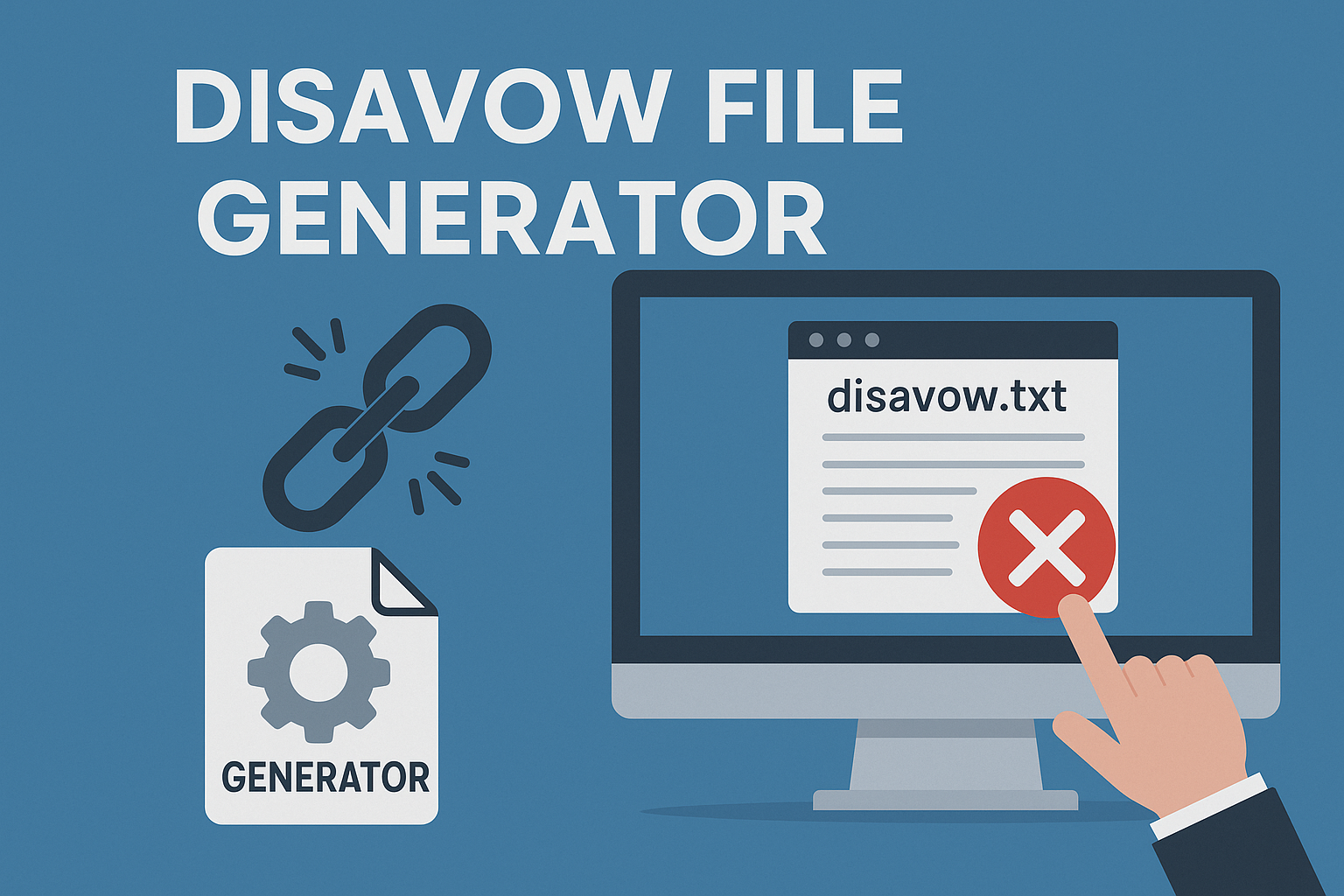Building a powerful private blog network (PBN) starts with one critical step: identifying domains that carry SEO authority. Expired domains, which once hosted active websites, remain a goldmine for marketers. These assets often come with established backlink profiles, making them ideal for boosting search rankings.
Why are expired domains still relevant? Search engines prioritize websites with trustworthy links. Over time, older domains accumulate connections from reputable sources. Tools like Domain Hunter Gatherer and Serpstat simplify the process of locating these hidden gems. They analyze metrics like domain authority, spam scores, and historical data to filter out low-quality options.
Quality matters. A well-vetted expired domain can accelerate rankings and drive organic traffic faster than starting from scratch. However, not every option is worth pursuing. Factors like niche relevance, backlink diversity, and penalty history require careful review. Skipping this step risks wasting time and resources.
This guide will walk you through proven strategies for evaluating and acquiring high-impact domains. You’ll also discover real-world examples of successful campaigns and common mistakes to avoid. Let’s dive in!
Key Takeaways
- Expired domains offer pre-built SEO value through existing backlinks.
- Specialized tools streamline the search for reliable, niche-relevant options.
- High-quality domains can improve search rankings faster than new websites.
- Thorough checks for penalties or spam signals are non-negotiable.
- Case studies later in this article reveal actionable insights for success.
Introduction
Expired domains hold untapped potential for SEO professionals looking to amplify their strategies. These web properties, once abandoned by their owners, retain valuable backlinks and authority that search engines recognize. When leveraged correctly, they become cornerstones for building robust private networks.
Overview of Expired Domains for SEO
An expired domain is a site no longer renewed by its owner. Why does this matter? Over time, such domains often accumulate high-quality links from reputable sources. For instance, a former travel blog might have earned mentions from major publications, passing SEO authority to its new owner.
Marketers prioritize niche relevance when selecting these assets. A fitness-focused domain, for example, would better serve a health supplement campaign than a generic one. Tools like ExpiredDomains.net simplify discovery by filtering metrics like spam scores and historical traffic.
Importance of Fresh Drops in PBN Building
Fresh drops—domains recently expired—offer unique advantages. Search engines still index many of their backlinks, making reintegration smoother. One case study showed a 40% traffic boost within three months after repurposing a fresh drop in the finance niche.
Platforms like Spamzilla track these opportunities daily.
“Timing is critical,”
notes an industry expert.Domain freshnessensures minimal downtime, preserving link equity before competitors or squatters claim them.
Later sections will explore advanced tools and methods to secure these assets efficiently. Stay tuned for actionable steps to avoid common pitfalls and maximize ROI.
Understanding Expired Domains and Their SEO Value
Acquiring expired web properties offers marketers a shortcut to SEO success. These assets retain residual authority from their previous online presence, making them valuable for strategic campaigns. Let’s explore why they matter and how to harness their potential.
Quick Common Asked Question and Answer
How to find PBN domains with FreshDrop and where to get PBN domain opportunities?
To find PBN domains with FreshDrop, use filters for metrics like Domain Authority, backlinks, and age. This helps identify valuable expired domains for building private blog networks. Once filtered, you can get PBN domain listings directly from FreshDrop or domain auction sites integrated with the platform.
What Are Expired Domains?
An expired domain is a site whose registration lapsed after the owner stopped renewing it. Common reasons include business closures, rebranding efforts, or simple neglect. For example, a once-popular tech blog might become available when its creator shifts focus.
These sites often come with built-in advantages. Historical content, existing backlinks, and indexed pages remain intact unless purged. A travel review platform abandoned in 2020 could still rank well due to its established reputation.
SEO Benefits: Backlinks, Traffic, and Trust
Legacy backlinks from reputable sites act as trust signals for search engines. Imagine repurposing a cooking blog that earned links from Food Network or Bon Appétit. Such connections boost domain authority instantly.
Traffic potential also exists. Archived data shows some expired domains attracted thousands of monthly visitors before abandonment. Redirecting this flow to a new project can accelerate growth.
“Always verify a domain’s backlink profile for relevance and quality,”
Risks like penalties or spammy histories require scrutiny. Tools like the Wayback Machine help assess a site’s past content. Pair this with Moz’s spam score to avoid costly mistakes.
When it comes to enhancing organic CTRs safely, consider reviewing our breakdown of a reliable SerpClix substitute that prioritizes quality and compliance.
How to find pbn domains with fresh drop
Discovering high-value domains requires a strategic approach. Focus on platforms offering reverse lookup features to streamline your search. Start by compiling a list of niche-related keywords—these become your compass for identifying relevant names in domain auctions.
Step-by-Step Process
- Input seed keywords into tools like Domain Hunter Gatherer. This reveals expired domains with existing traffic patterns.
- Run reverse lookups to uncover linking pages. Prioritize those with diverse, editorial backlinks from reputable sites.
- Evaluate domain age and authority scores. Aim for properties older than two years with Moz DA above 20.
Key Considerations and Metrics
Always cross-reference historical data. A domain’s past content should align with your target audience. Check if archived pages catered to similar people or topics. Tools like Ahrefs’ backlink analyzer help spot unnatural link spikes.
“Never skip spam score checks—domains with over 5% toxic links risk penalties.”
Common Pitfalls to Avoid
Beware of recycled domains used for black-hat tactics. Some names appear clean but hide redirect chains or cloaked content. Create a pre-purchase list of red flags: sudden traffic drops, irrelevant anchor texts, or multiple ownership changes. how to find expired domains for pbn.
Finally, verify domain availability across registrars. Popular pages often get snapped up quickly. Bookmark tools that send real-time alerts for fresh drops matching your criteria.
If you’re interested in learning more about how Google’s algorithm updates have impacted SEO, check out our detailed guide on understanding Google’s algorithm updates.
Leveraging Domain Hunter Gatherer for Finding Fresh Drops
Effective domain sourcing tools can transform tedious searches into streamlined workflows. Domain Hunter Gatherer (DHG) stands out with its robust database and precision filters. Built for SEO professionals, it simplifies spotting high-potential assets before competitors do.
Features and Tools Overview
DHG’s keyword-based crawler scans thousands of domain name auctions daily. Its reverse lookup tool identifies sites linked to authoritative competitor keywords. For example, searching “organic skincare” might reveal expired blogs previously ranking for related terms.
Advanced filters let users exclude spam traps. Set minimum metrics like Moz DA 25+ or Majestic TF 15 to prioritize quality. One marketer reported saving 3 hours per week by automating these checks. If you’re assessing the value of SEO for your business, our comprehensive overview on cost-effective SEO strategies for UK SMEs can guide your decision-making.
Practical Tips for Reverse Domain Hunting
Start by analyzing competitors’ backlink sources. Input their top-performing keywords into DHG to uncover abandoned private blog sites. A fitness brand recently discovered a domain name with 80+ .edu links using this method.
“Always cross-verify with historical data. A clean backlink profile today might hide yesterday’s spam.”
Schedule daily alerts for newly expired listings. Pair this with Ahrefs’ indexation reports to confirm link activity. Allocate time weekly to review flagged domains—speed matters in snatching fresh drops.
Finally, test combinations of niche keywords and location modifiers. “Vegan recipes NYC” could yield hidden gems with local traffic potential. Remember: patience and precision beat rushed decisions every time.
Utilizing Serpstat and Other Tools to Uncover Expired Domains
Harnessing API integrations unlocks deeper layers of domain analysis for SEO professionals. Platforms like Serpstat provide real-time access to historical traffic patterns and backlink profile metrics, turning raw data into actionable strategies.
Integrating API Data and Keyword Insights
Serpstat’s API extracts domain age, traffic trends, and keyword rankings. For example, a sample API call might retrieve expired domain names with DA scores above 30. This automation lets users cross-reference metrics like linking root domains and content relevance.
“API-driven analysis reduces guesswork by 60% compared to manual searches,”
Combine this data with Google Search Console insights. Pairing historical keyword performance with backlink profile quality identifies domains primed for quick SEO wins.
Comparing Tools: Serpstat vs. GoDaddy and Spamzilla
Not all platforms offer equal precision. See how top tools stack up:
- Serpstat: API access, niche filters, spam score alerts
- GoDaddy Auctions: Bulk listings, basic metrics, limited filtering
- Spamzilla: Fresh drop alerts, but lacks keyword reports
Focus on domain names with consistent traffic history. Avoid tools that don’t flag expired sites used for link schemes. Always verify using Wayback Machine snapshots before bidding.
Pro tip: Export Serpstat’s API results into spreadsheets. Filter by DA, referring domains, and niche keywords. This hybrid approach weeds out 90% of low-value options in minutes.
Evaluating Domain Authority and Backlink Profiles
Separating high-value assets from risky bets demands a rigorous evaluation framework. Industry-standard tools like Moz and Ahrefs provide measurable insights into a website’s credibility. Let’s break down the metrics that matter most.
Assessing Metrics Like Moz Domain Authority and Ahrefs Ratings
Moz’s Domain Authority (DA) predicts how well a website might rank. Scores range from 1 to 100—aim for DA 25+ for PBN use. Ahrefs’ Domain Rating (DR) focuses on link quality. A DR 30+ often signals diverse, editorial backlinks.
- Check for steady DA/DR growth over time—sudden spikes may indicate manipulation.
- Prioritize domains with 50+ referring domains for stronger authority signals.
- Compare metrics across platforms to avoid tool-specific biases.
Using Historical Data and the Wayback Machine
The Wayback Machine reveals a website’s past content. Look for consistent themes matching your niche. A cooking blog repurposed for finance won’t retain its original link value.
“Cross-referencing historical snapshots with current metrics uncovers hidden red flags.”
Export backlink lists into spreadsheets. Filter for .edu or .gov domains—these often carry more weight. Remove any links from spammy directories or irrelevant keywords.
Finally, use Ahrefs’ “Lost Links” report to identify abandoned connections worth rebuilding. Pair this with Moz’s Spam Score to eliminate 90% of poor candidates quickly. Before onboarding an SEO provider, you might want to read our analysis of FTP’s role in executing effective link-building and site updates.
Techniques for Hunting Fresh Drop Domains in Your Niche
Targeting niche-specific opportunities requires precision tools and smart filtering strategies. Focused approaches help isolate high-value assets while minimizing wasted effort. Let’s explore methods to streamline your search.
Filtering Keywords and Niche Relevance
Start by building a keyword list mirroring your target audience’s interests. For example, “vegan meal plans” or “home workout routines” narrow results to aligned niches. Use these terms to filter domain auction lists through platforms like ExpiredDomains.net.
| Filter Type | Purpose | Impact |
|---|---|---|
| Exact Match | Locate domains with URLs containing target terms | High relevance |
| LSI Keywords | Capture semantically related phrases | Broader reach |
| Backlink Anchors | Identify sites with niche-specific links | Authority boost |
Prioritize domains with existing backlink connections to industry leaders. A gardening blog previously linked by Better Homes & Gardens holds more value than generic options.
Custom Scripts and Automation Tips
Automate repetitive tasks using Python scripts. This example extracts domains with specific keyword mentions from CSV files:
“Scrapers paired with API calls reduce manual checks by 70%,”
- Schedule daily scans for newly expired listings
- Flag domains with Moz DA ≥25 and Ahrefs DR ≥30
- Export results to Slack or email alerts
Adjust script parameters monthly based on performance data. Narrowing location-based terms like “Austin yoga studio” often uncovers untapped web assets with local traffic potential.
Integrating PBN Strategies for SEO Boost
Strategic use of authoritative networks can transform SEO outcomes. A well-built private blog network (PBN) acts like a vote of confidence for search engines, boosting visibility through trusted pathways. Let’s explore how these systems work and why they remain a game-changer.
Why Quality Networks Deliver Results
Successful PBNs rely on expired domains with strong backlink profiles. For example, a repurposed finance site with .gov links helped one marketer triple organic traffic in six months. These websites act as bridges, channeling authority to your main project.
Focus on these metrics when building your network:
- Domain Authority (DA) above 25
- Referring domains from diverse IPs
- Anchor text variety below 30% exact match
“Content relevance is non-negotiable. A PBN article about hiking gear shouldn’t link to a crypto site.”
Case studies show networks with 10+ websites see 2x faster ranking jumps. One e-commerce brand used niche-specific content across 15 PBN sites, lifting conversions by 18% quarterly.
| Metric | Before PBN | After 6 Months |
|---|---|---|
| Organic Traffic | 1,200/mo | 4,500/mo |
| Top 3 Rankings | 8 | 27 |
| Domain Authority | 32 | 49 |
Diversify hosting providers and avoid identical themes. Search engines penalize footprints like matching WHOIS data or template designs. Rotate writers to maintain unique content styles across all websites.
Redirecting and Hosting Expired Domains Effectively
Properly configuring expired domains requires attention to technical details that preserve SEO value. Choosing the right hosting setup ensures search engines recognize your efforts while maintaining link equity from existing backlinks.
Hosting Options and SEO-Friendly Configurations
Start by selecting a reliable hosting provider. Dedicated IP addresses reduce footprint risks. For example, using SiteGround’s WordPress hosting with unique IPs prevents search engines from linking multiple domains to one account.
- Step 1: Install a clean WordPress instance. Avoid pre-loaded themes that create patterns.
- Step 2: Configure nameservers to point to your hosting provider. Use Cloudflare for added security.
- Step 3: Enable SSL certificates. Free tools like Let’s Encrypt boost trust signals.
| Hosting Type | Benefits | Best For |
|---|---|---|
| Dedicated Hosting | Unique IP, full control | High-authority domains |
| Shared Hosting | Cost-effective | Low-risk projects |
| Managed WordPress | Automatic updates | Beginners |
Redirect old URLs carefully. Use 301 redirects for outdated pages to preserve link juice. Tools like Screaming Frog identify broken links needing updates. Always set canonical tags to avoid duplicate content penalties.
“Migrating a domain without proper redirects is like pouring water into a leaky bucket.”
Trust hinges on consistency. Minimize downtime during transfers. Monitor uptime with UptimeRobot. Restore archived content using Wayback Machine downloads if original files are unavailable.
One case study showed a 55% traffic increase after switching to dedicated hosting. The domain retained 98% of its backlink value through meticulous configuration.
Case Studies and Real-World Examples of Successful PBNs
Real-world campaigns reveal the tangible benefits of strategic domain acquisitions. Let’s examine campaigns that turned forgotten web properties into ranking powerhouses.
Insights from Domain Auction Success Stories
A UK-based marketing agency acquired ukbusinesslist.co.uk through GoDaddy Auctions. Within six months, they restored its backlink profile, leveraging 90+ editorial links from local government sites. Organic traffic jumped 320% during this period.
Examples of Improved Link Profiles and Traffic Gains
Bomisch.com, a former e-commerce domain, saw dramatic changes post-purchase:
- Domain Authority (DA) rose from 18 to 42 in 4 months
- Monthly organic visits climbed from 800 to 3,200
- Revenue from redirected traffic topped $12k quarterly
“Investing in quality over quantity saved us a lot of time and money long-term.”
Lessons Learned from Practical Implementations
SnapNames auctions helped a tech blog secure a domain with 60+ .edu links. However, they discovered hidden redirects later. Key takeaways:
- Monitor acquired domains weekly for unexpected redirects
- Prioritize sites with clean historical WHOIS records
- Allocate money for professional content to maintain relevance
These cases prove that patience and rigorous vetting deliver better results than chasing bulk deals.
Conclusion
Mastering the art of expired domain acquisition opens doors to elevated SEO performance. This guide outlined a streamlined process—from vetting backlink profiles to leveraging niche-specific tools. Platforms like Domain Hunter Gatherer and Serpstat simplify discovery while minimizing risks tied to low-quality assets.
Prioritize platforms offering real-time alerts and historical data analysis. Successful campaigns rely on domains with editorial links and clean penalty histories. Remember: metrics like domain authority and traffic trends separate gems from duds.
Implementing these strategies transforms overlooked properties into ranking powerhouses. Whether building a PBN or enhancing money sites, pre-vetted domains accelerate organic growth. Case studies prove that meticulous selection leads to sustained traffic gains.
Ready to begin? Start by auditing your niche’s expired inventory using the guide’s best practices. Avoid rushing into auctions without cross-checking spam scores. With patience and precision, your next high-impact acquisition could be one process away.
Now’s the time to act. Apply these insights, refine your PBN strategy, and watch search visibility climb. Your competitors aren’t waiting—why should you?

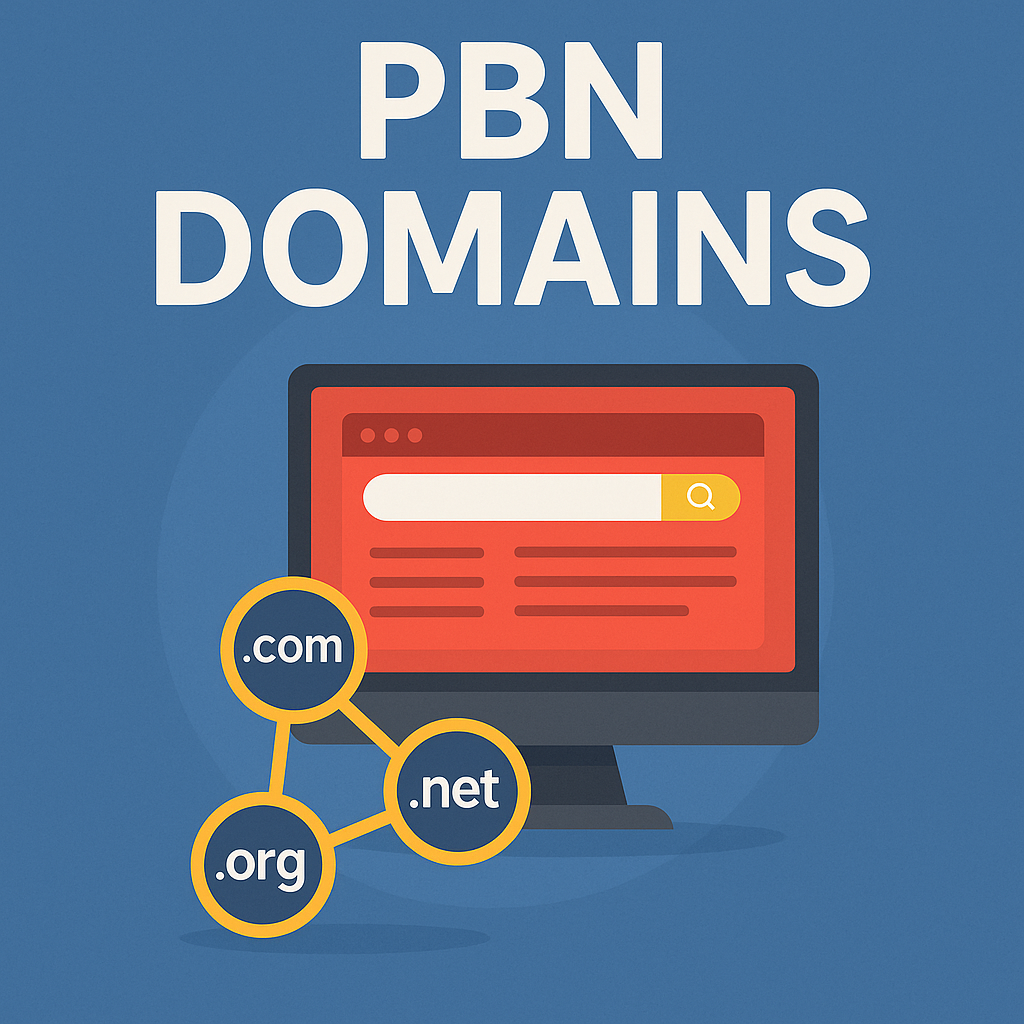
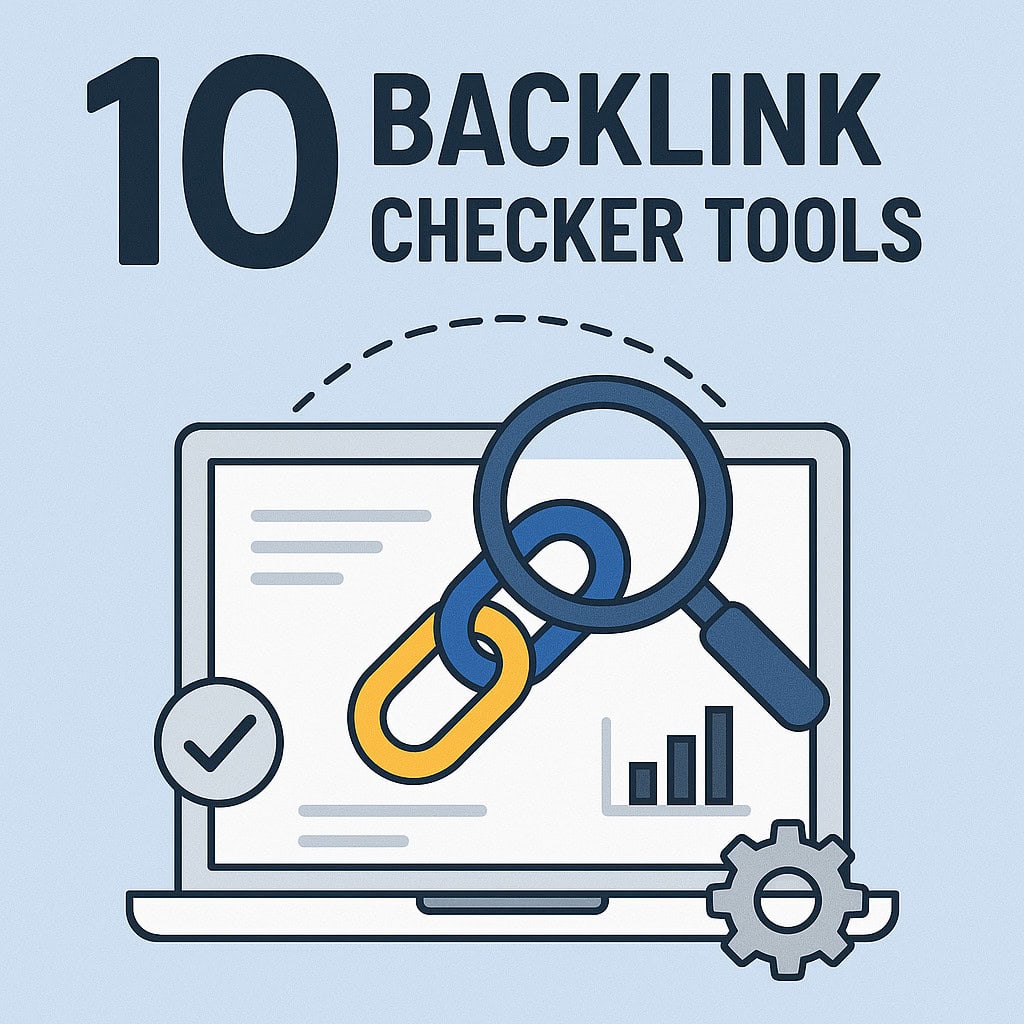
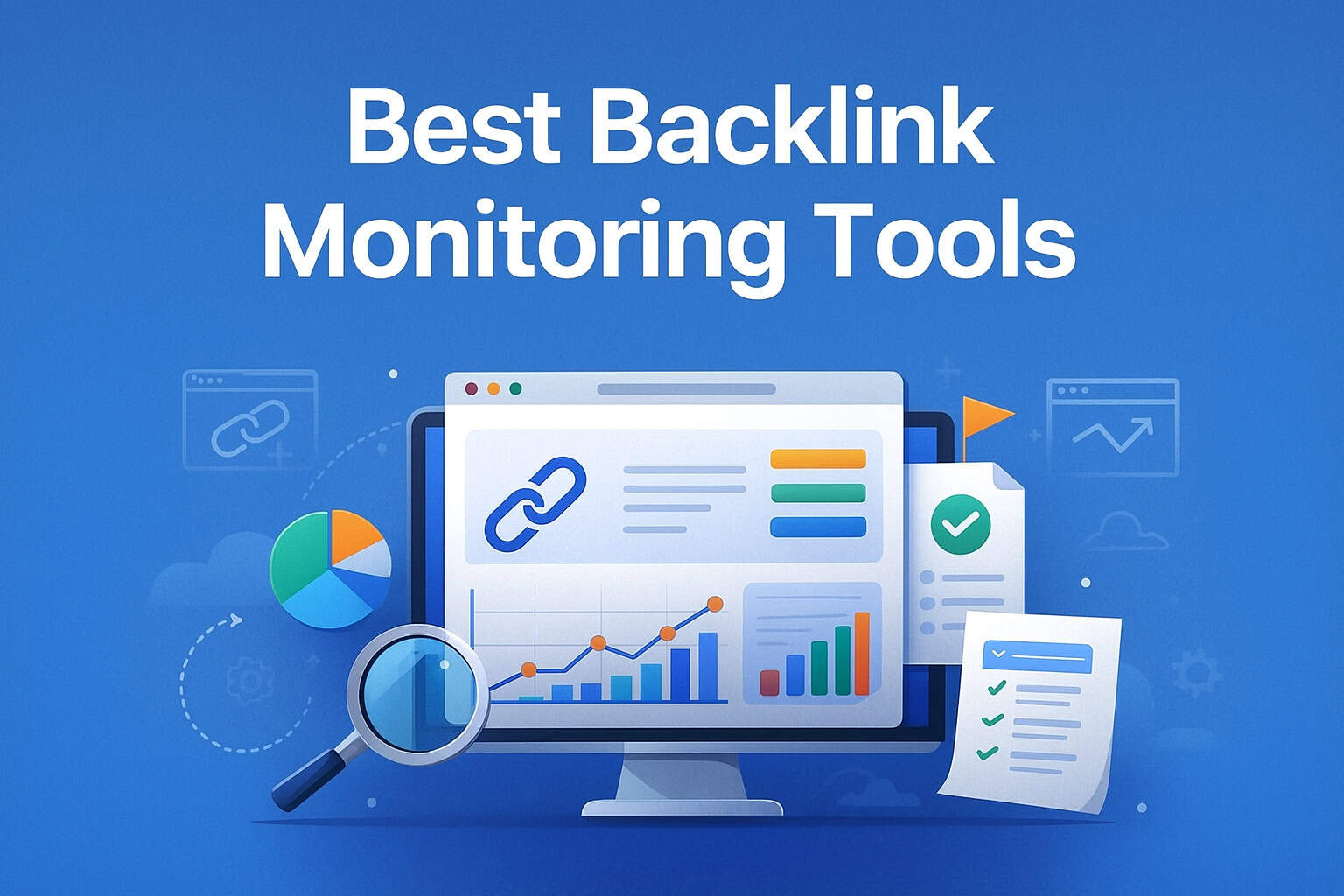
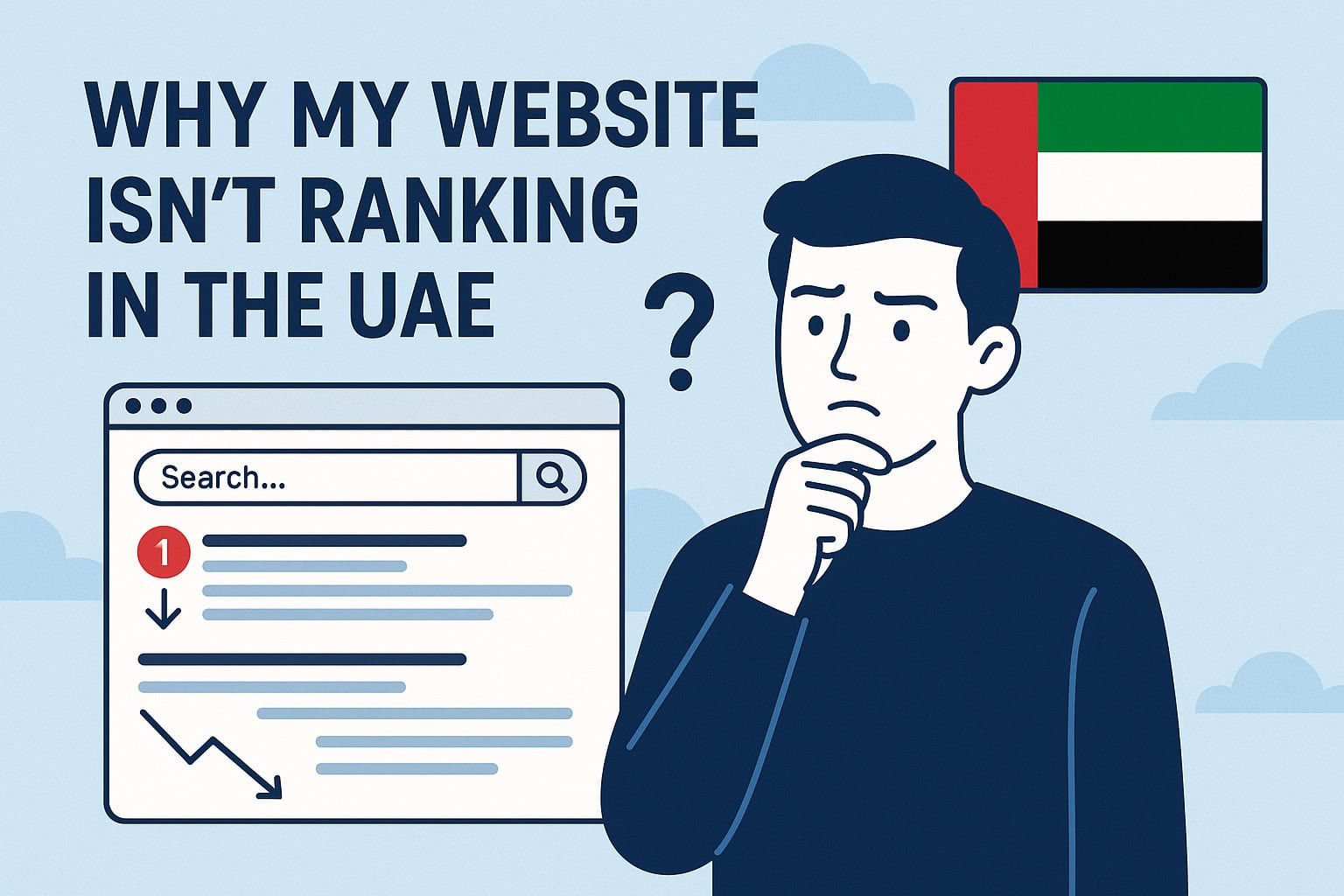
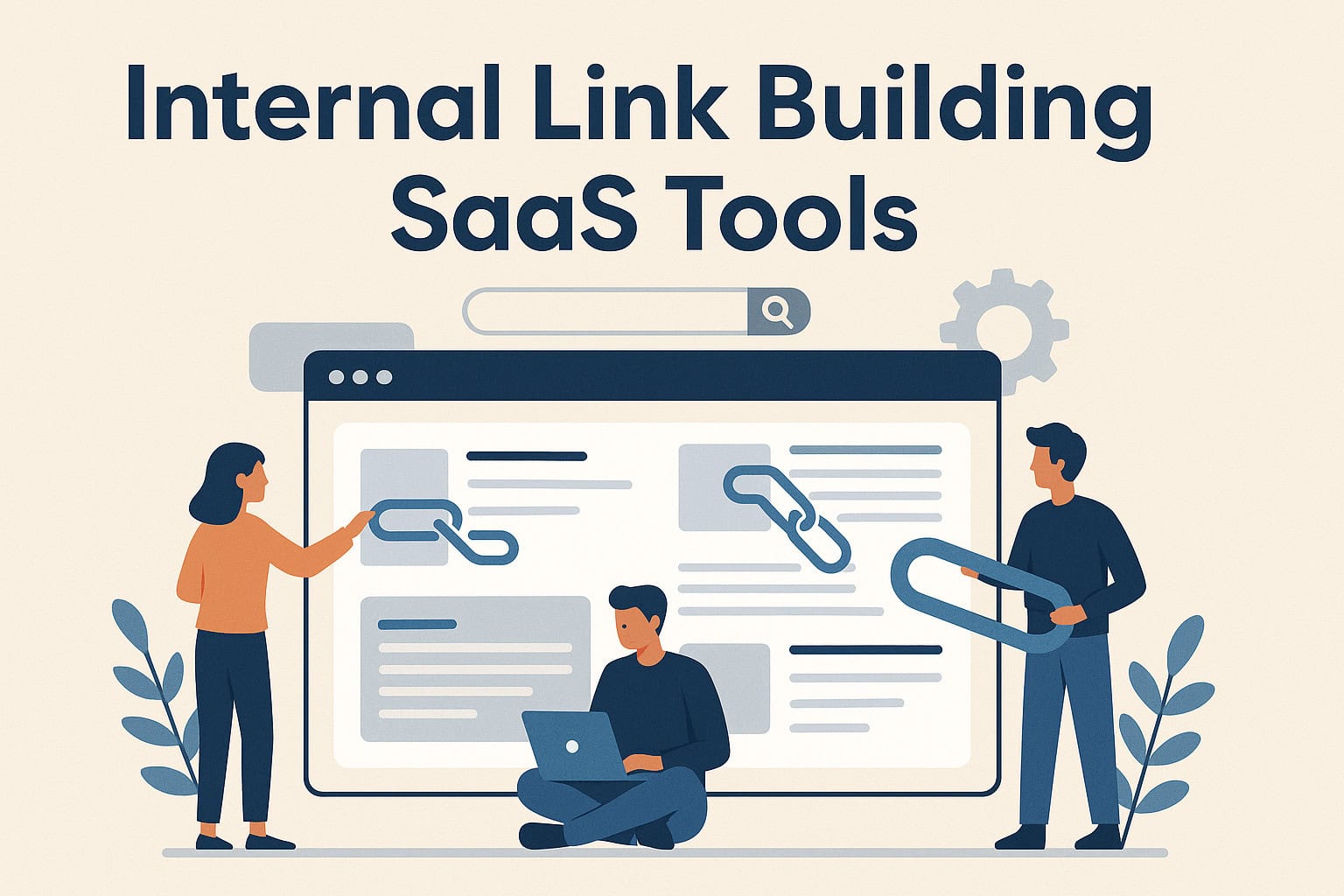
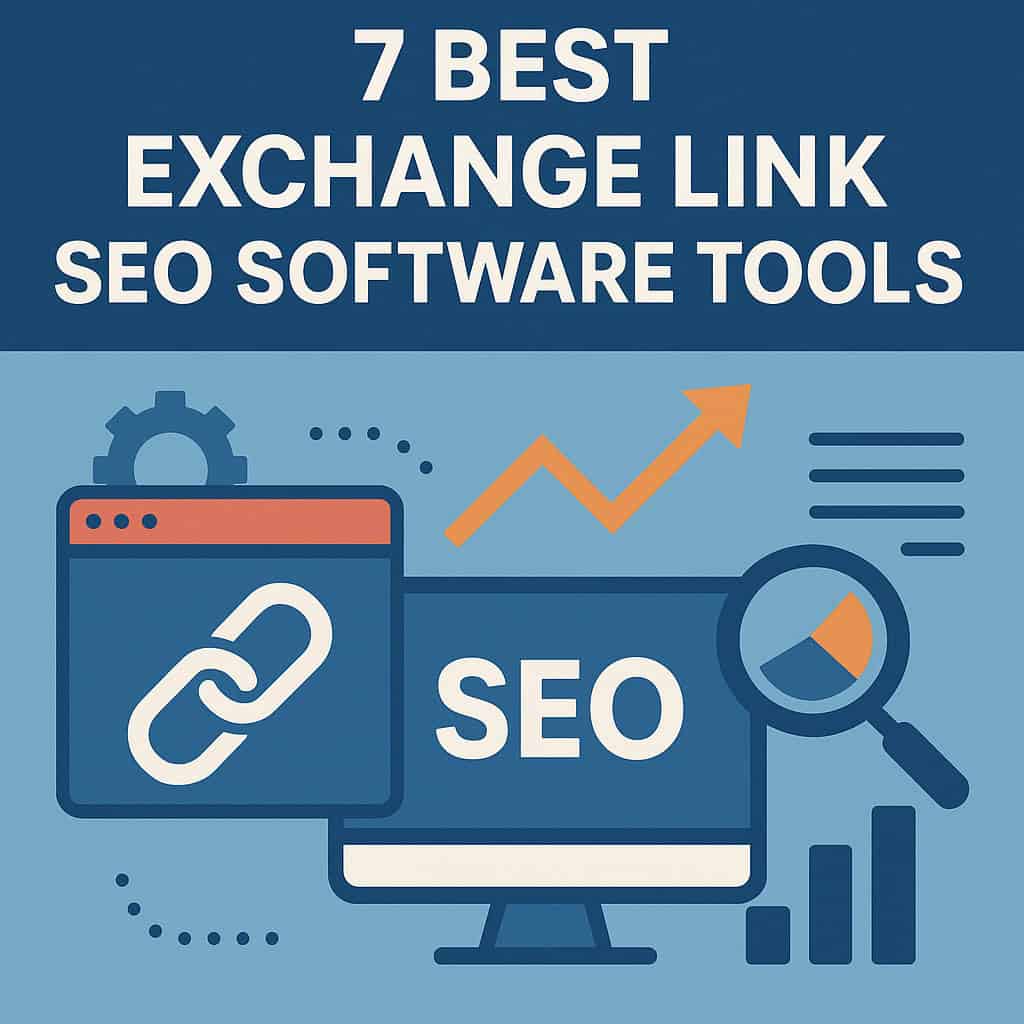
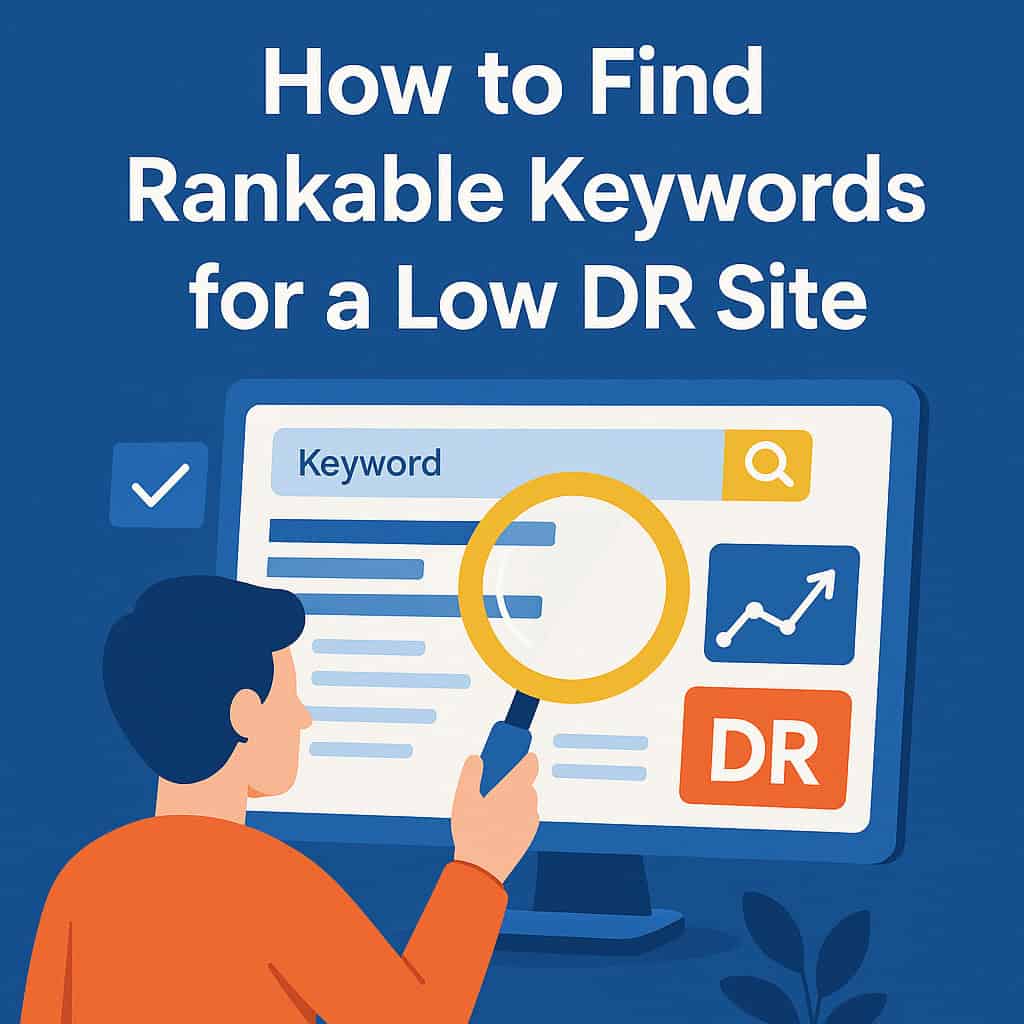
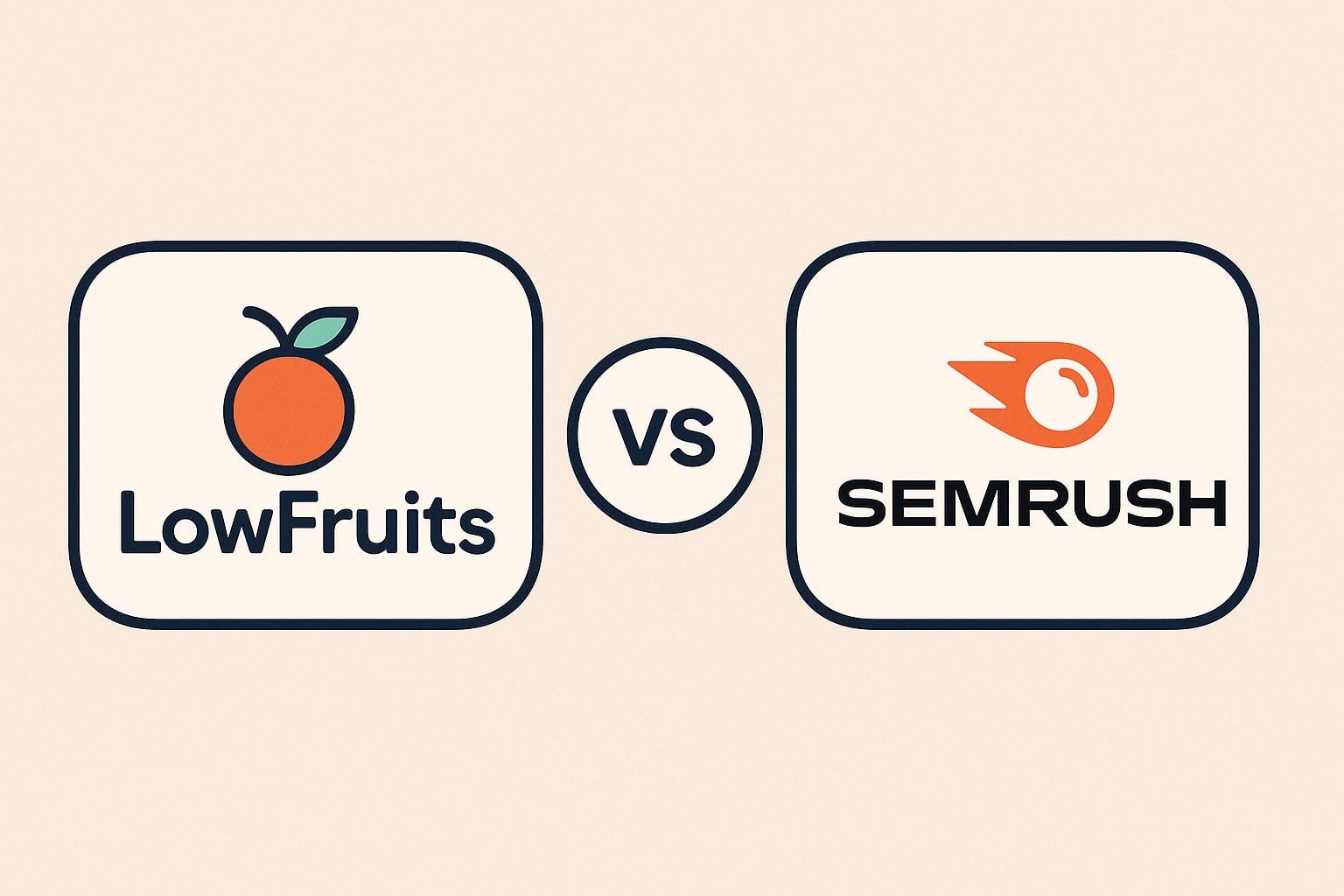
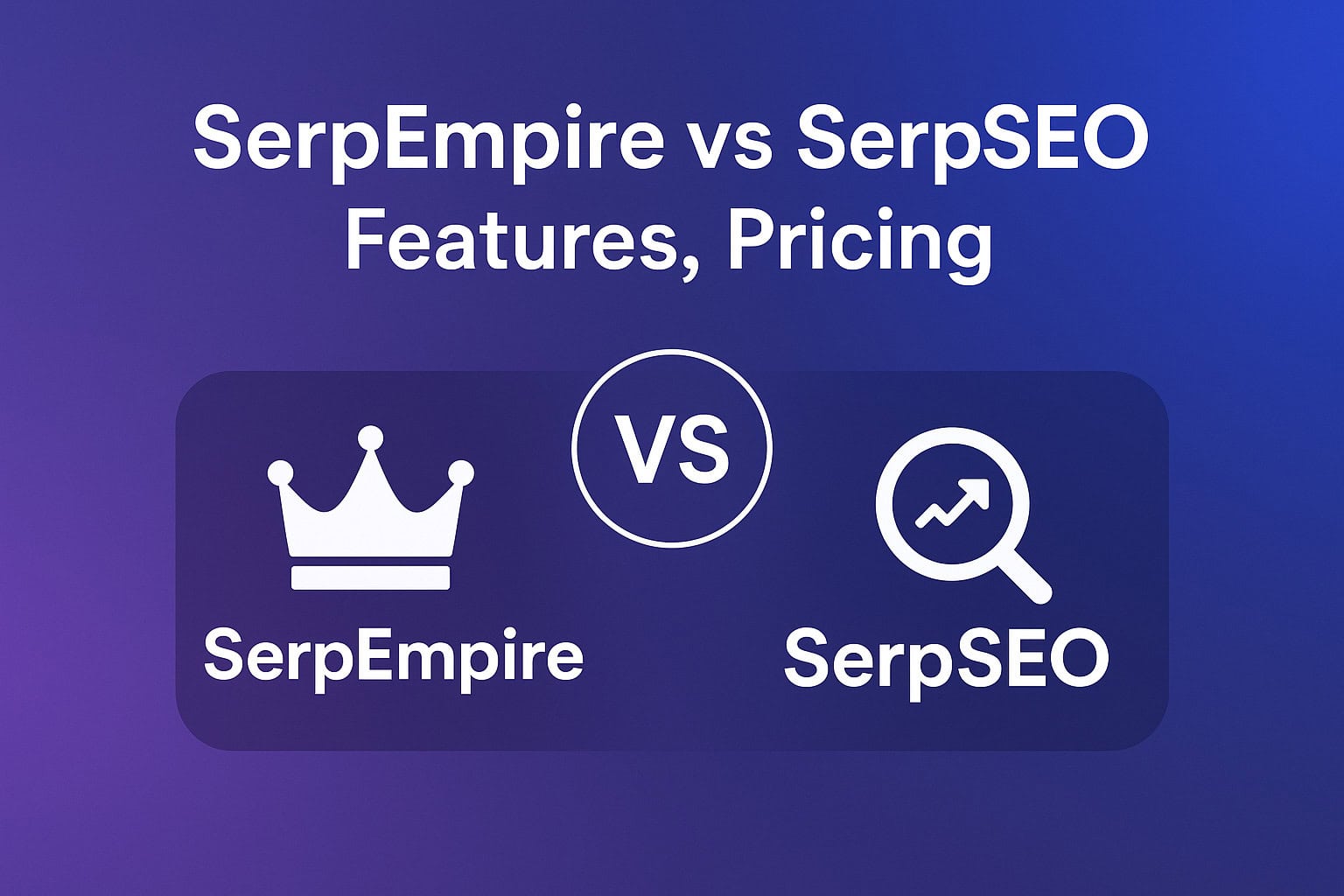
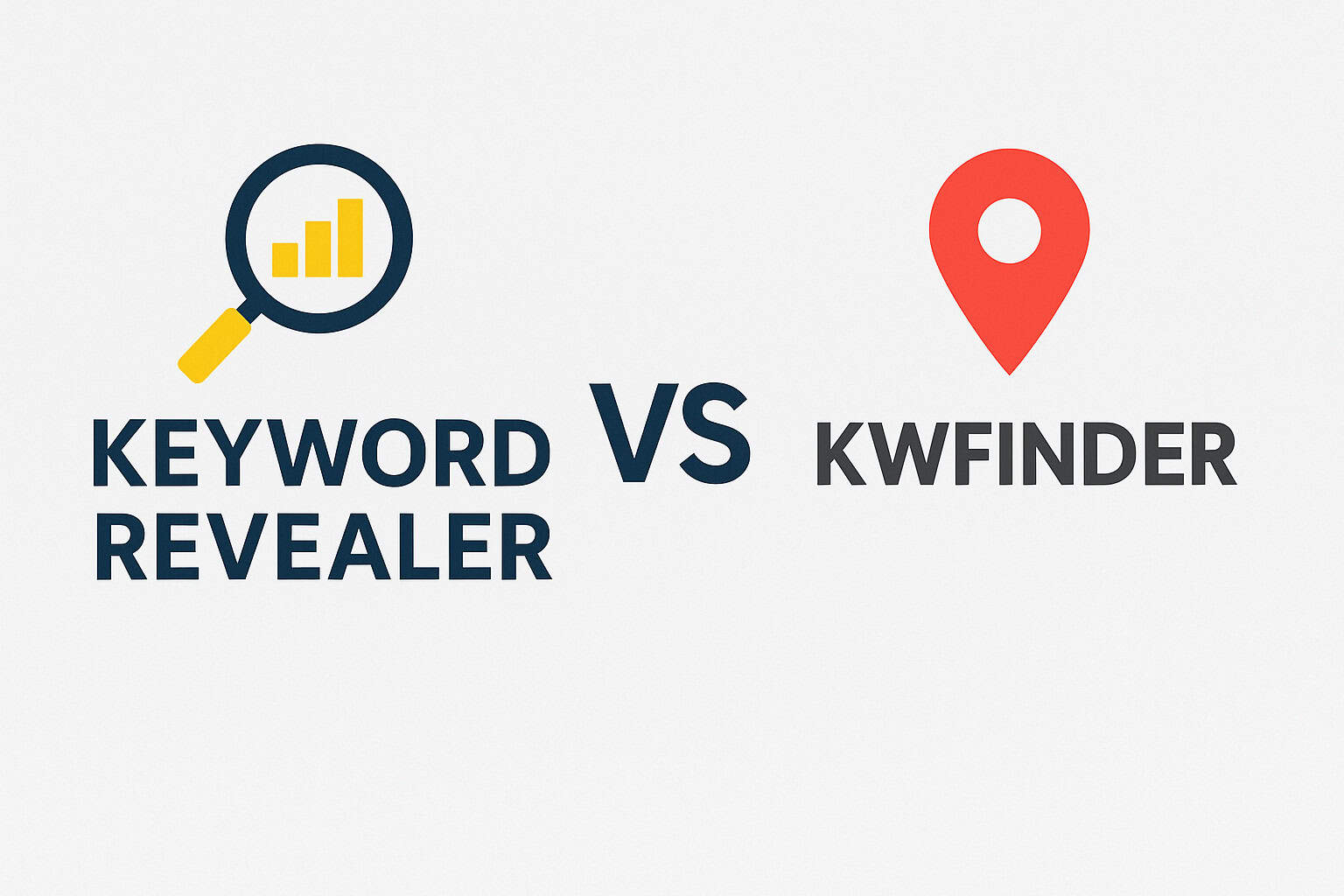
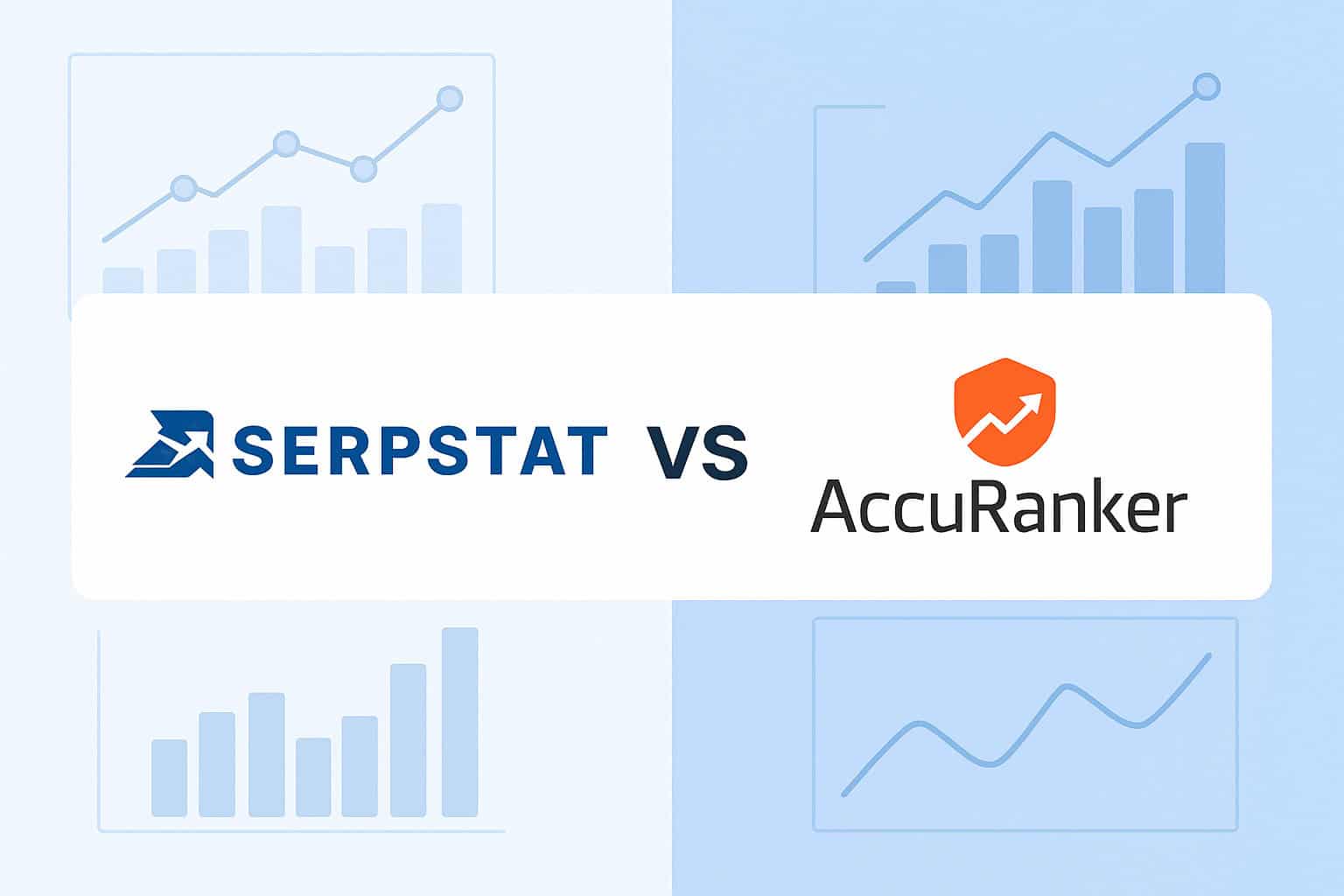

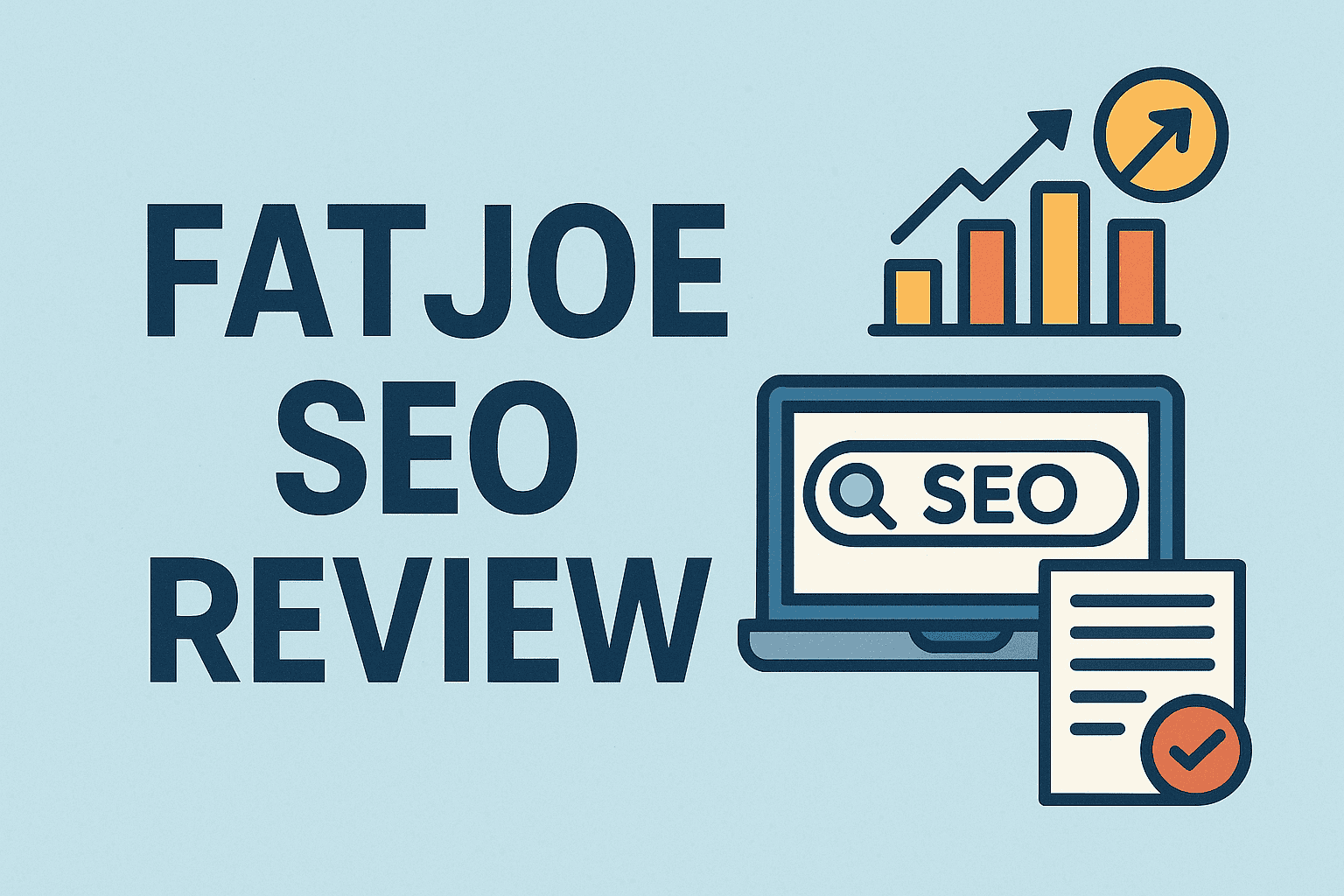
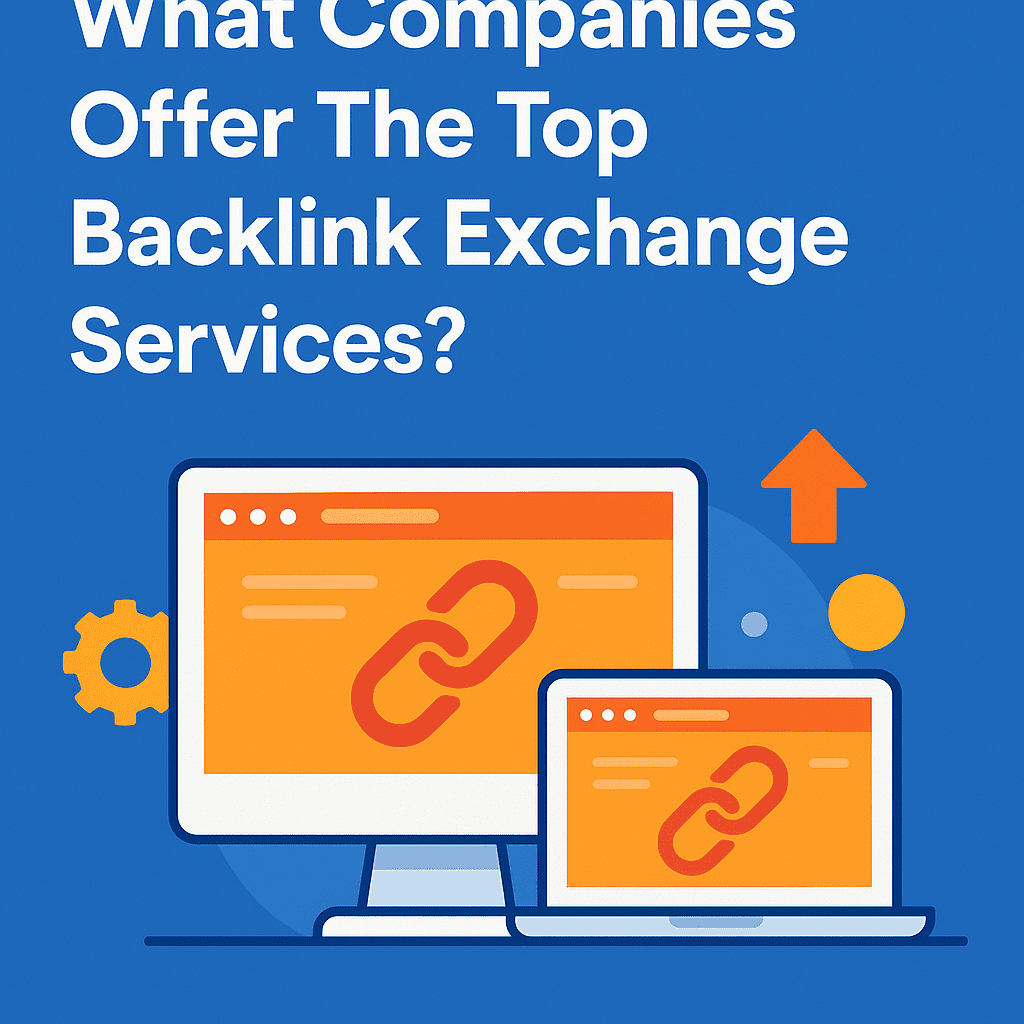
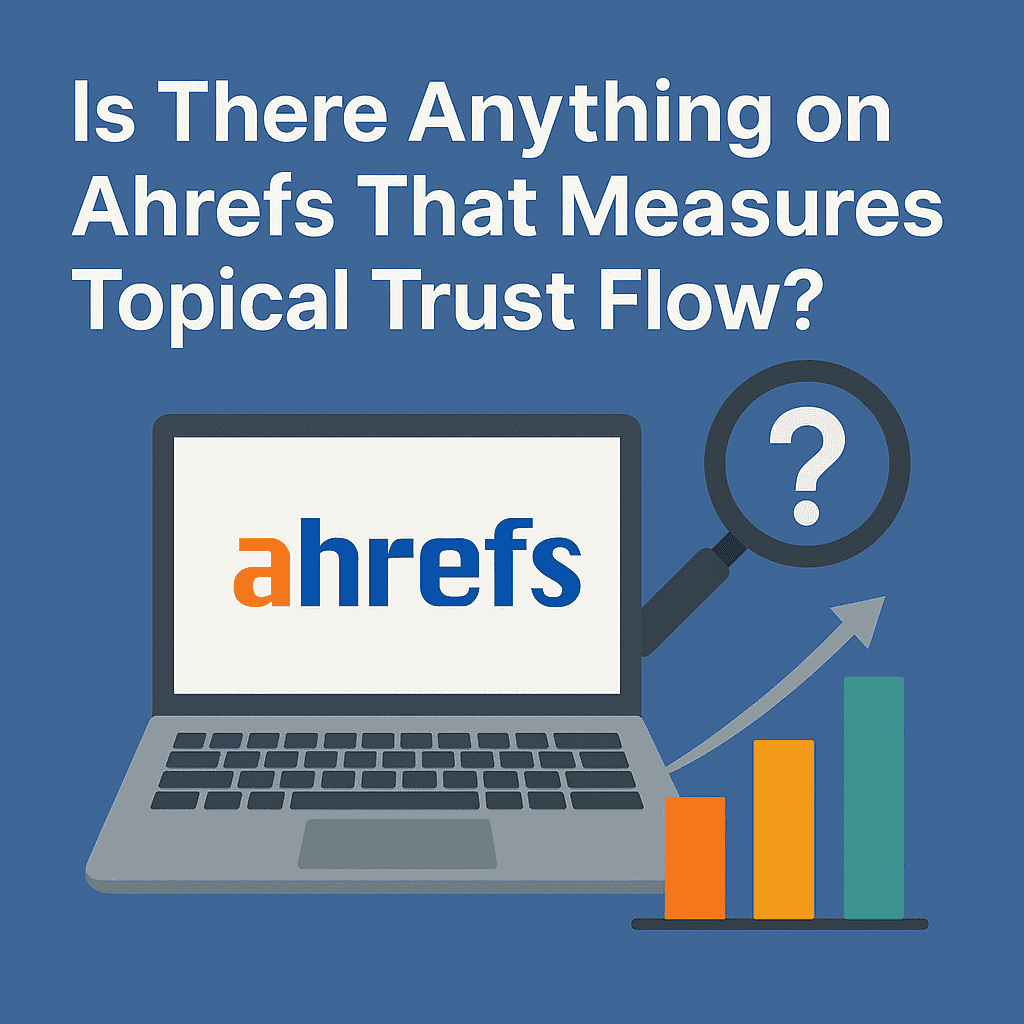
![Longtail Pro Moz or Majestic [Full Breakdown]](https://backlinkmanagement.io/wp-content/uploads/2025/11/ChatGPT-Image-Nov-14-2025-08_30_38-AM.png)

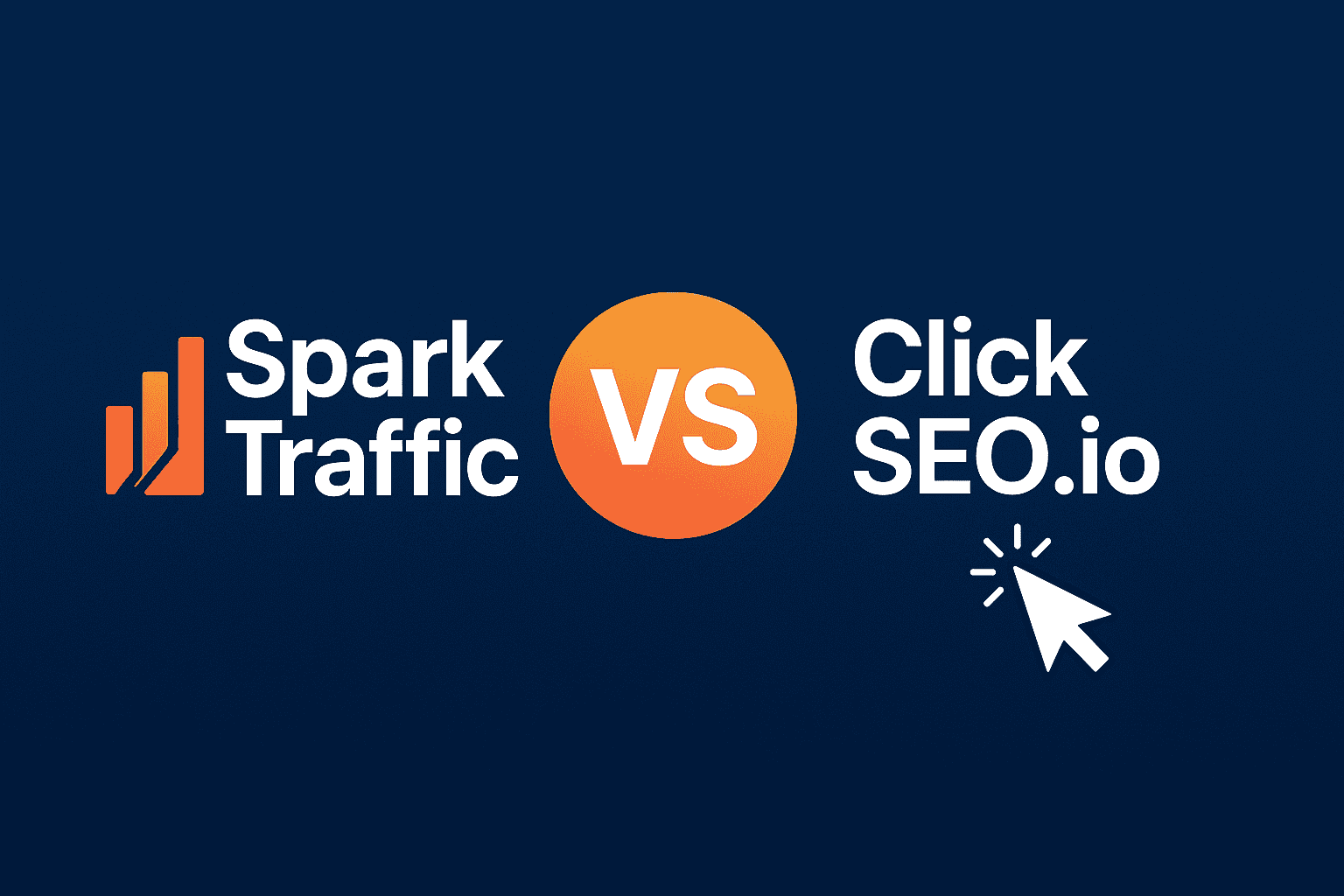
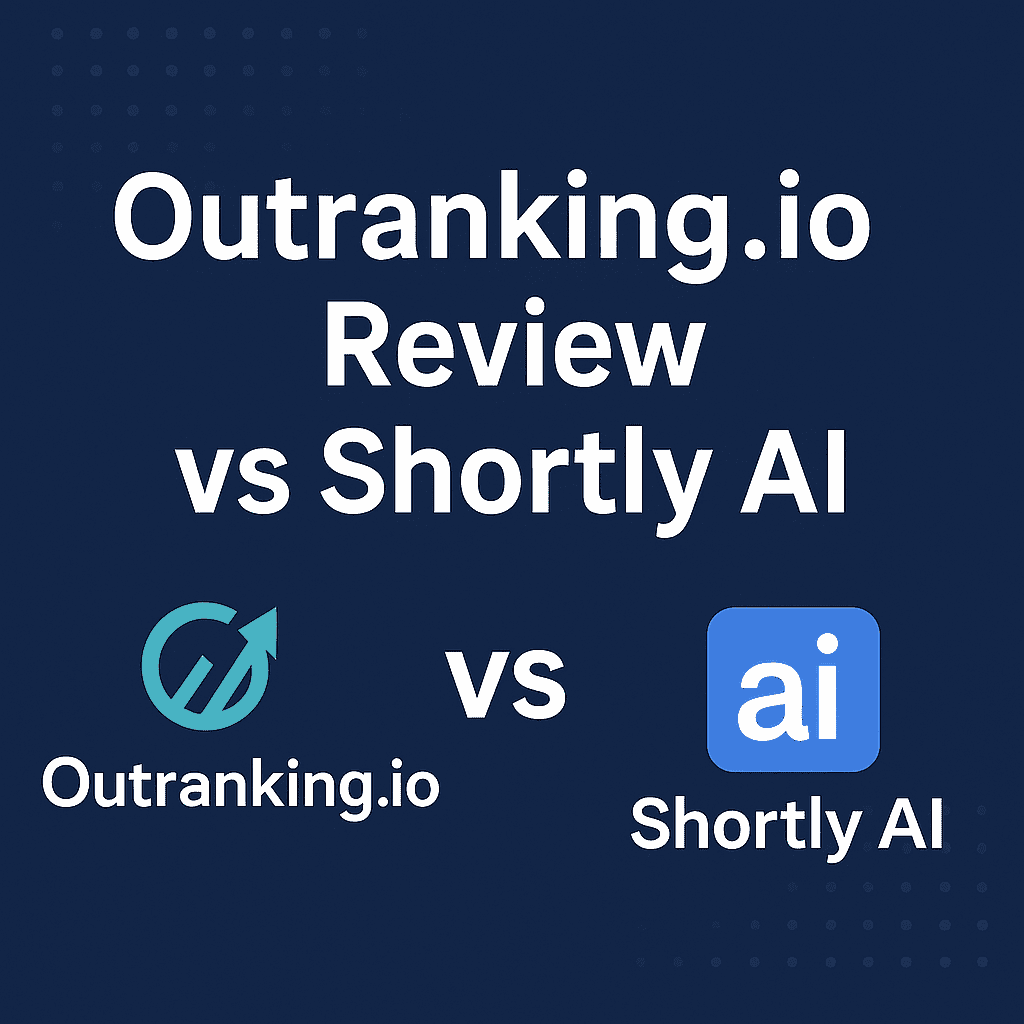

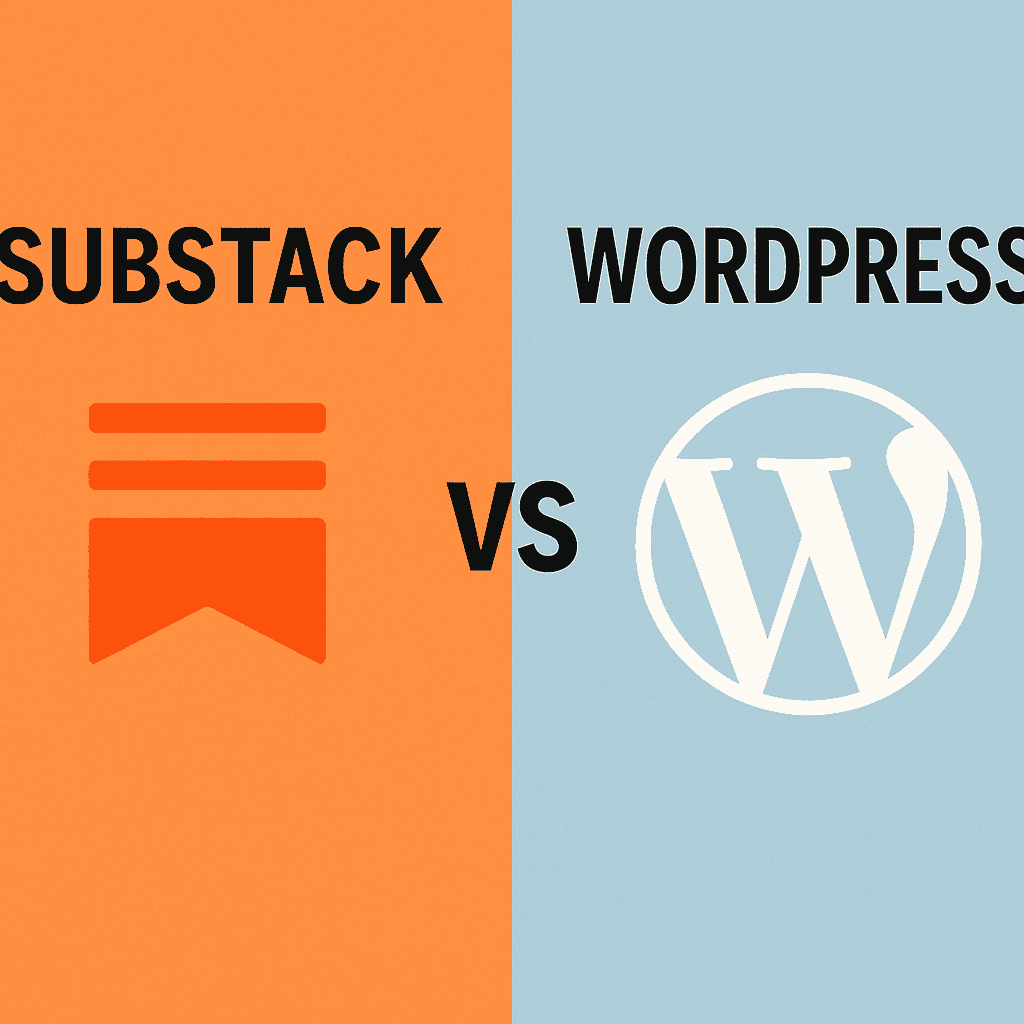

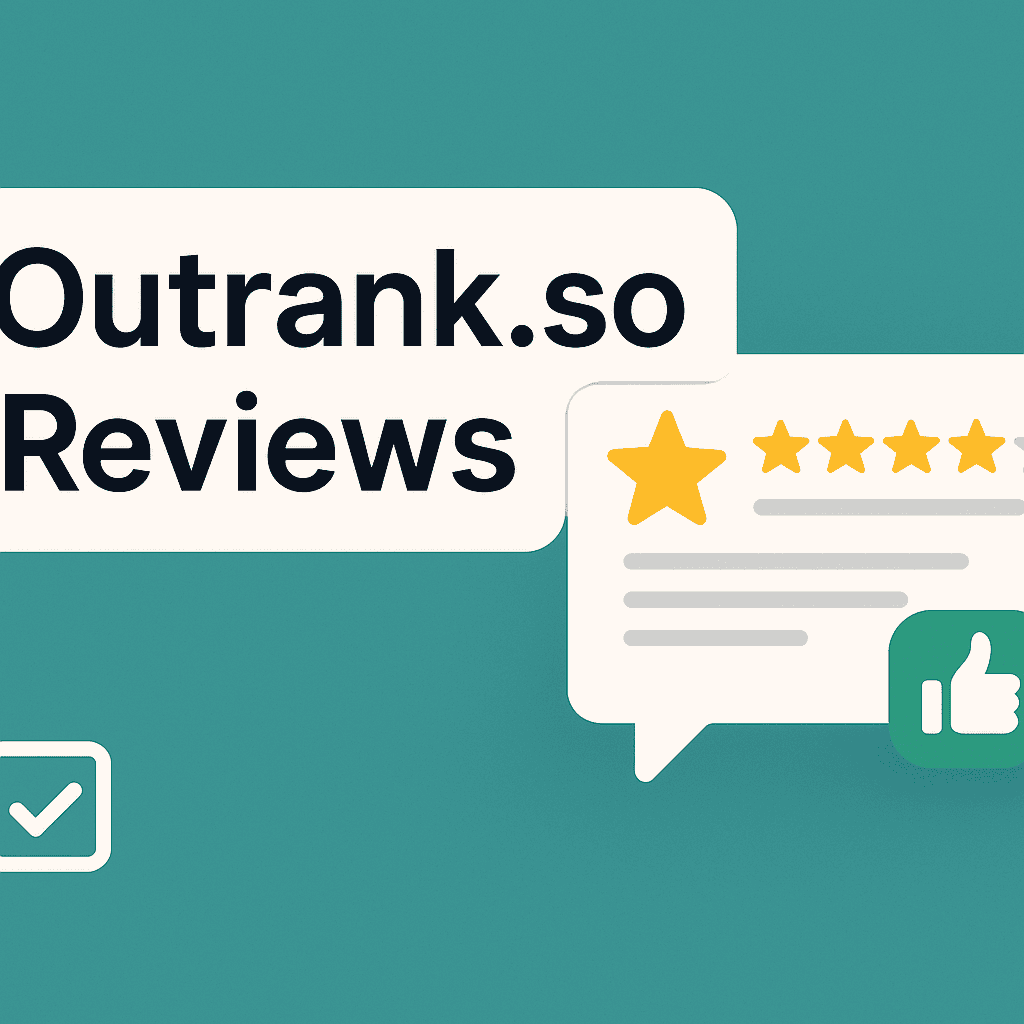

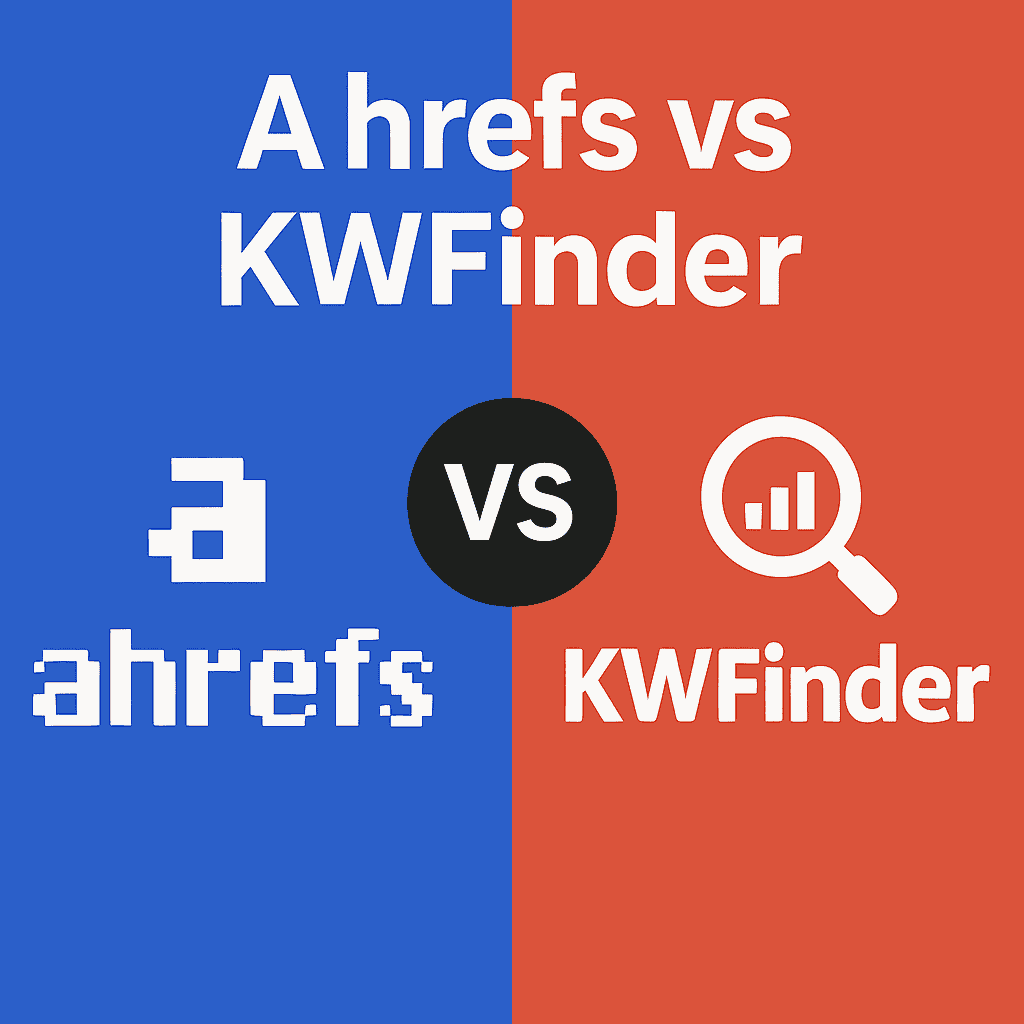


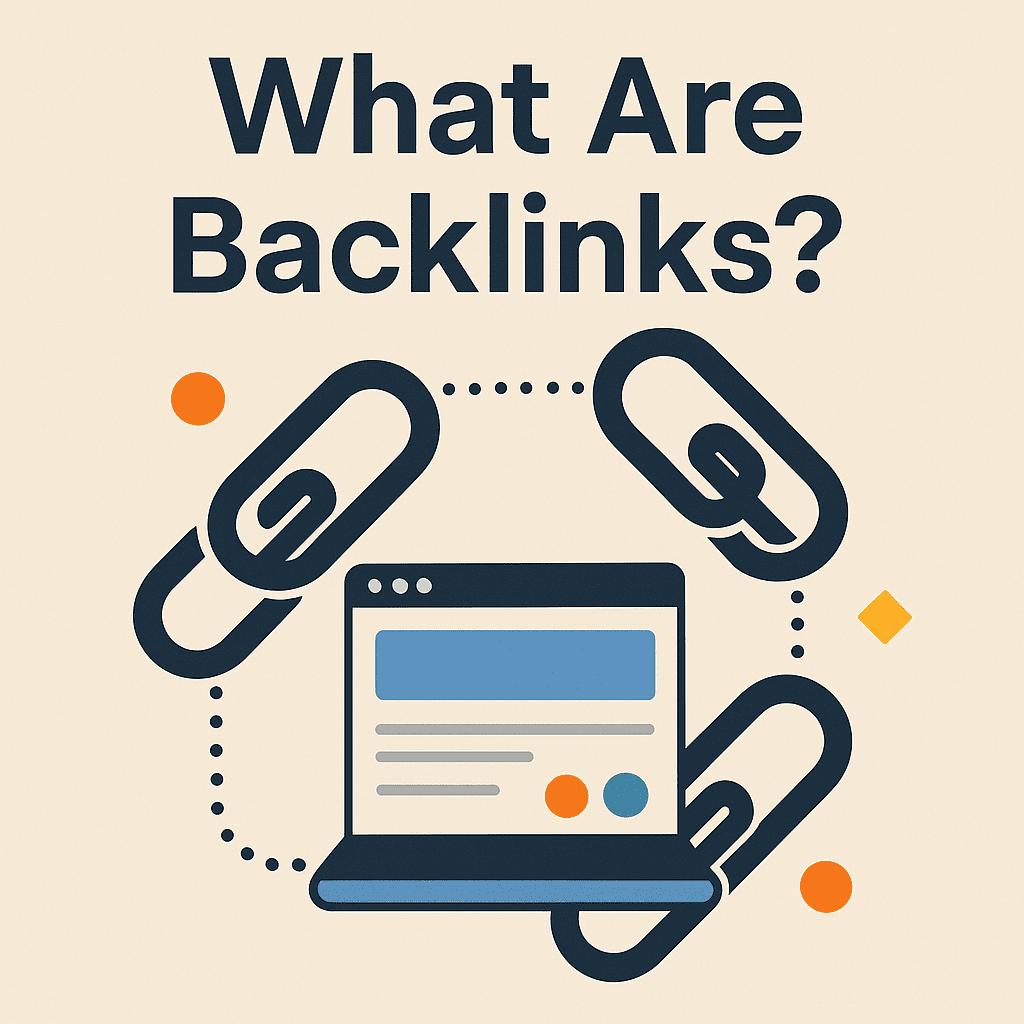


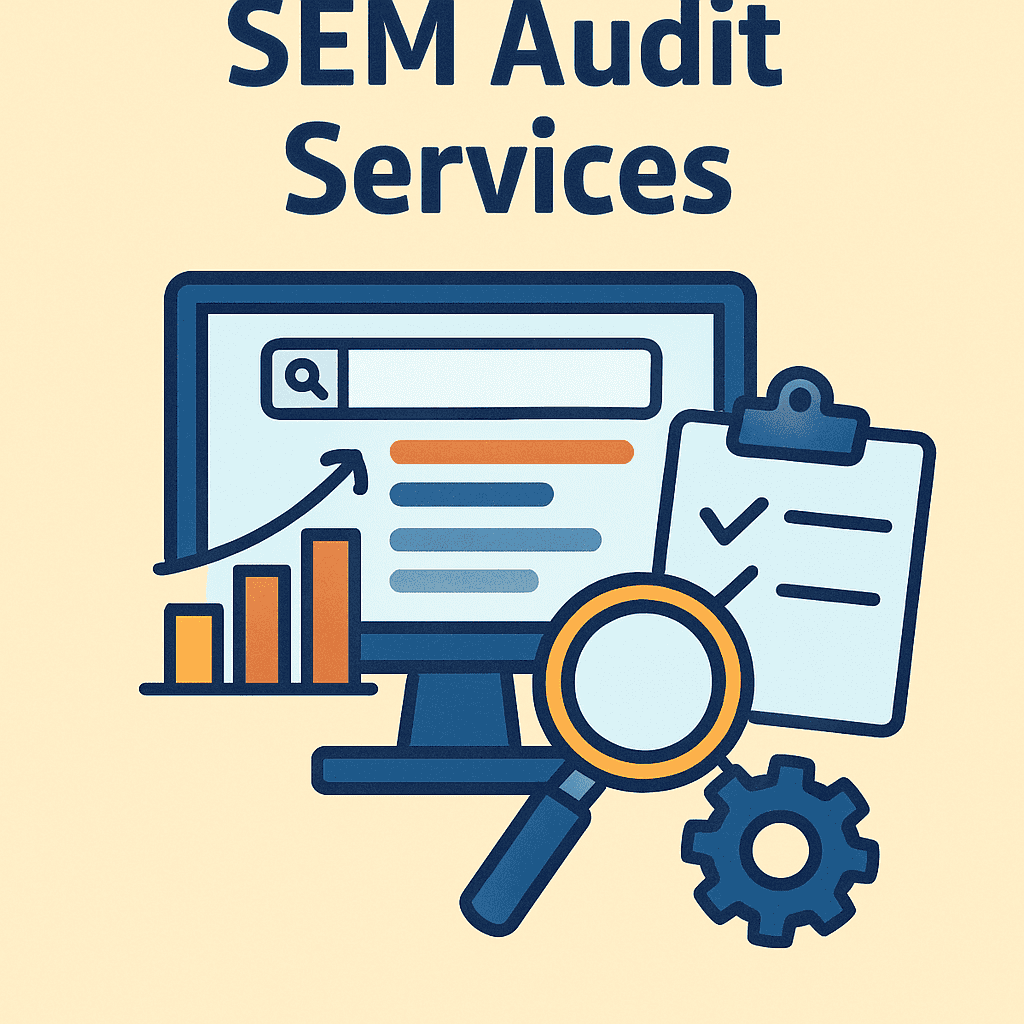



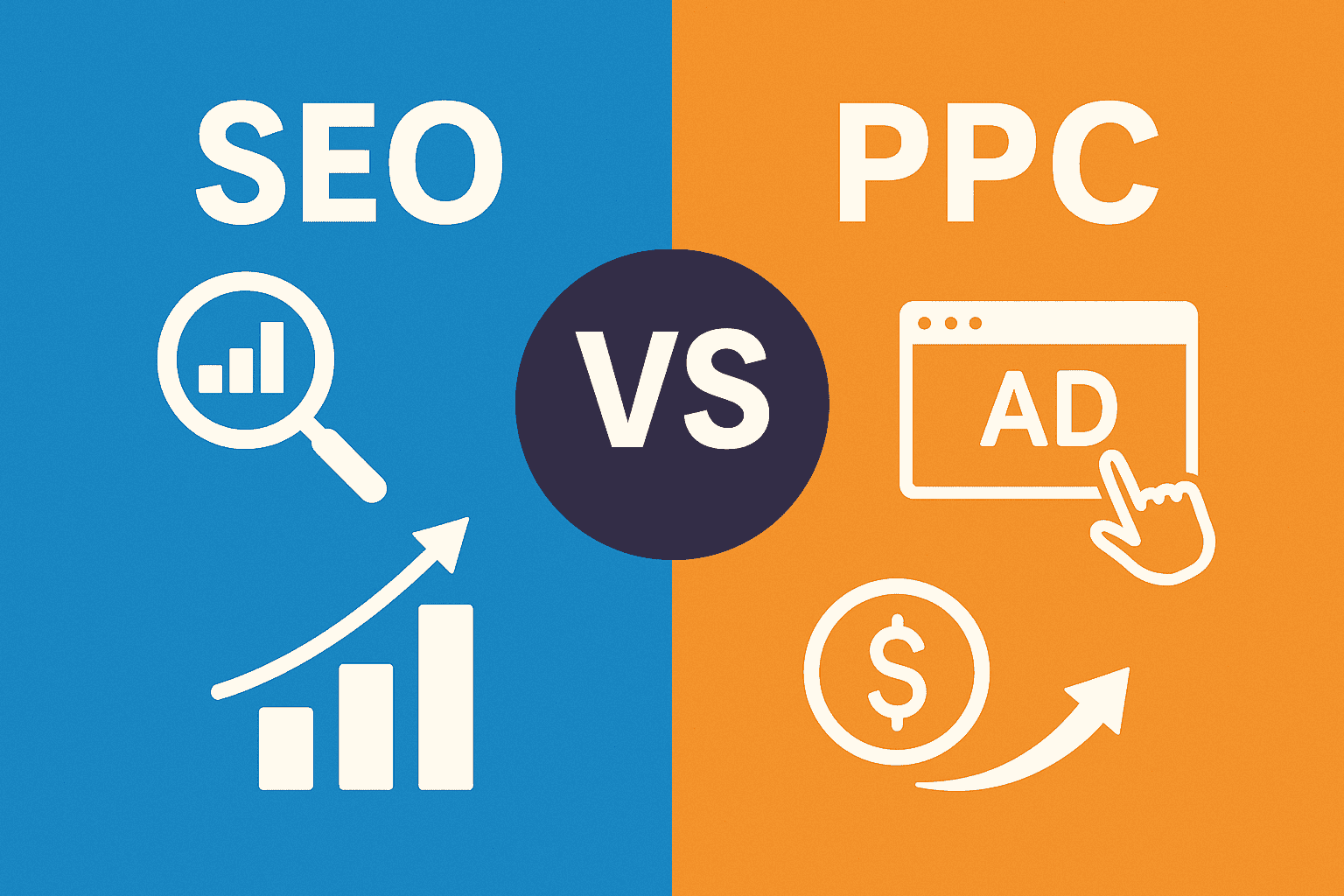



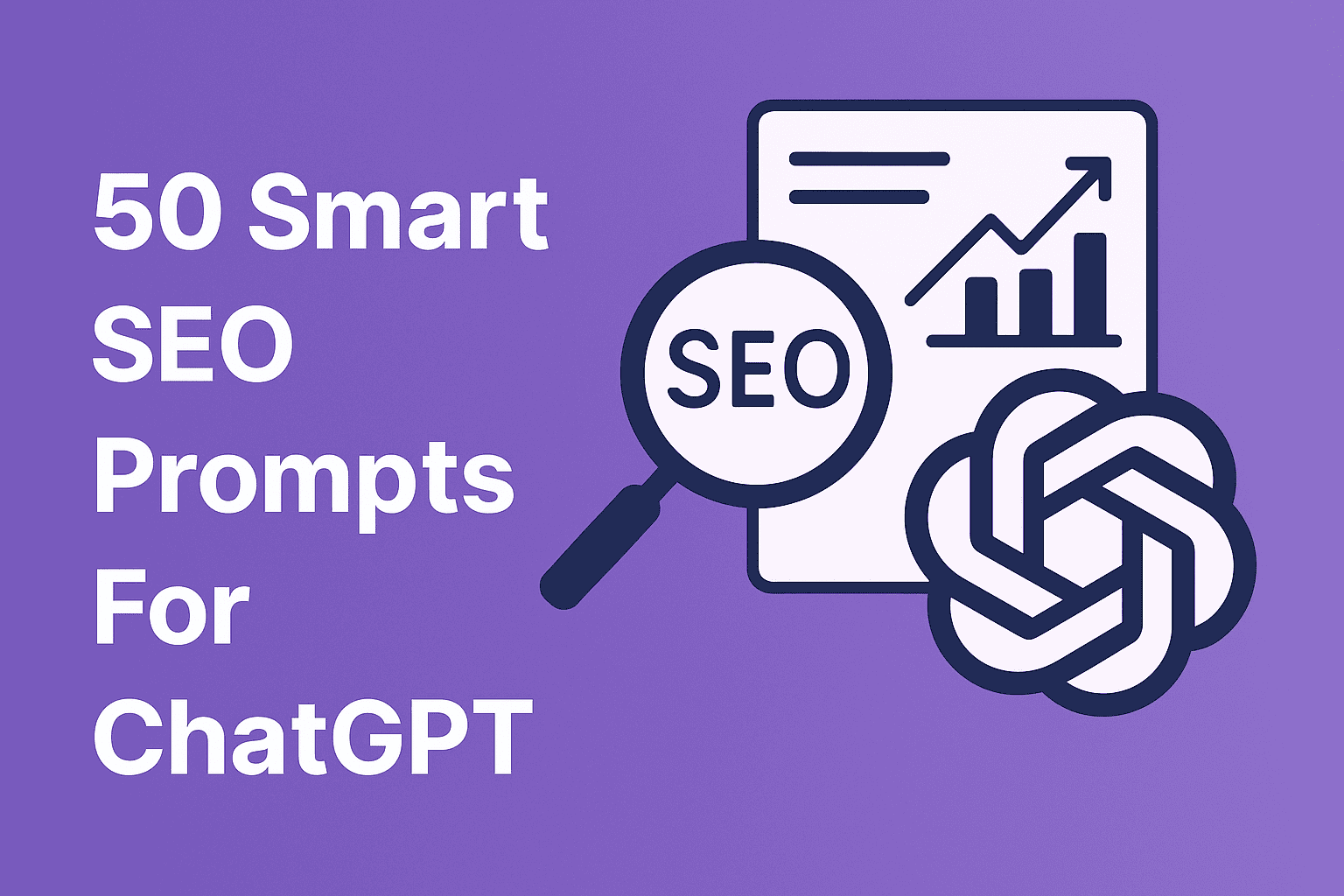
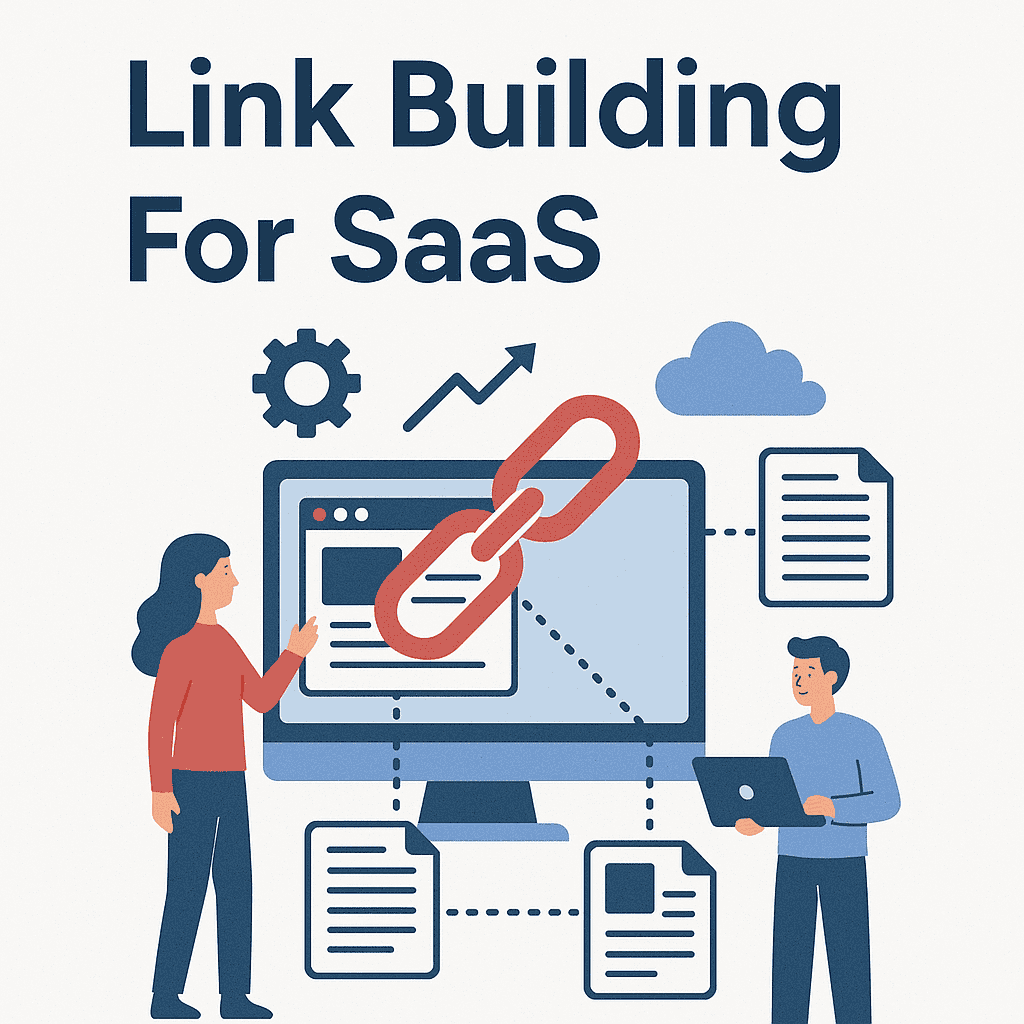

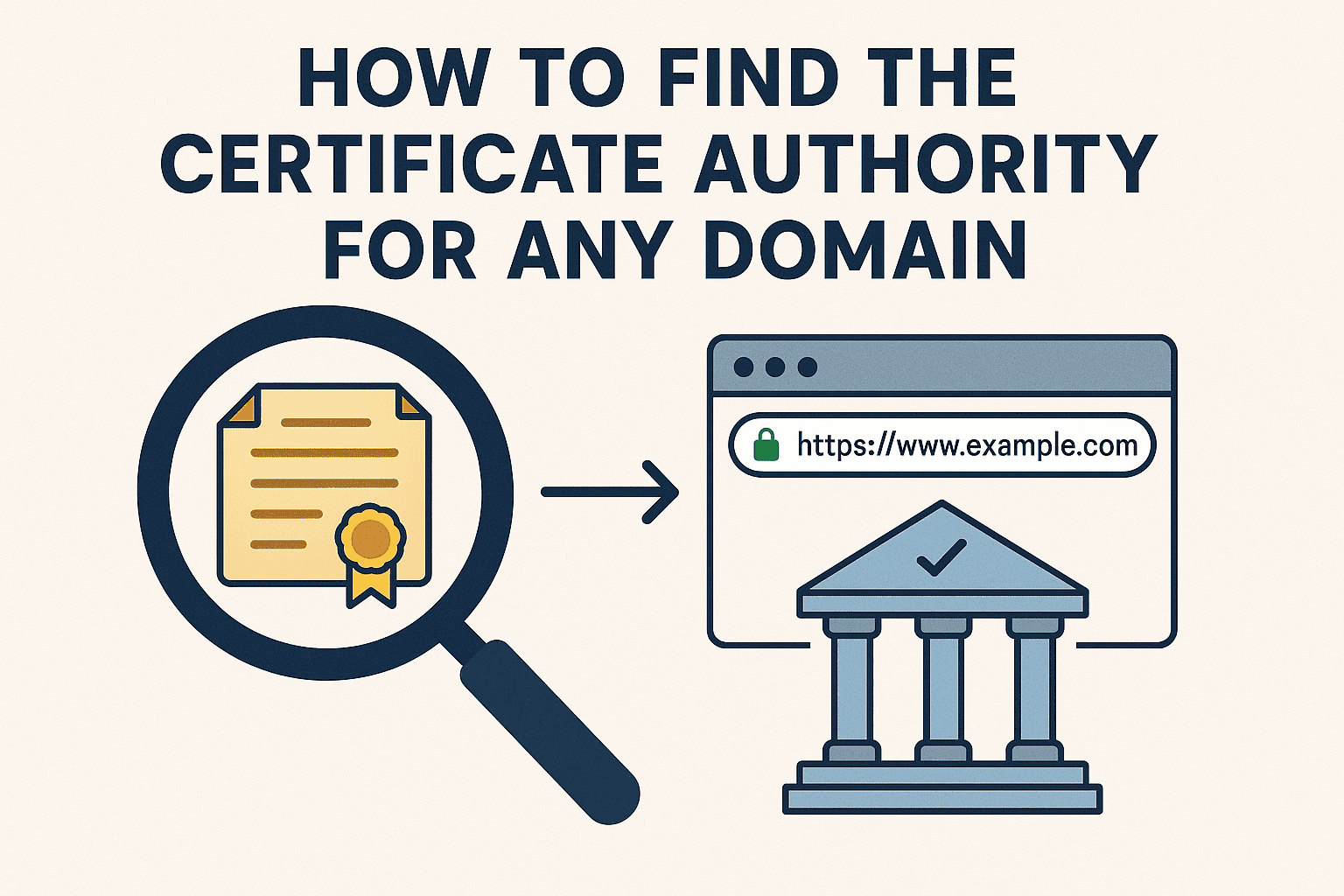

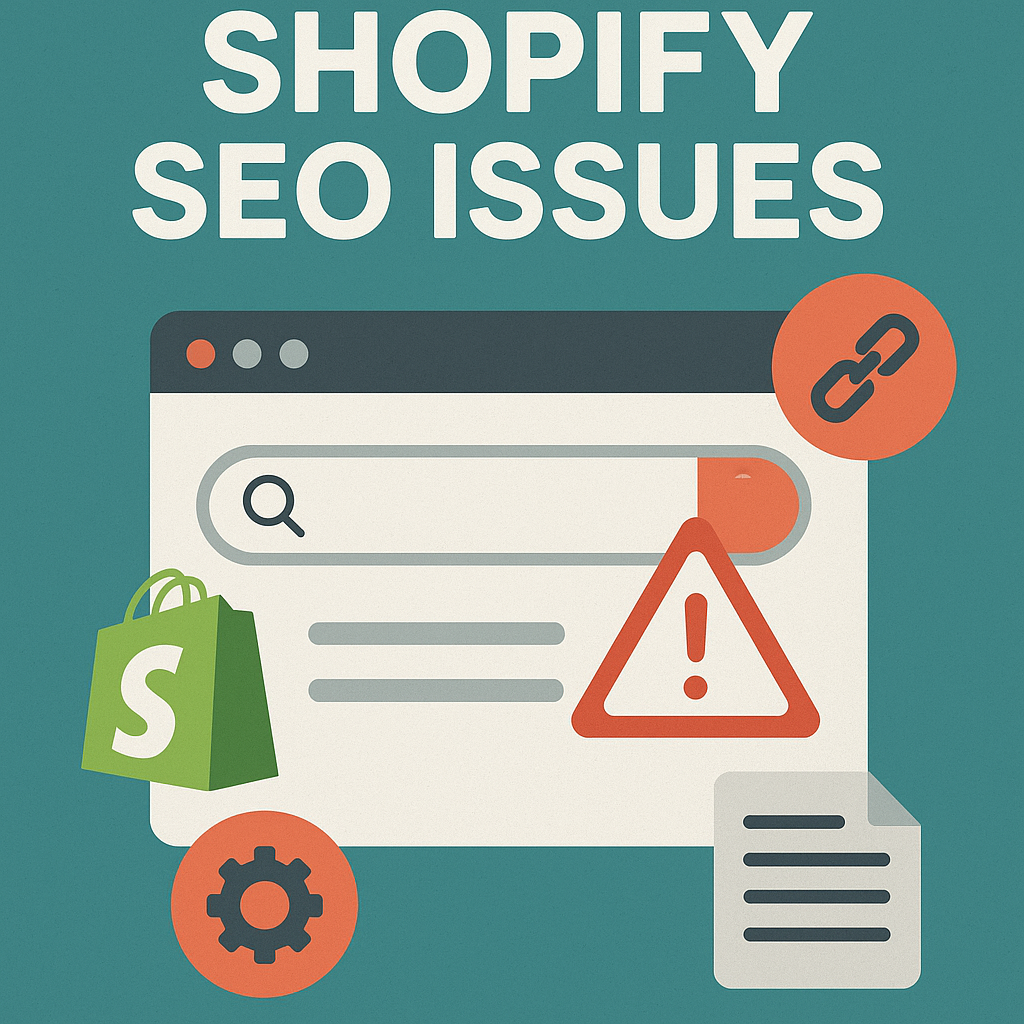
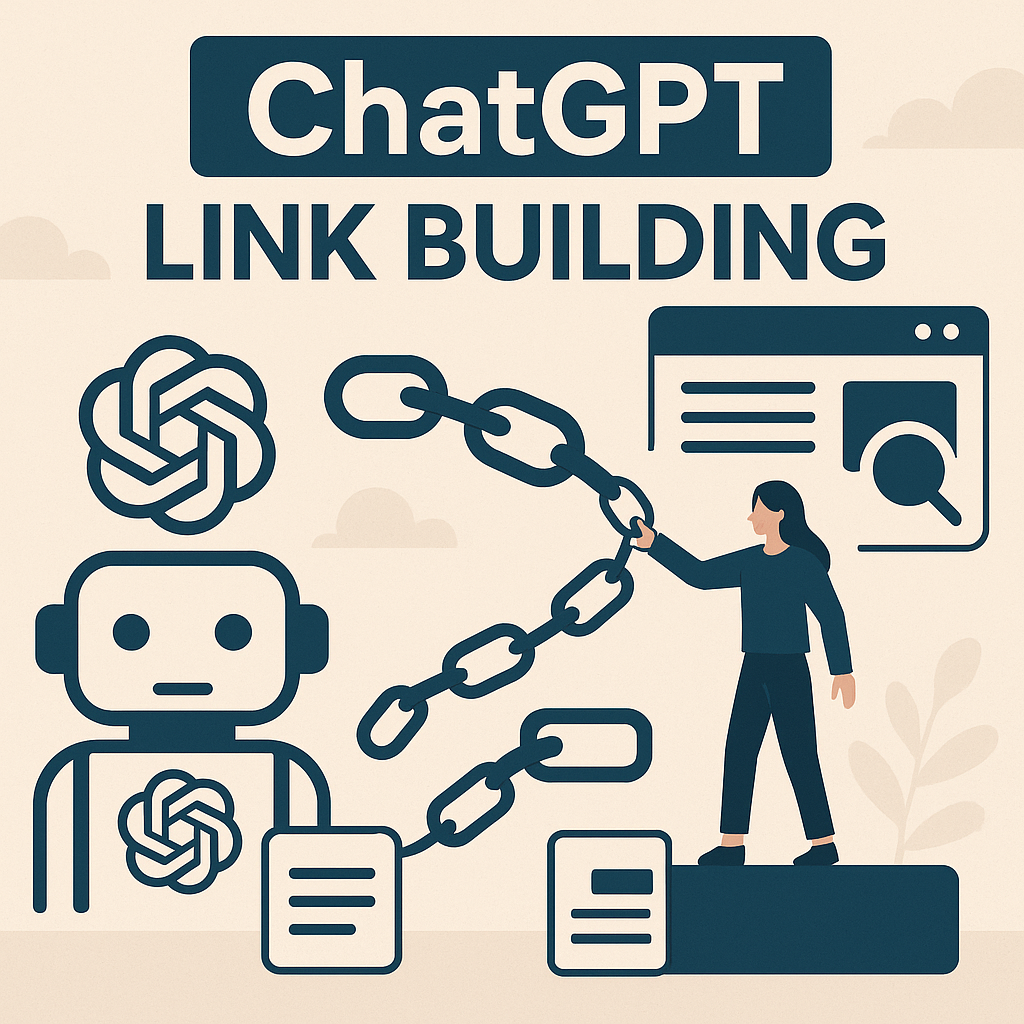
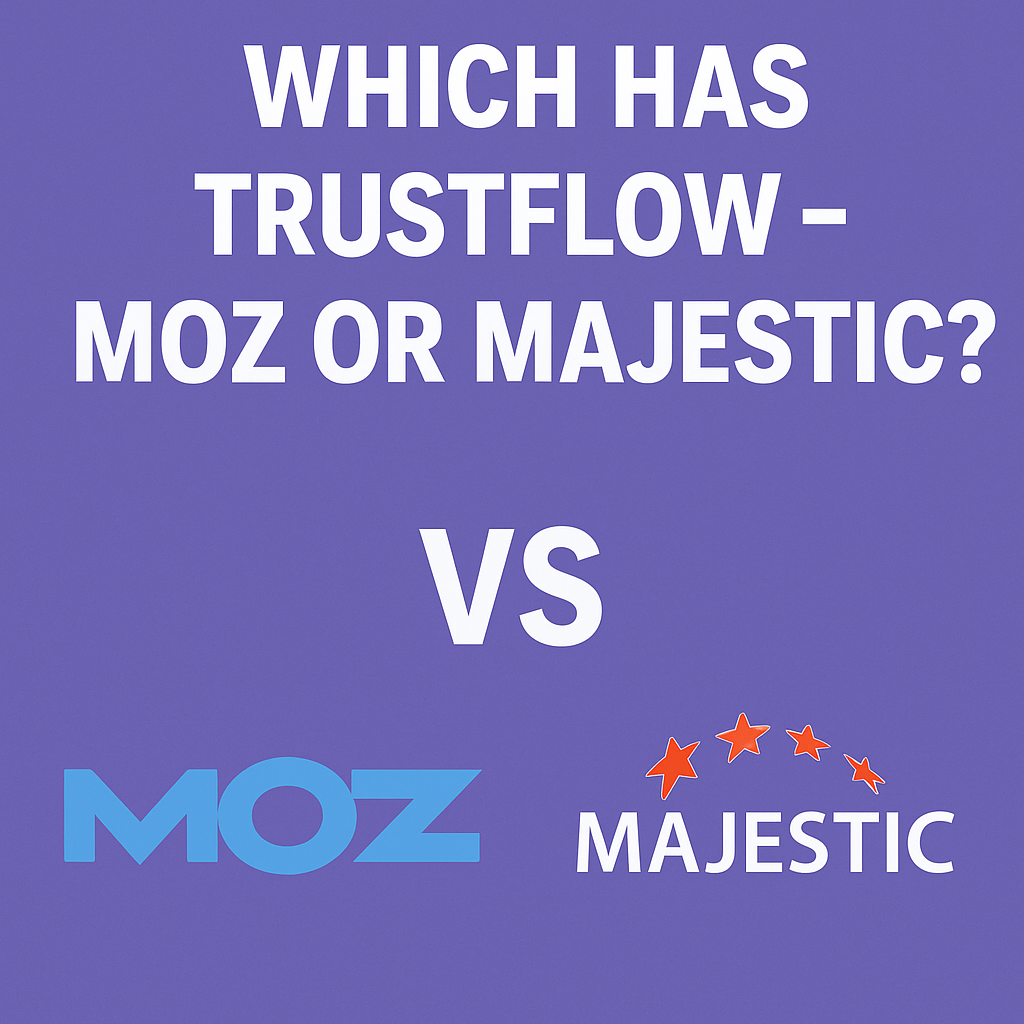
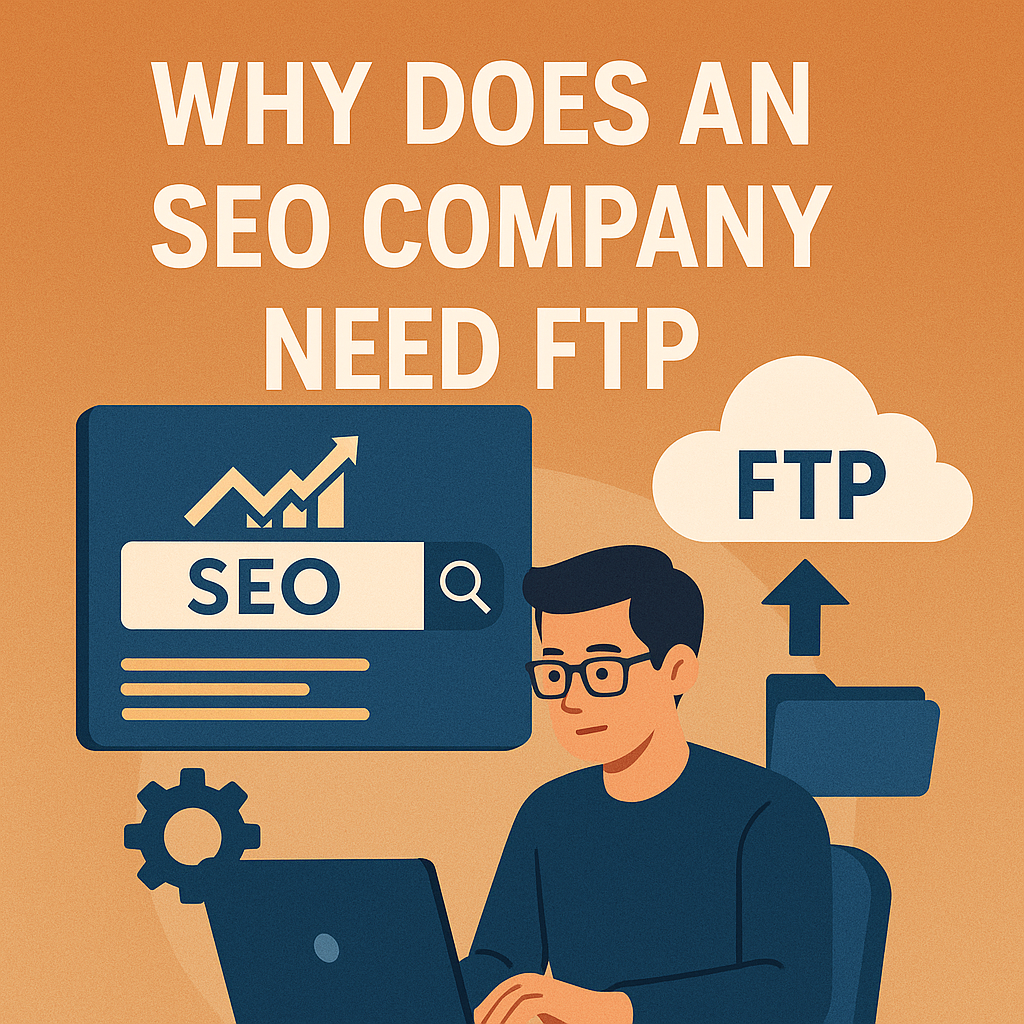

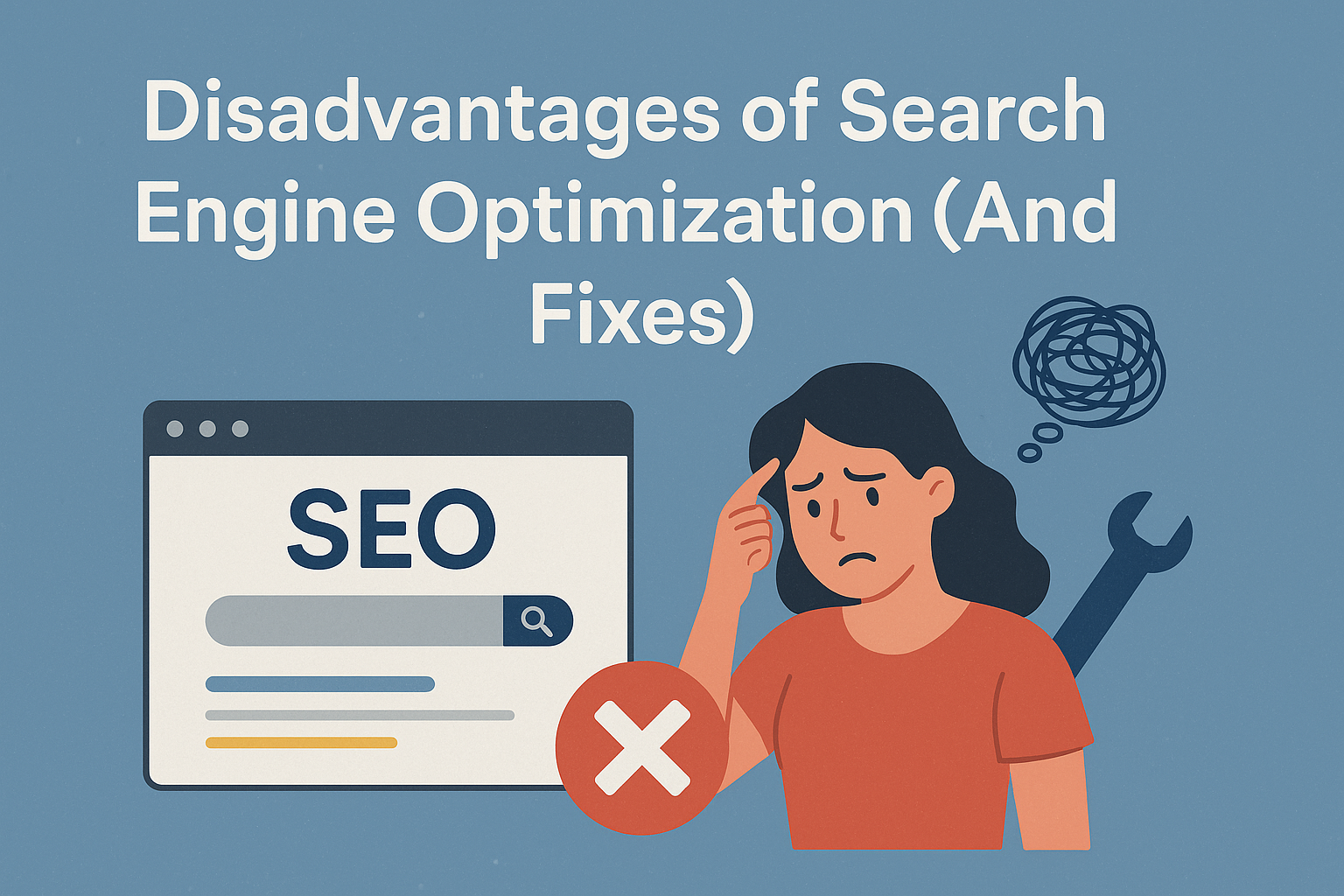

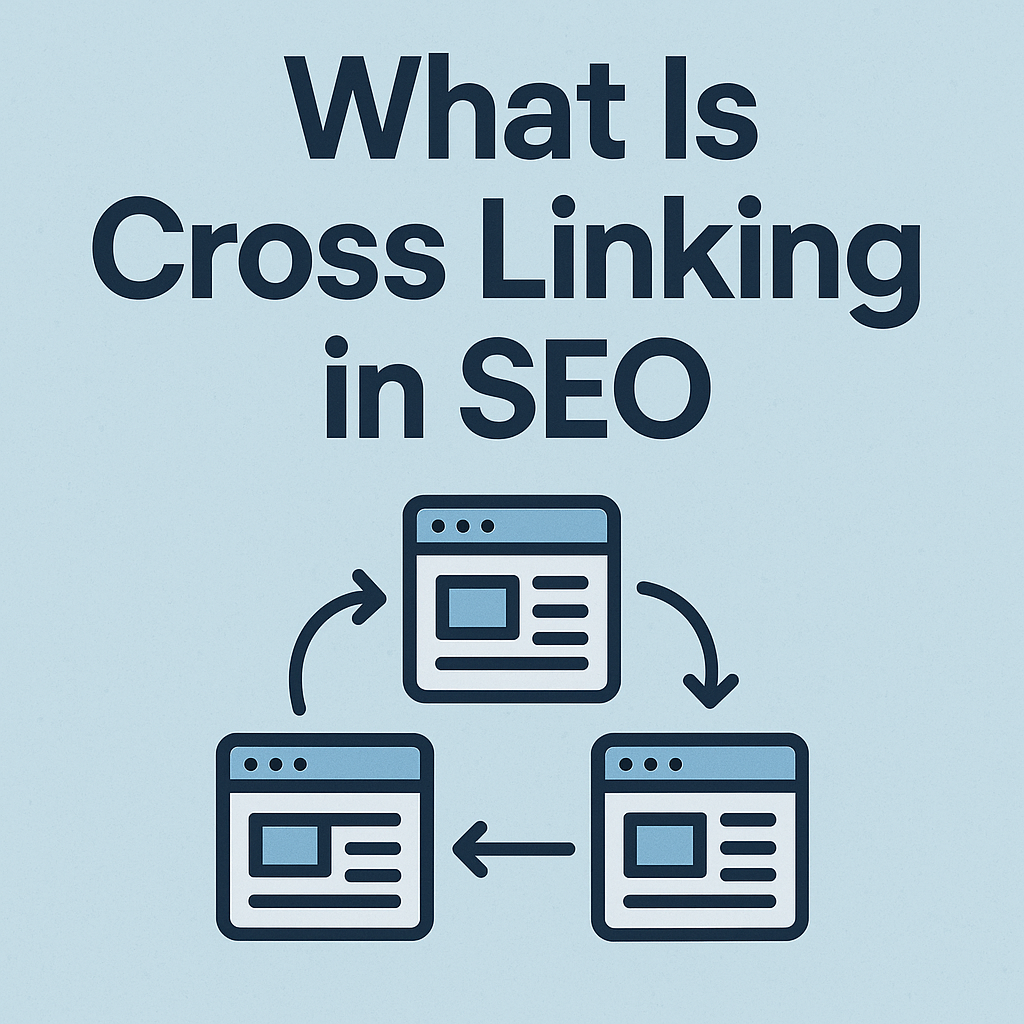


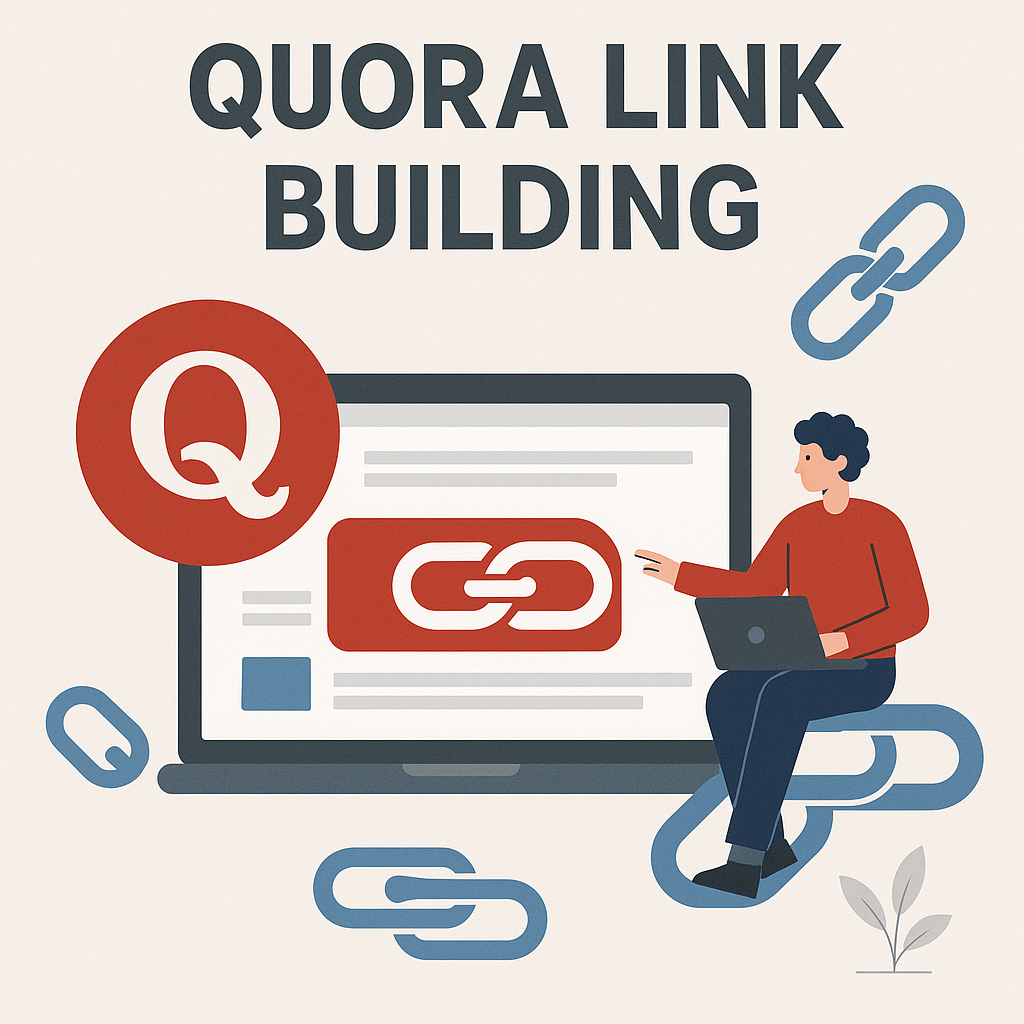
![How Many Outbound Links Per Blog [2025 Updated]](https://backlinkmanagement.io/wp-content/uploads/2025/06/How-Many-Outbound-Links-Per-Blog.png)
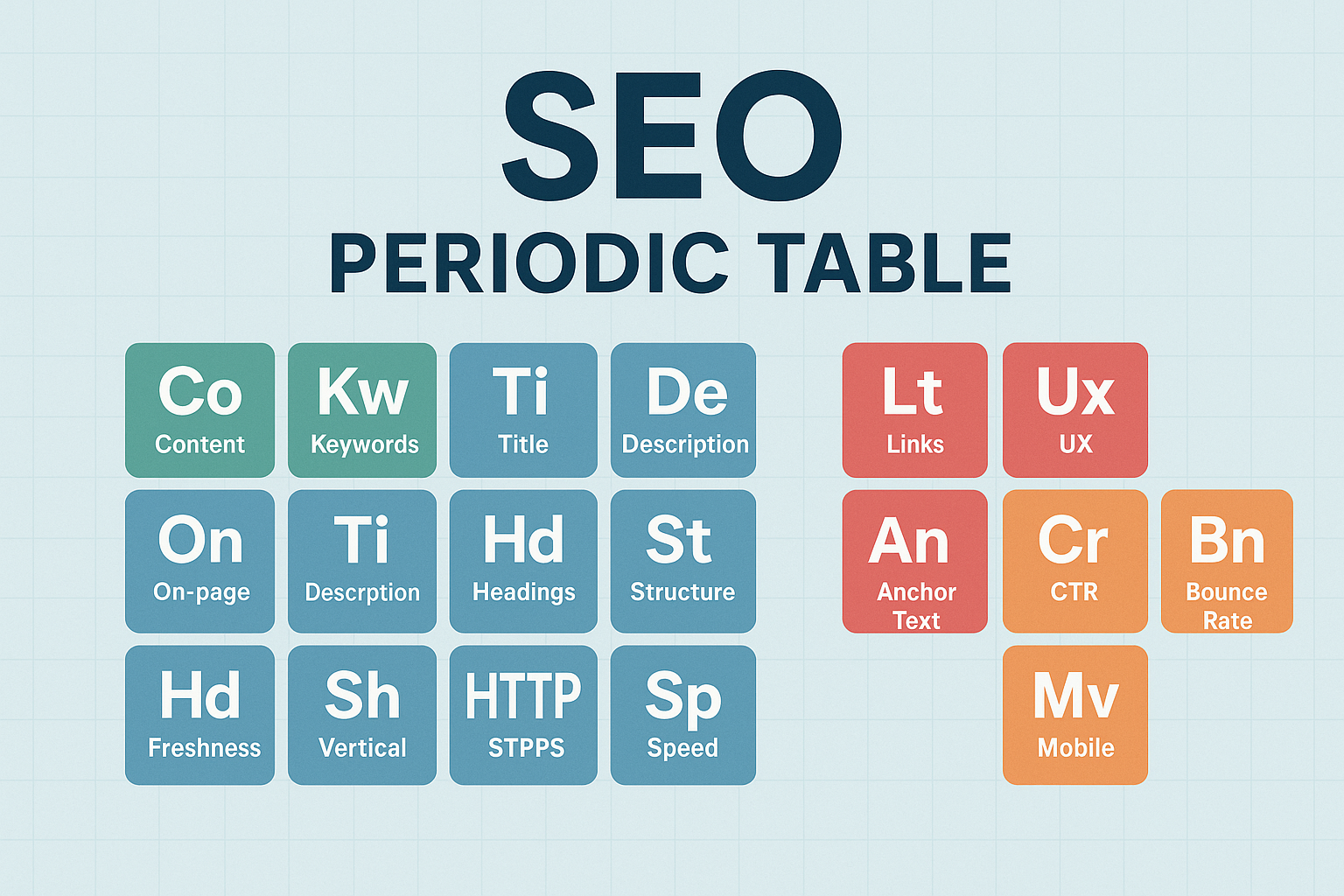


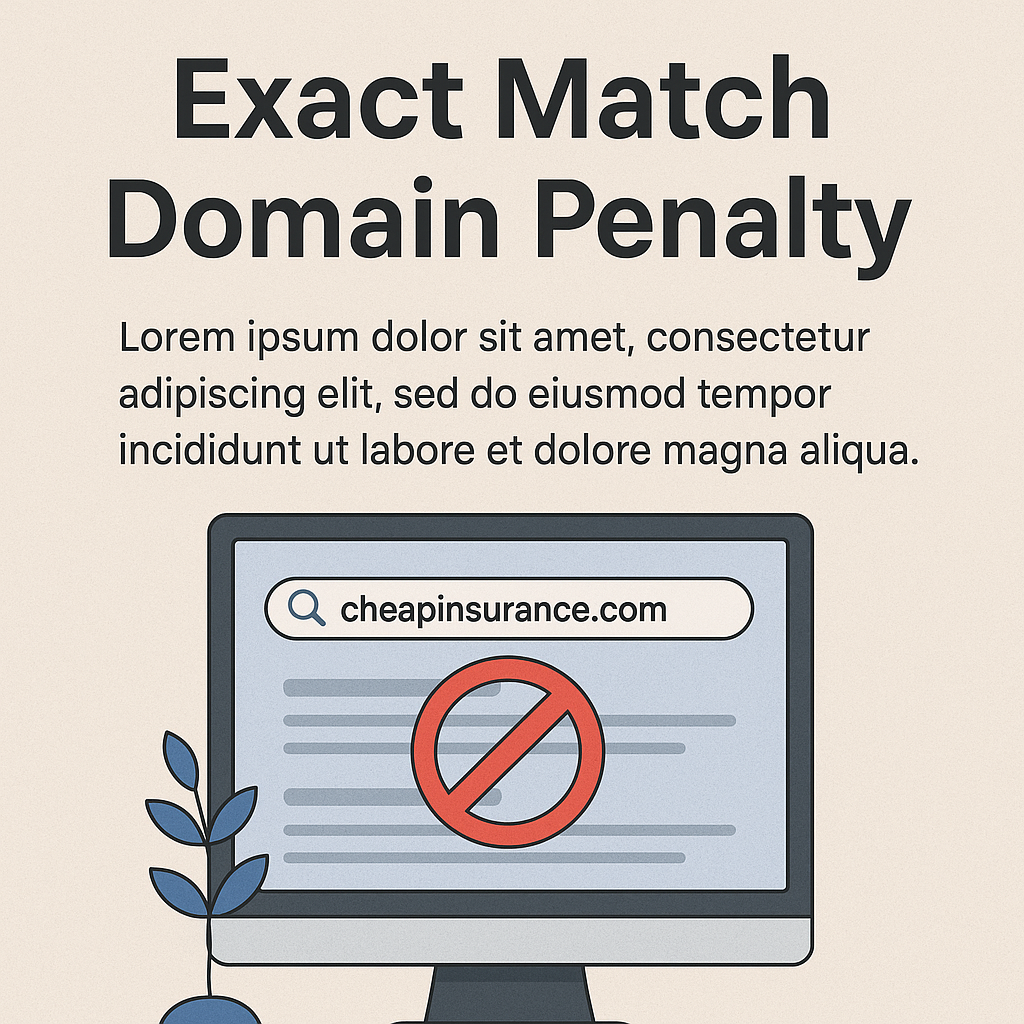
![B2B and B2C Website Examples [2025 Updated]](https://backlinkmanagement.io/wp-content/uploads/2025/05/B2B-and-B2C-Website-Example-.png)
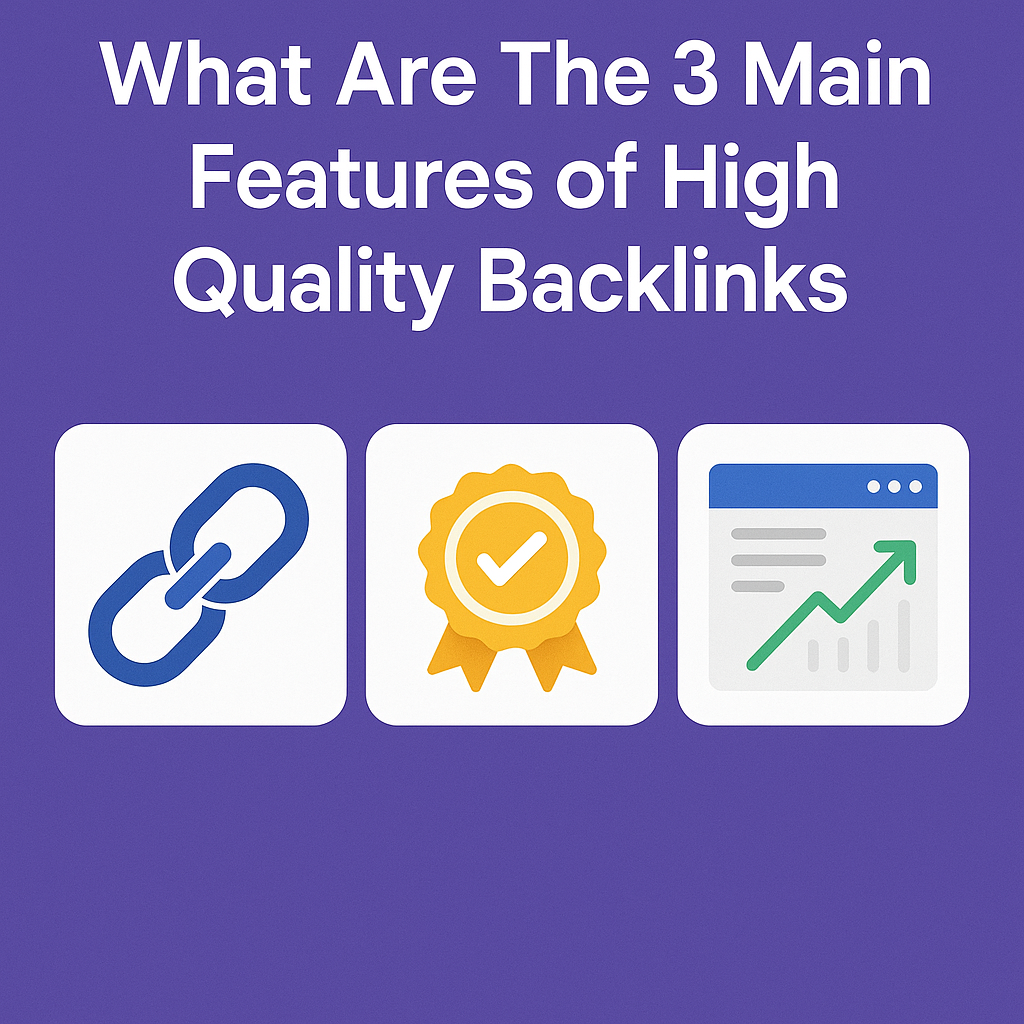

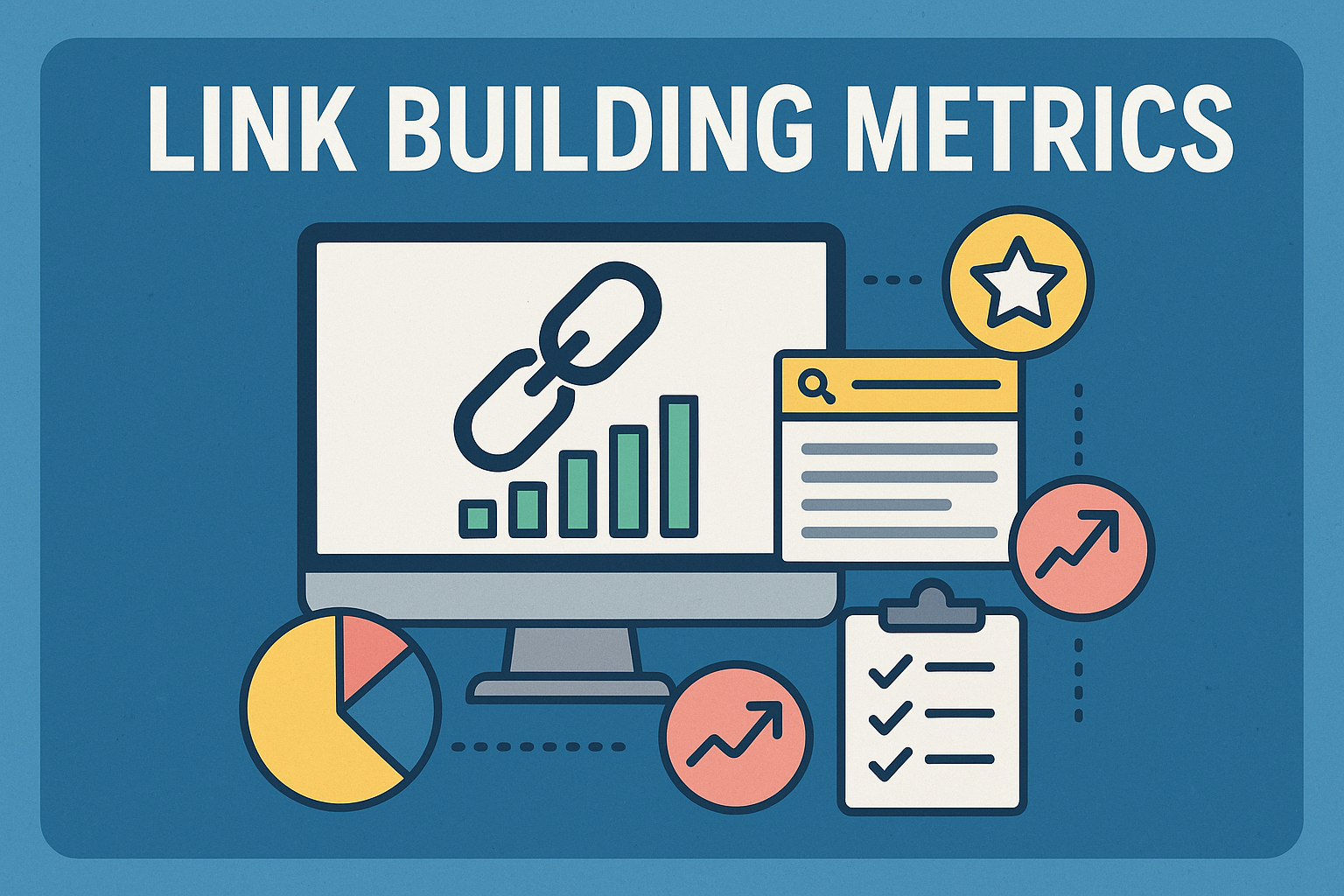
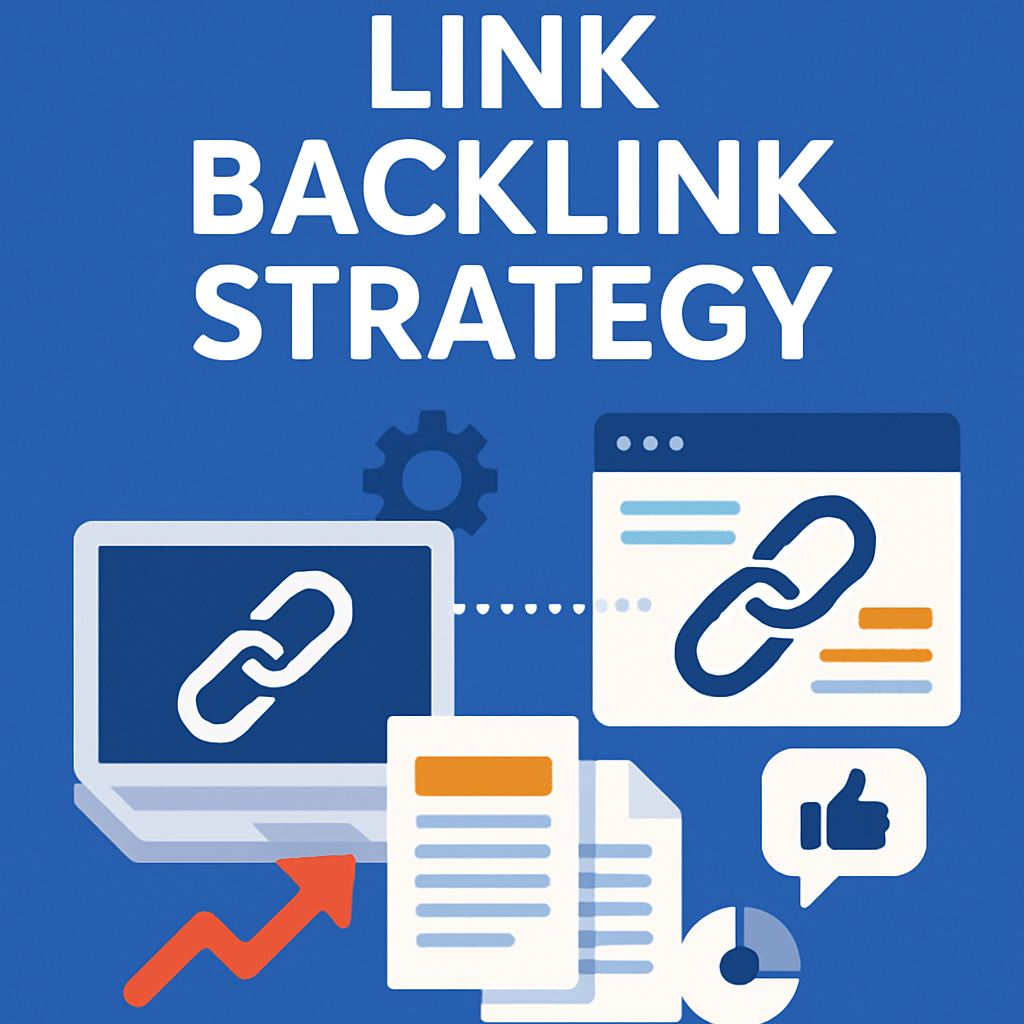


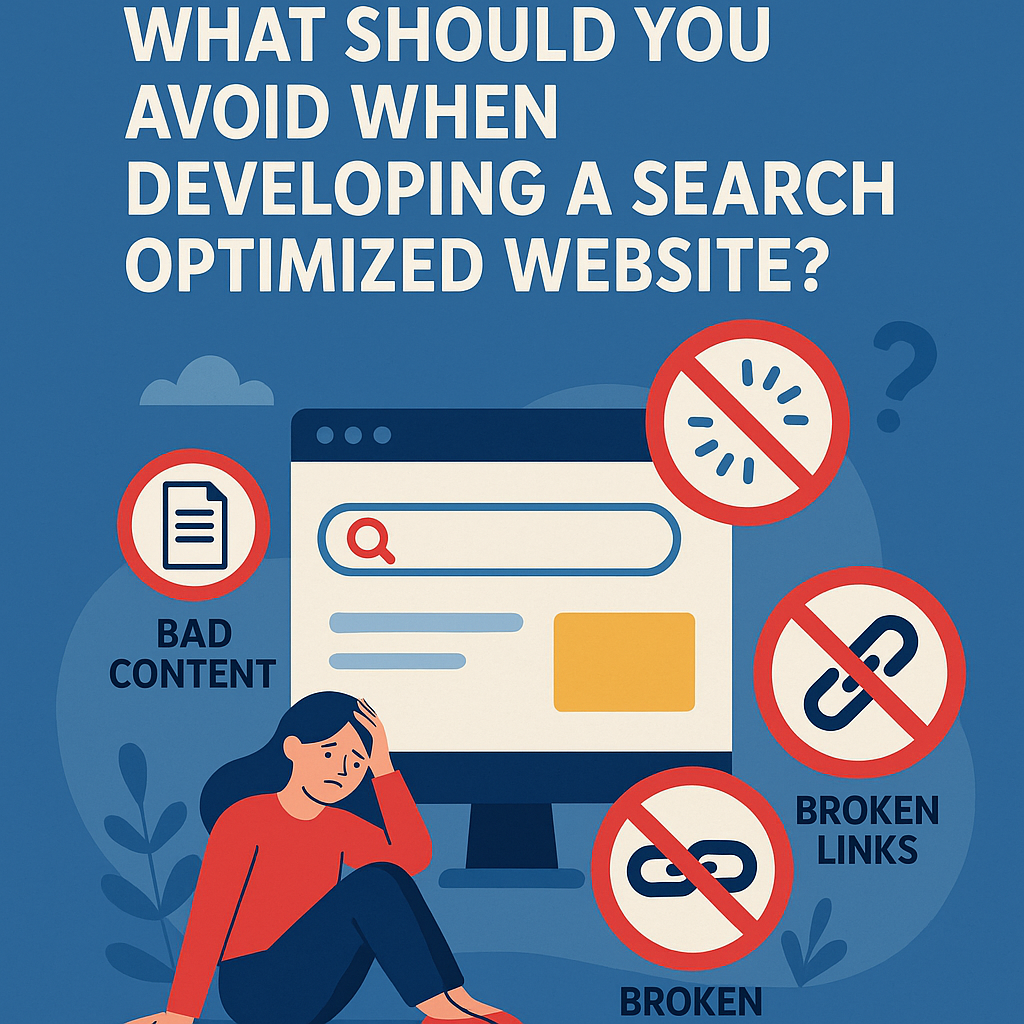
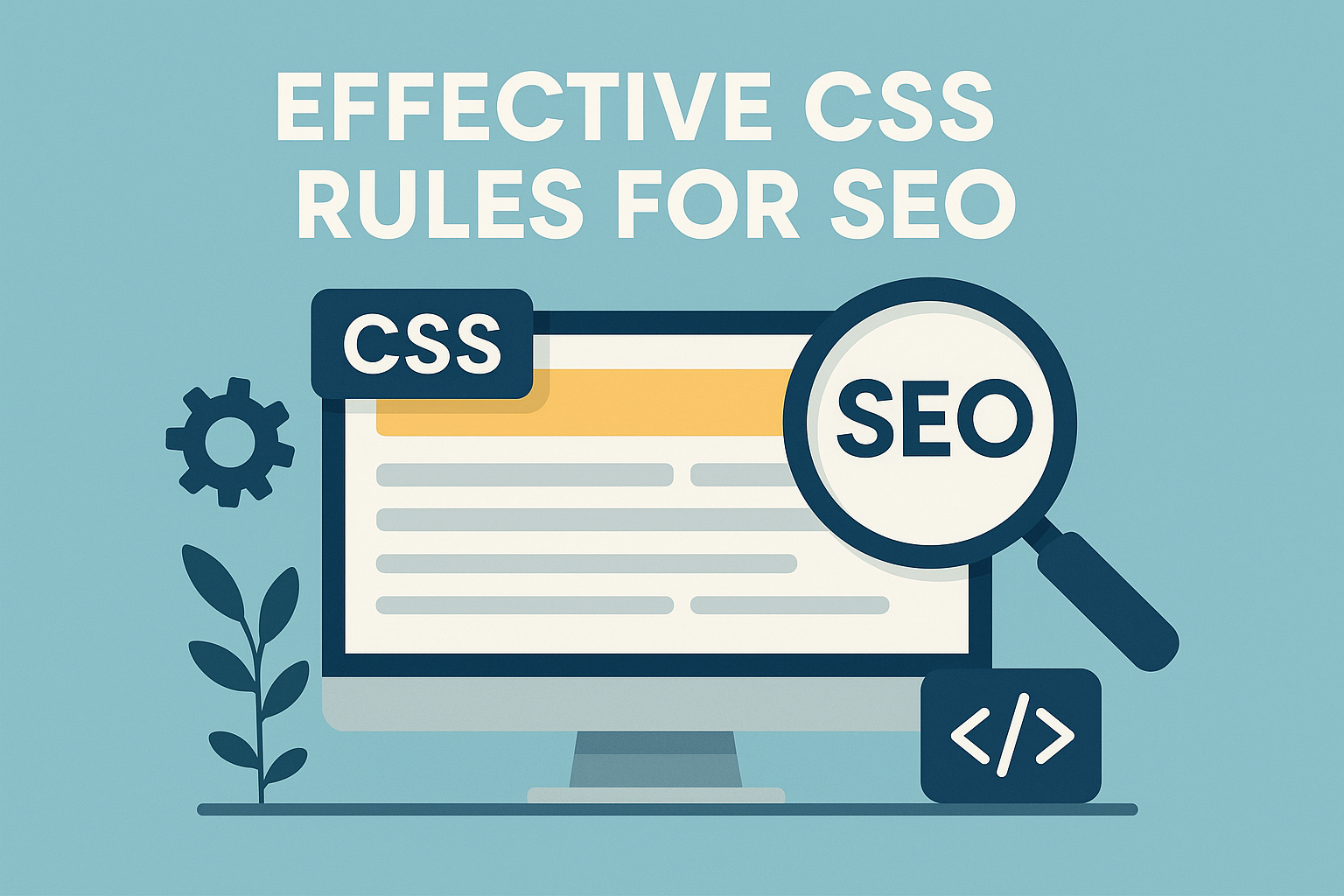

![What To Do After Keyword Research [2025 Guide]](https://backlinkmanagement.io/wp-content/uploads/2025/05/What-To-Do-After-Keyword-Research.png)
![Is Page Speed Really A Ranking Factor? [2025]](https://backlinkmanagement.io/wp-content/uploads/2025/05/Is-Page-Speed-Really-A-Ranking-Factor.png)
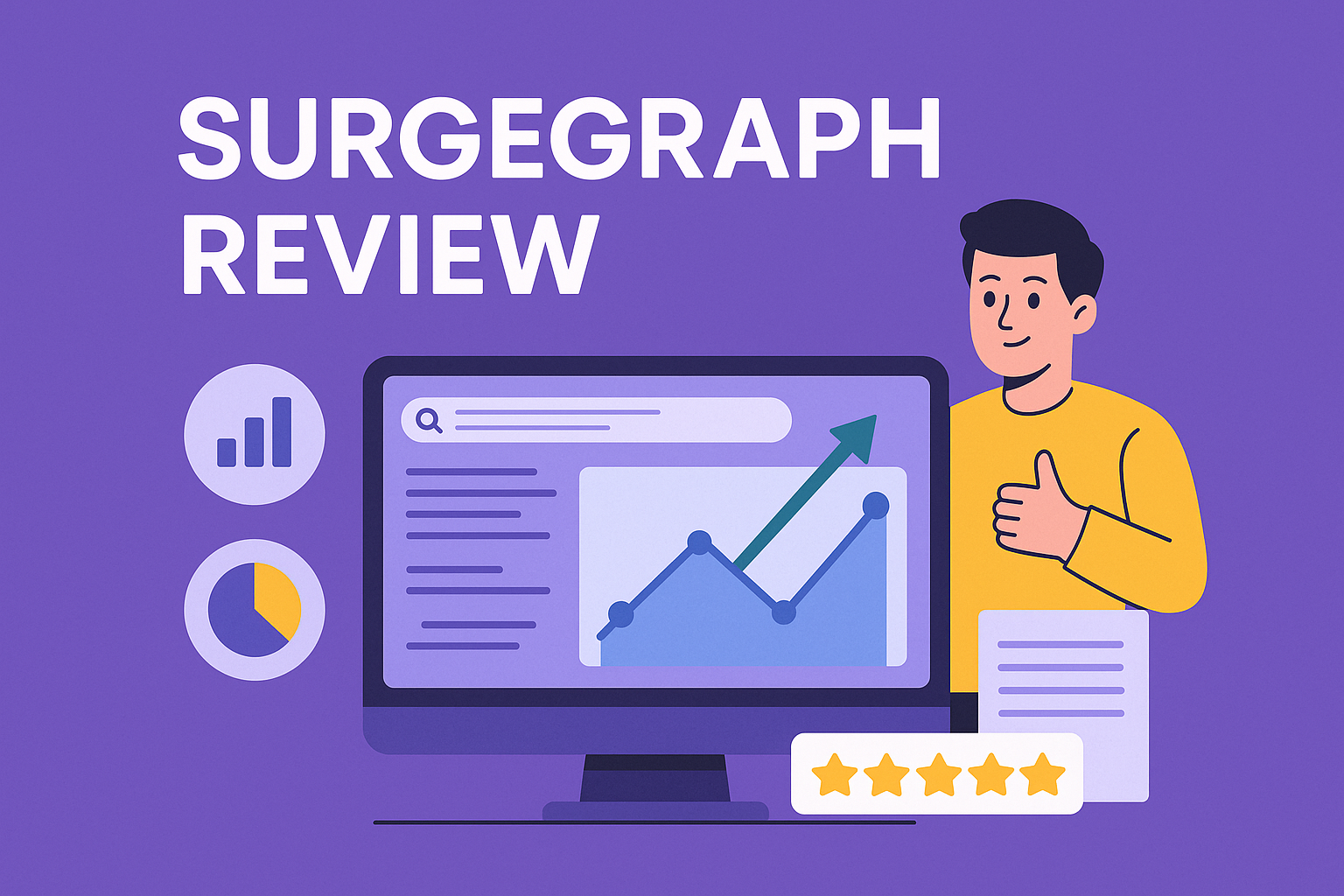





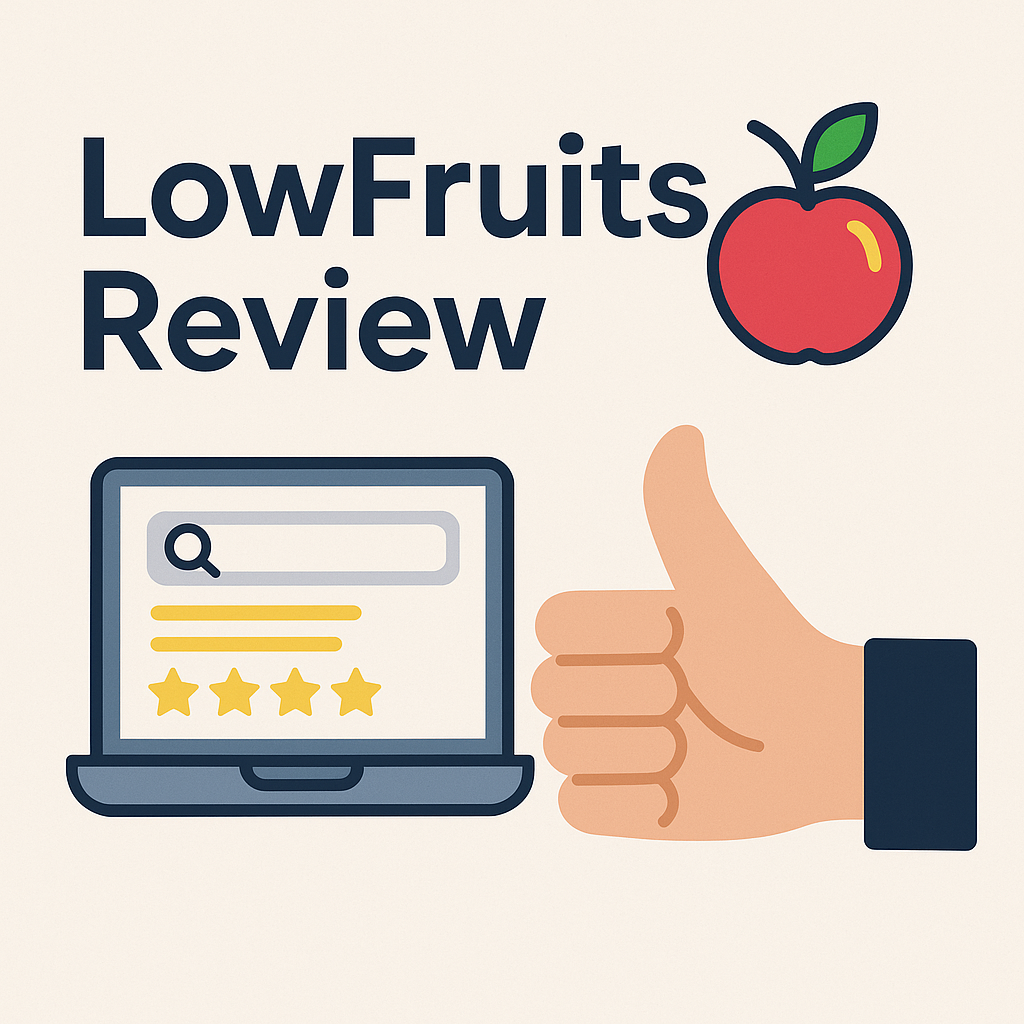
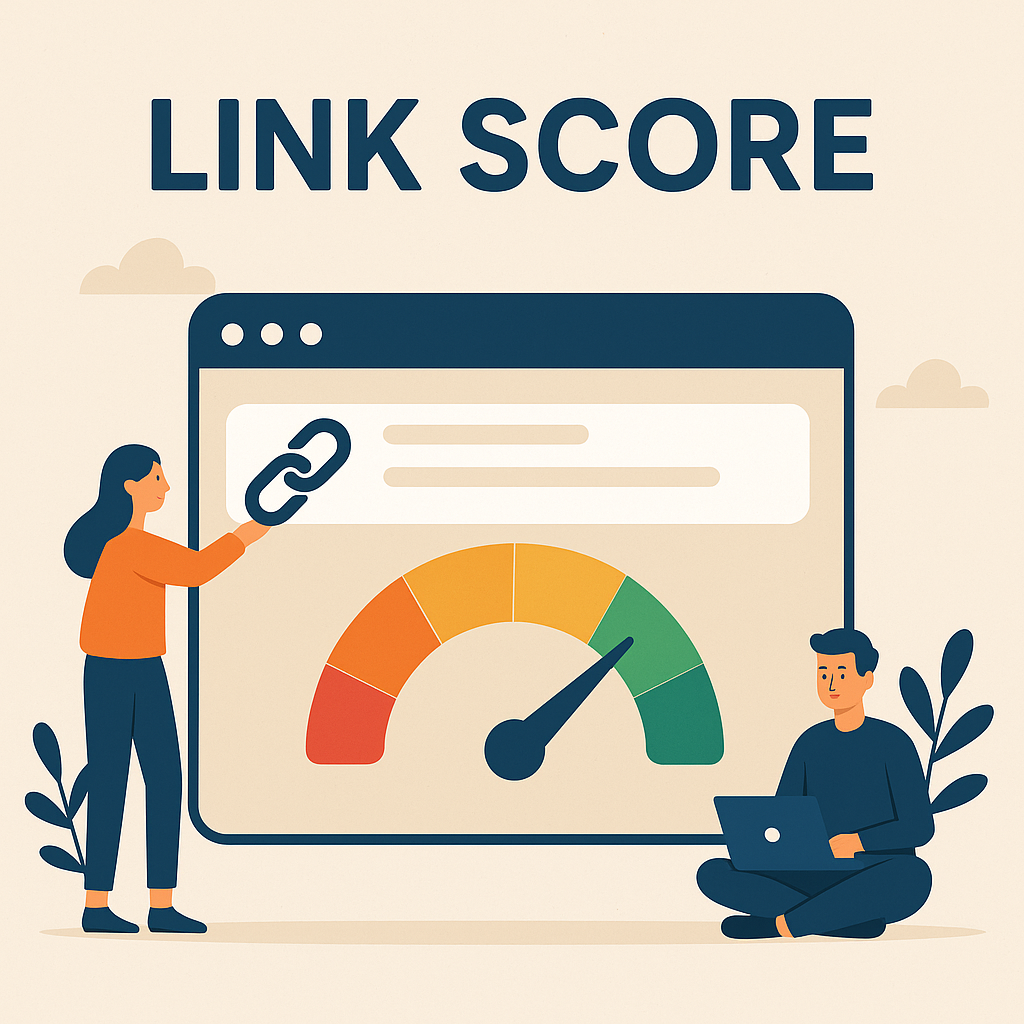
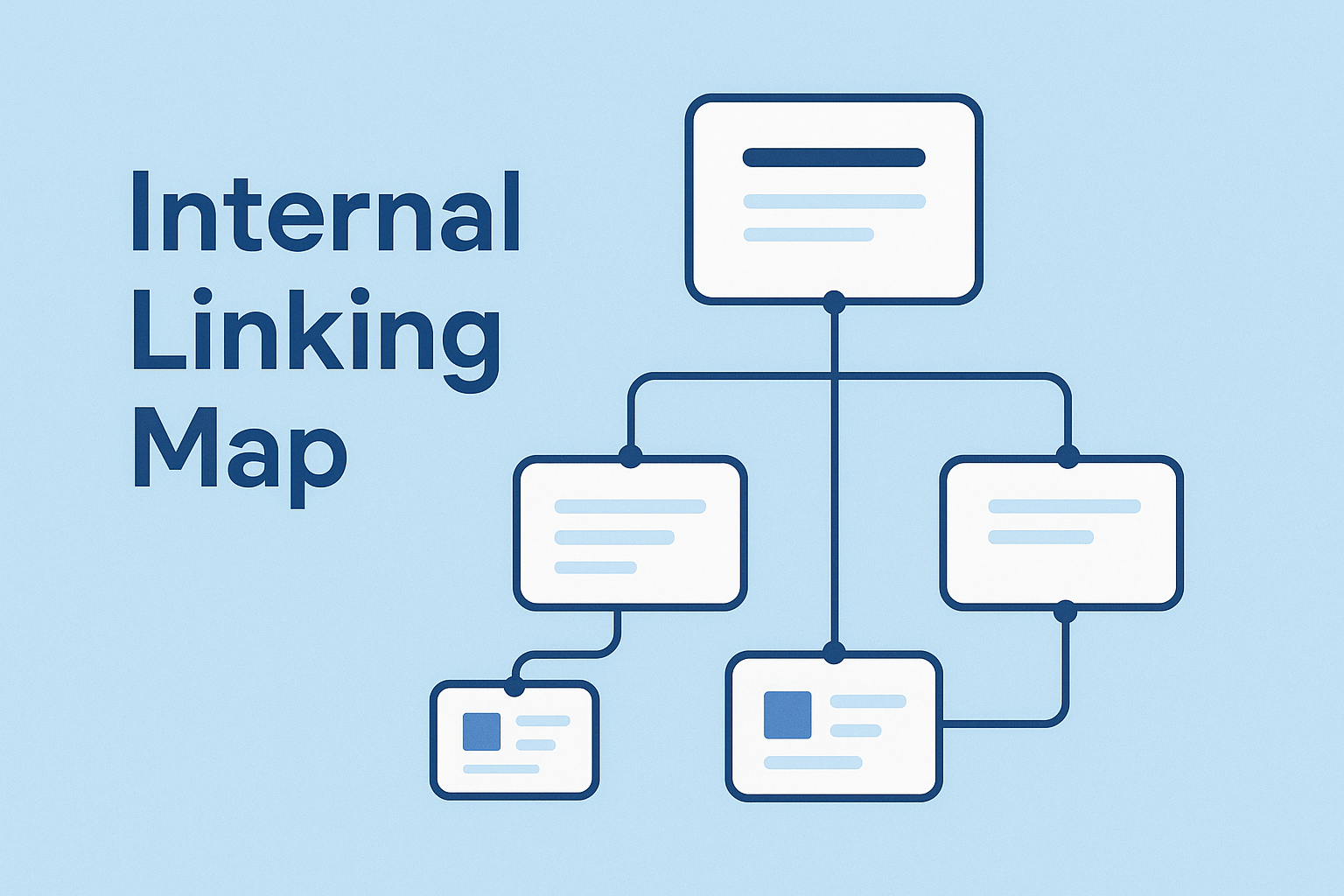

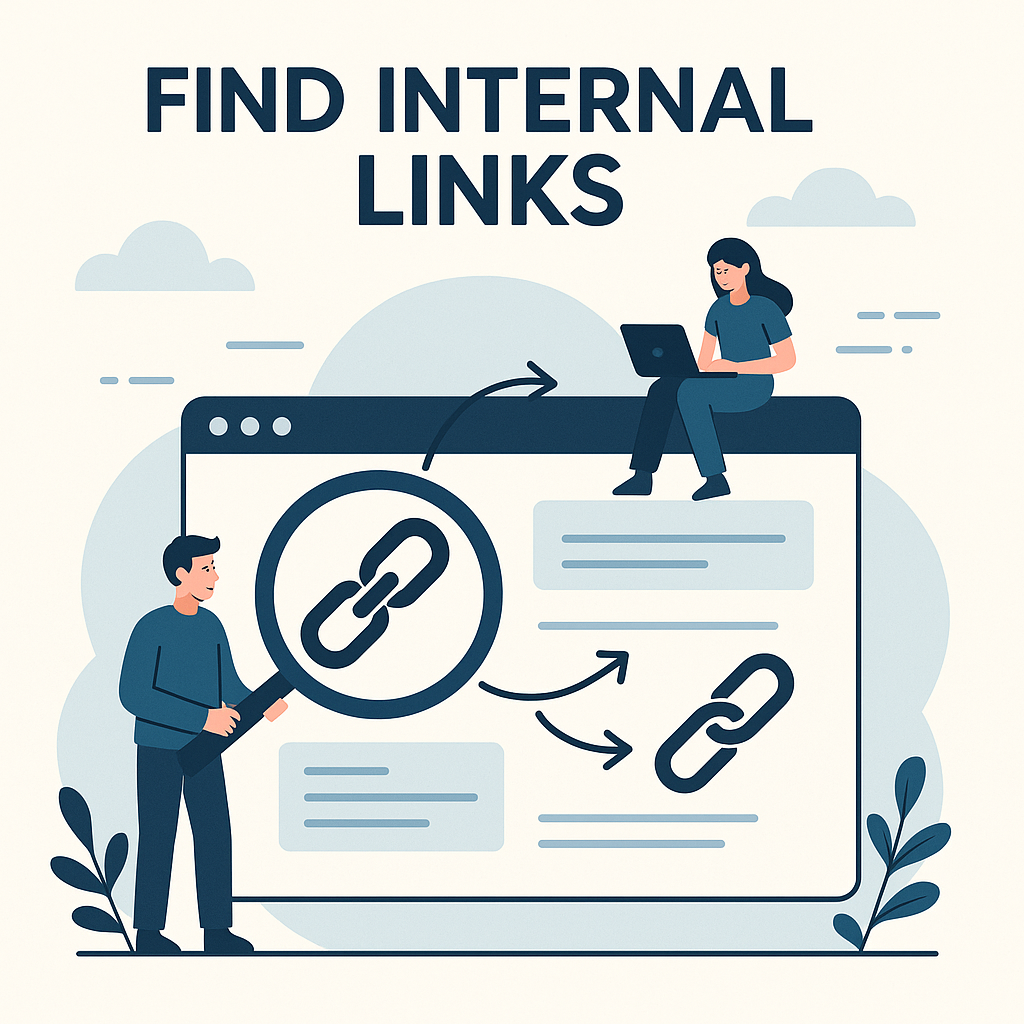
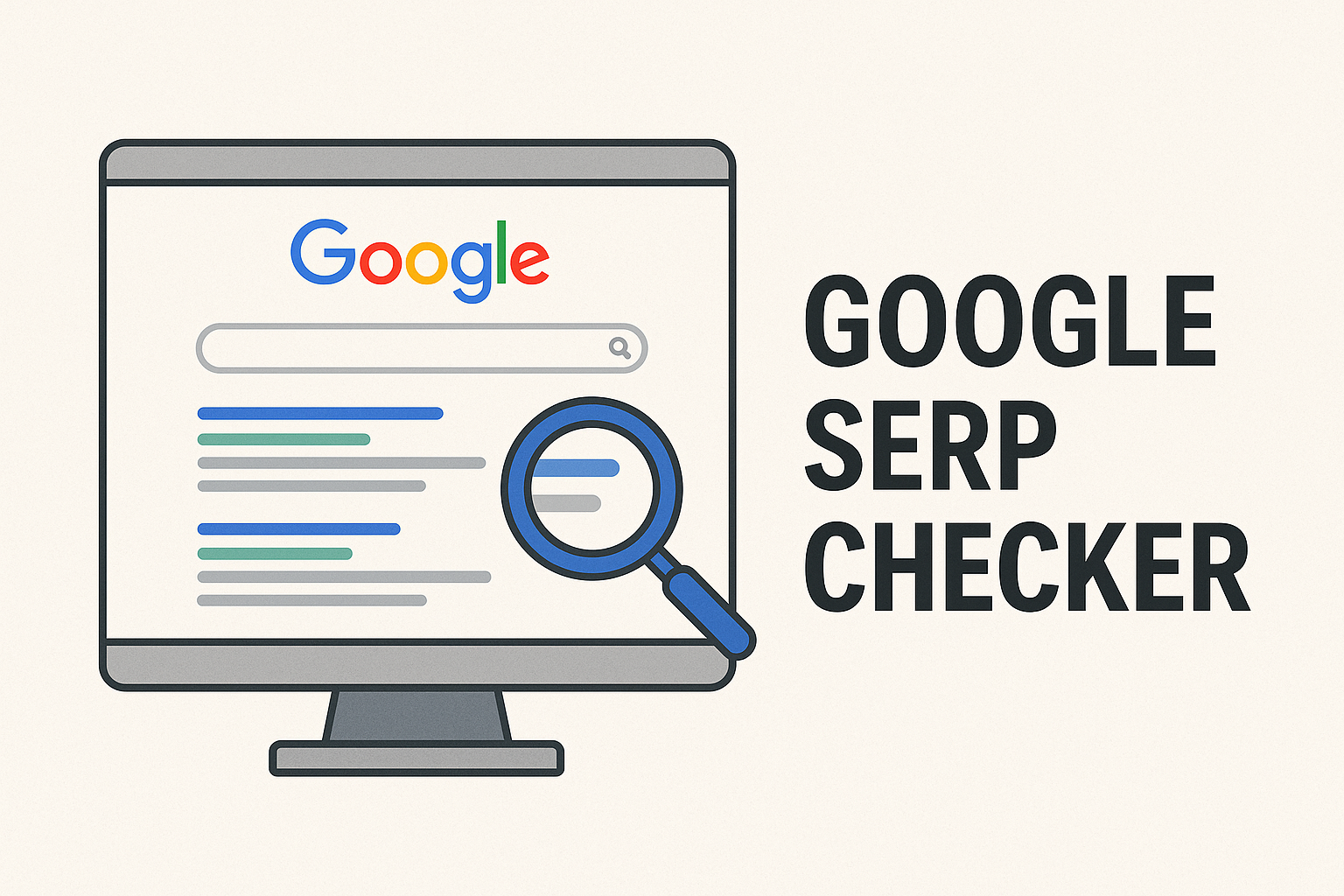
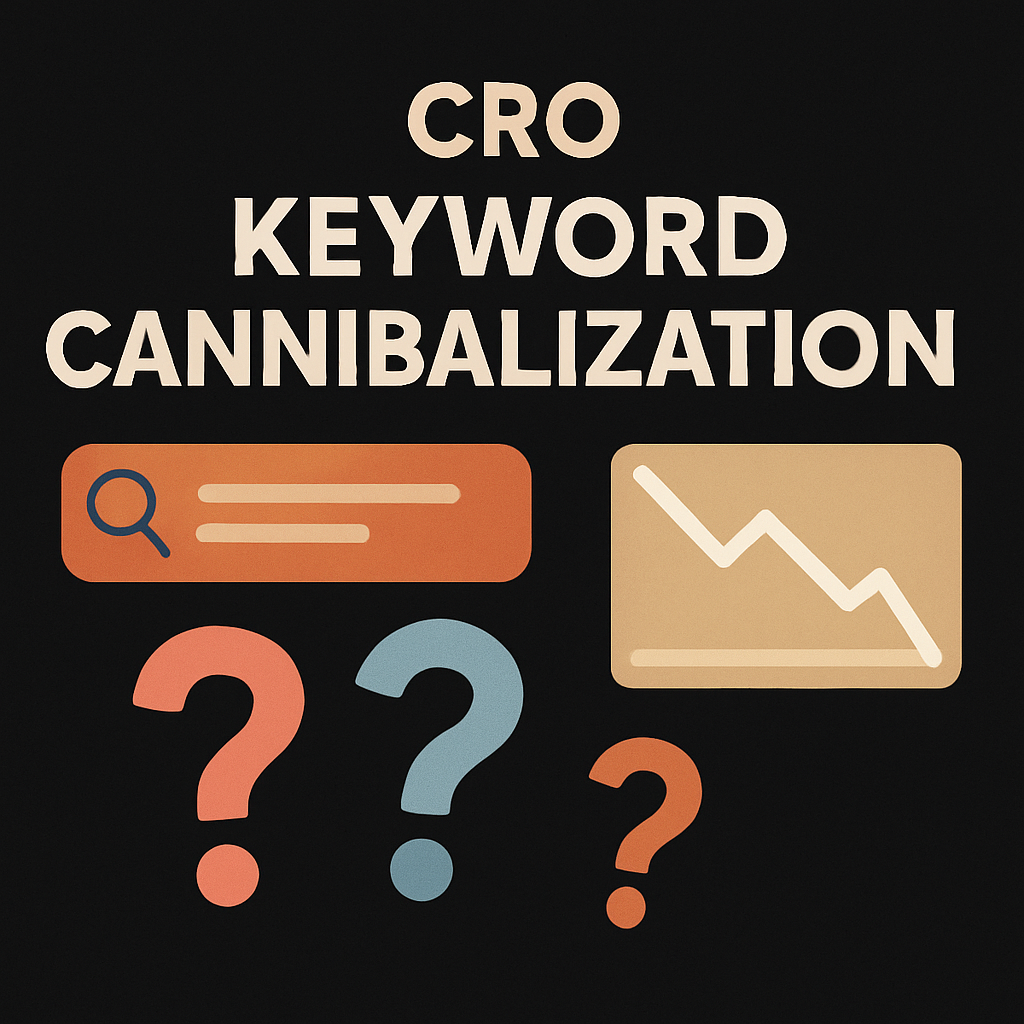


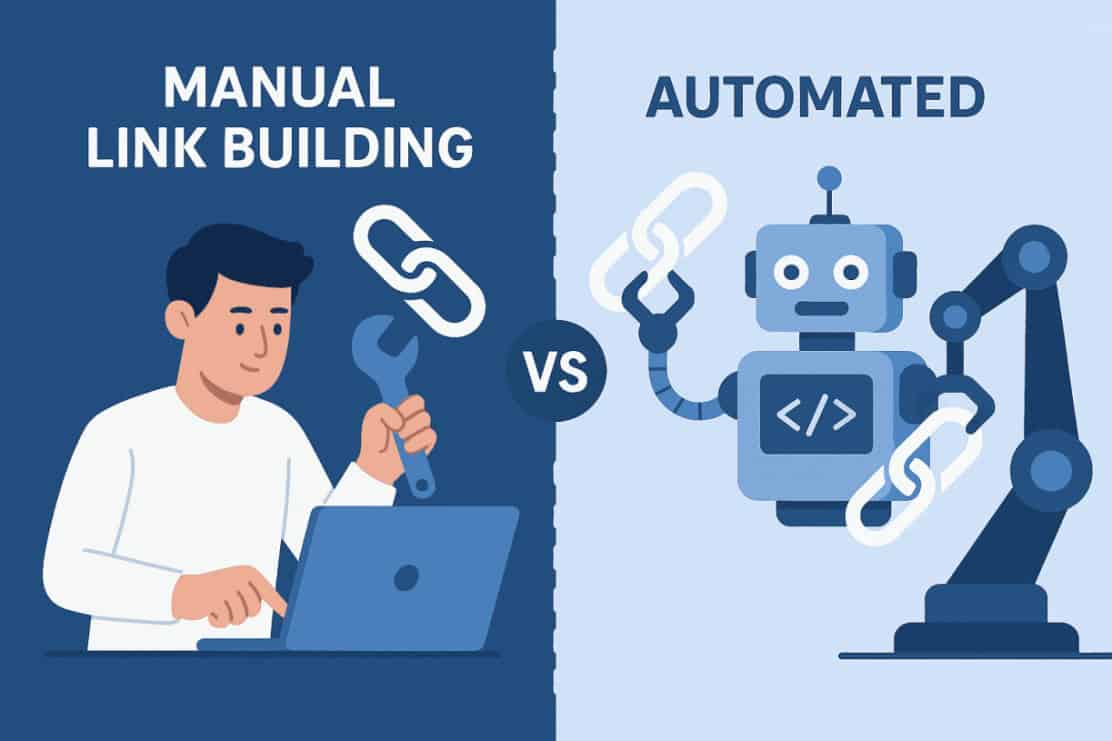

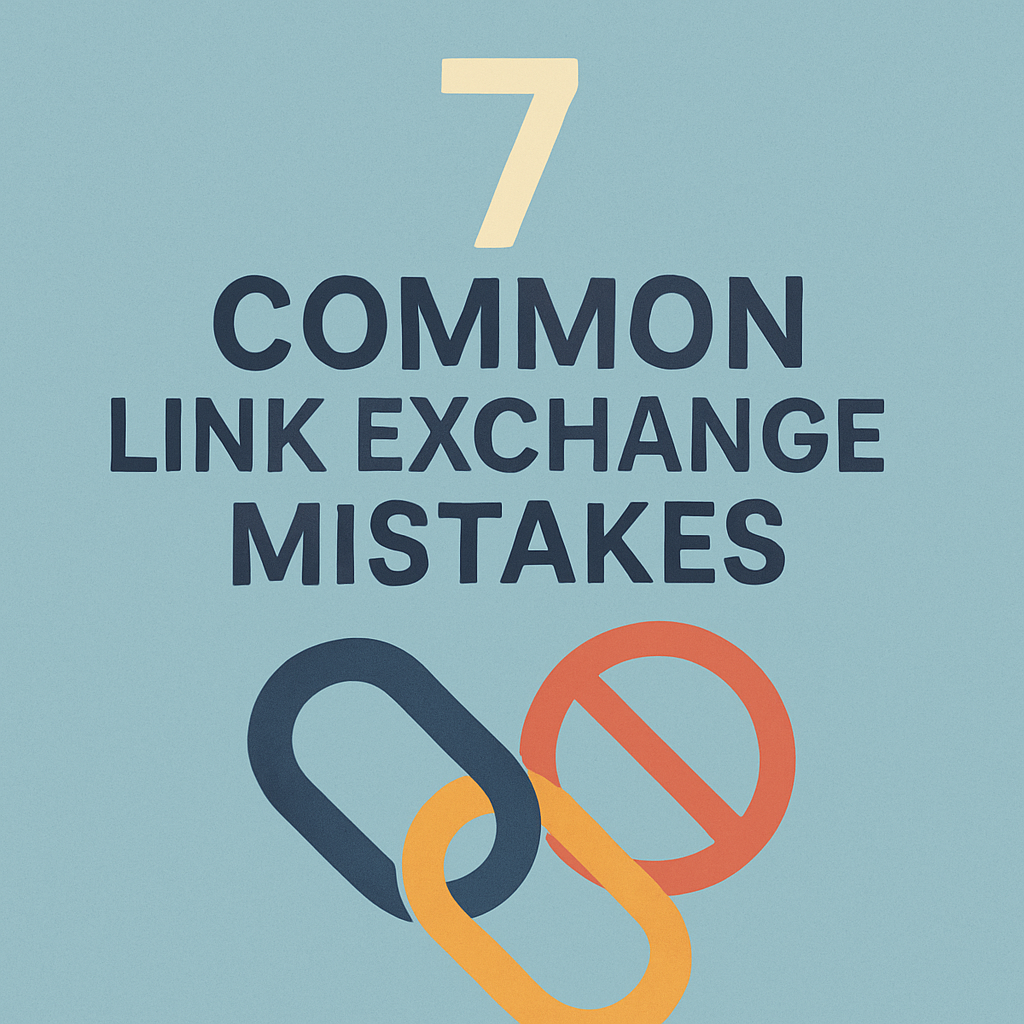
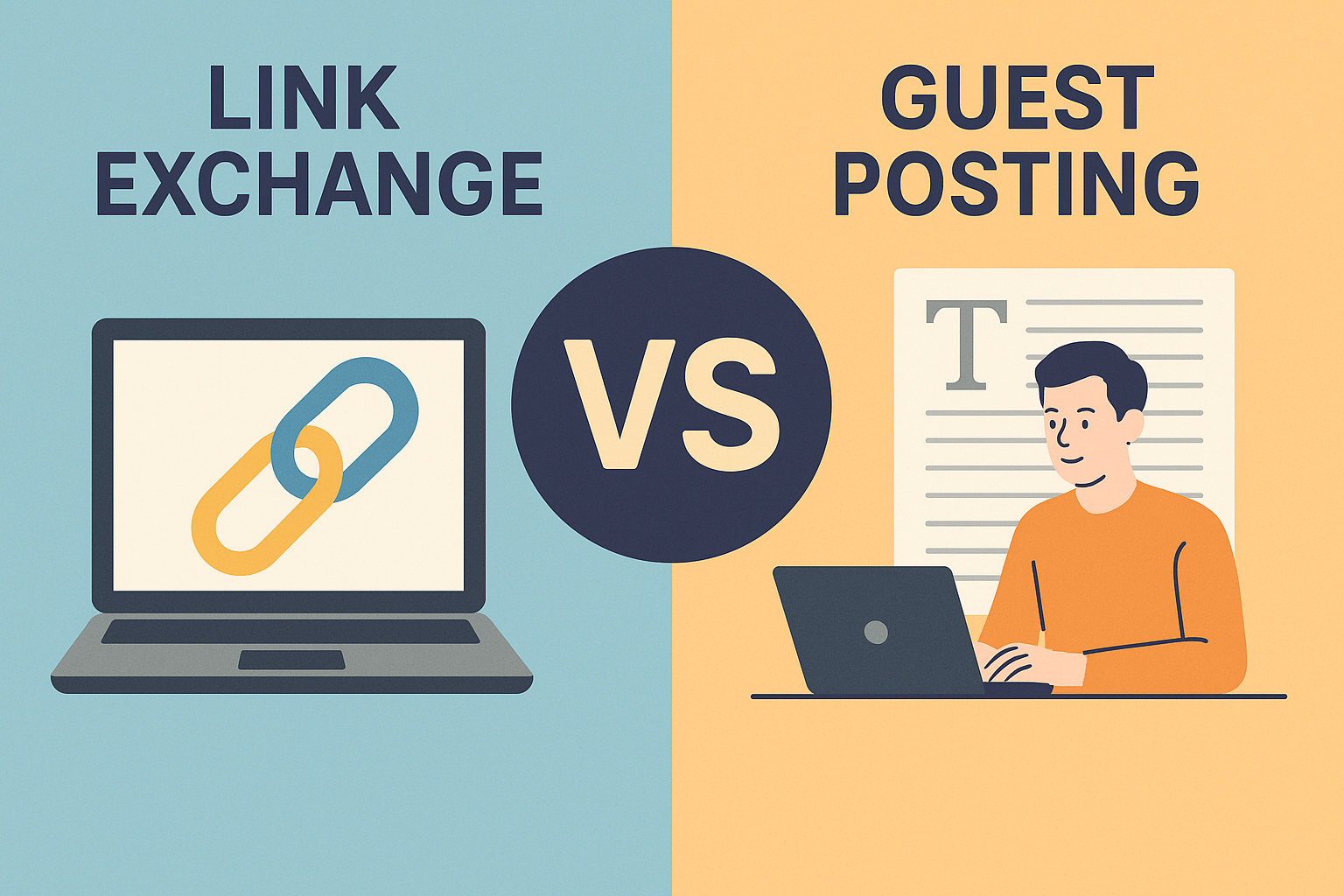
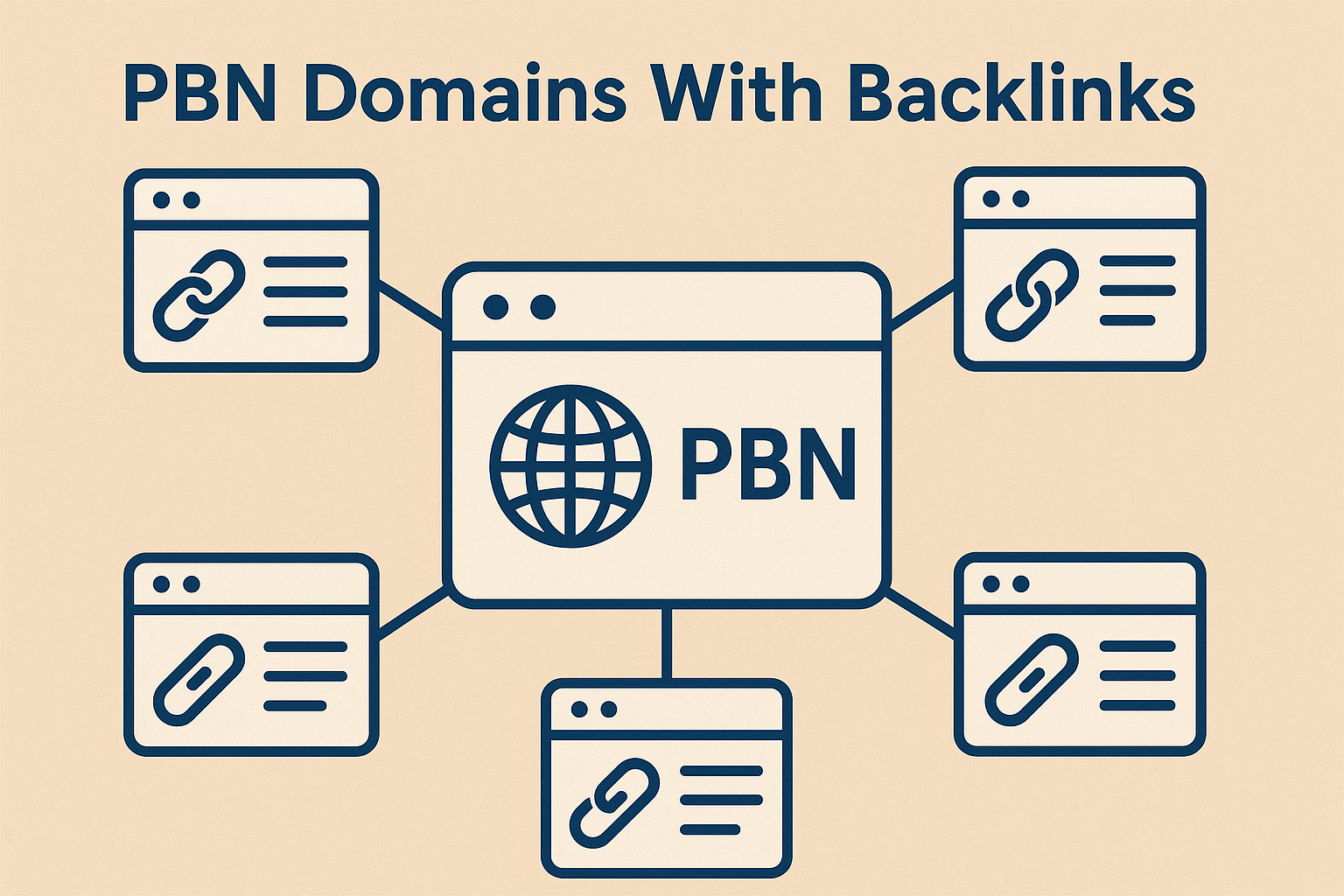
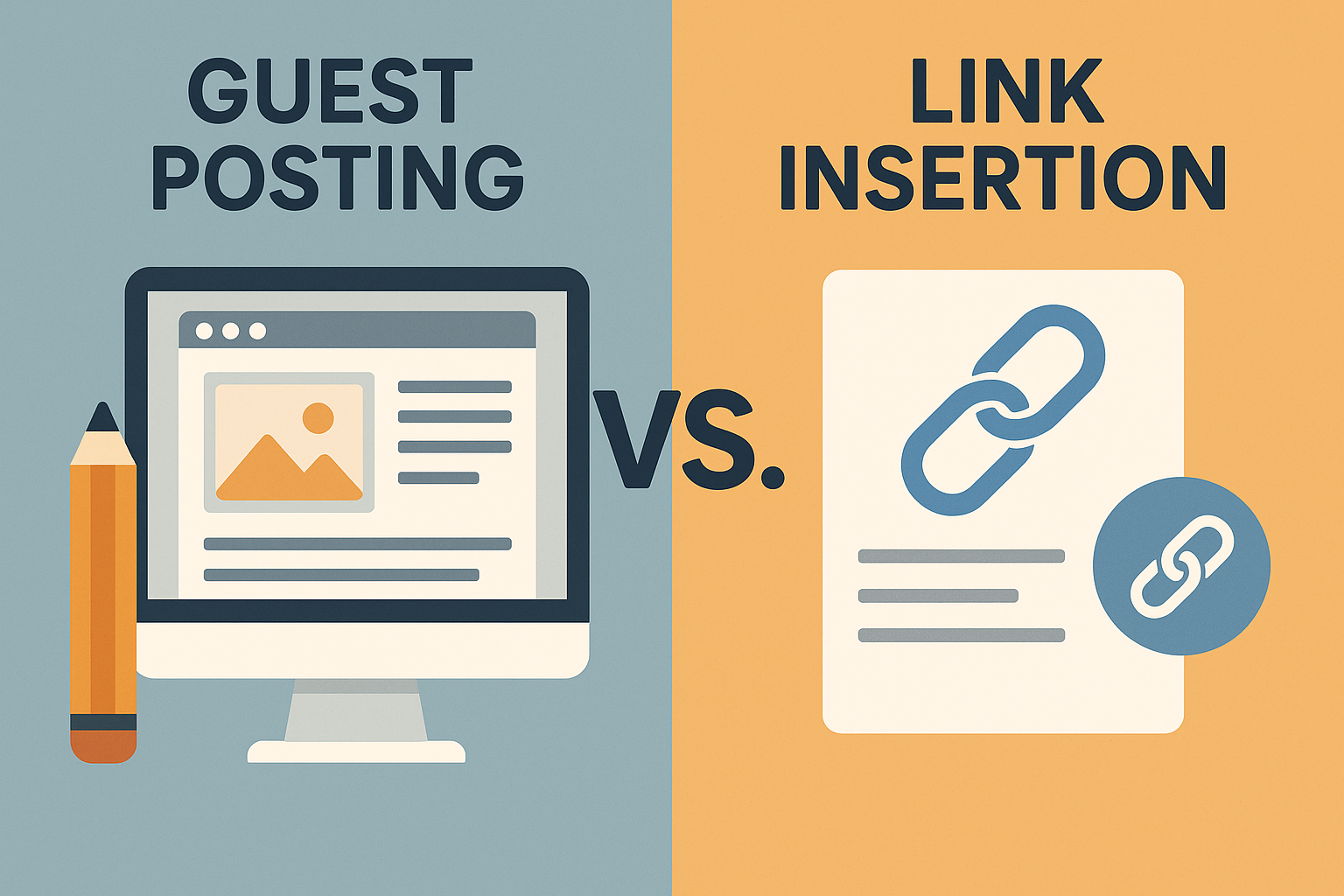
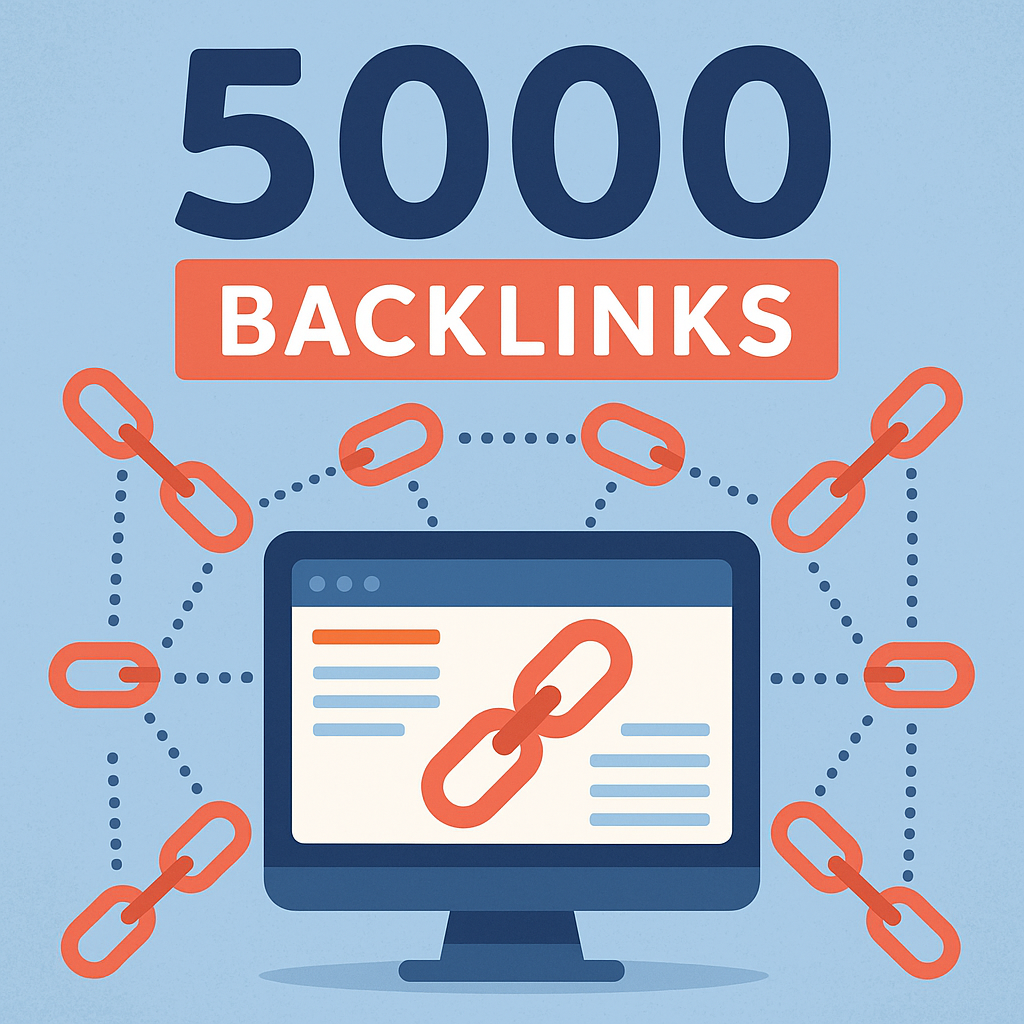
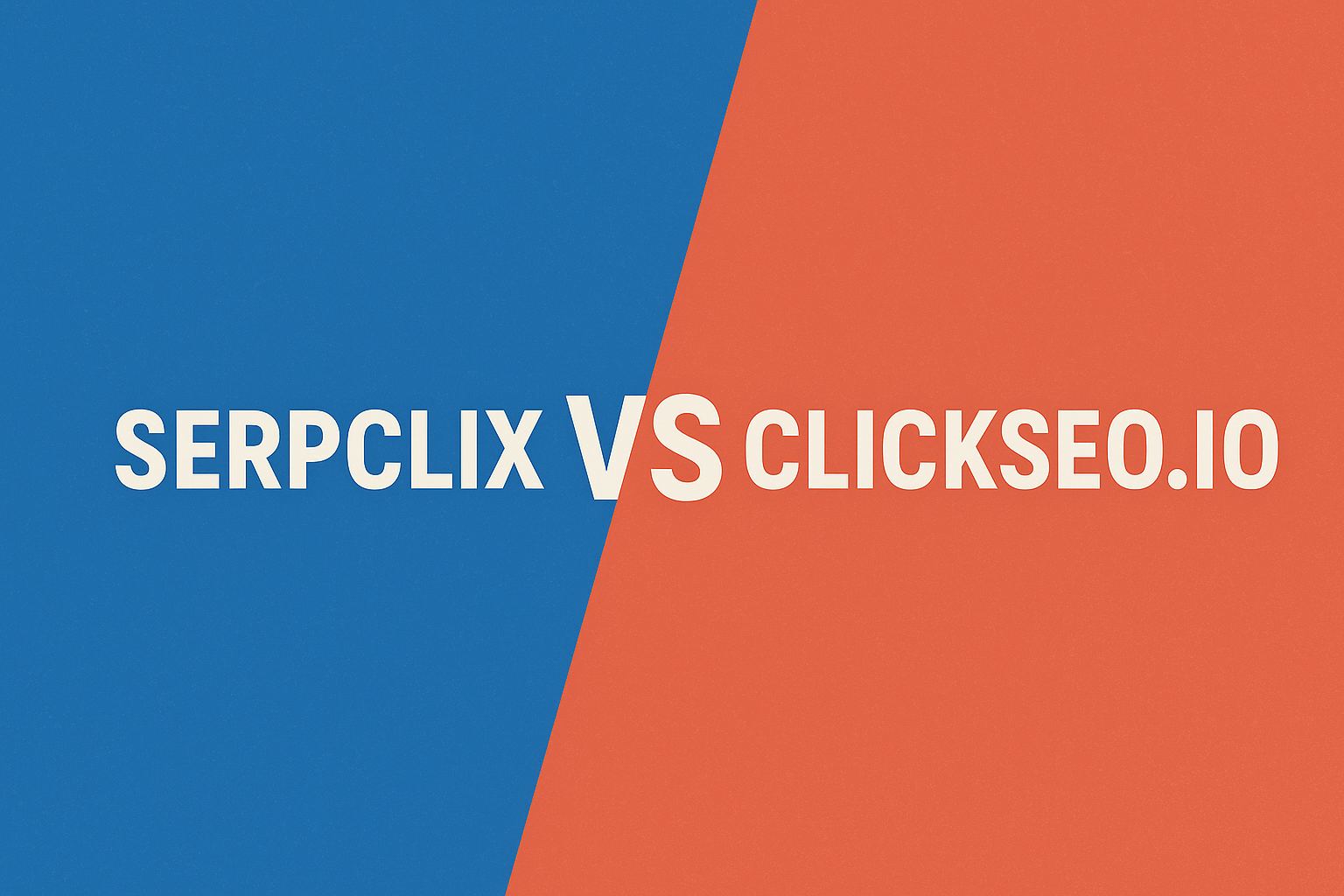
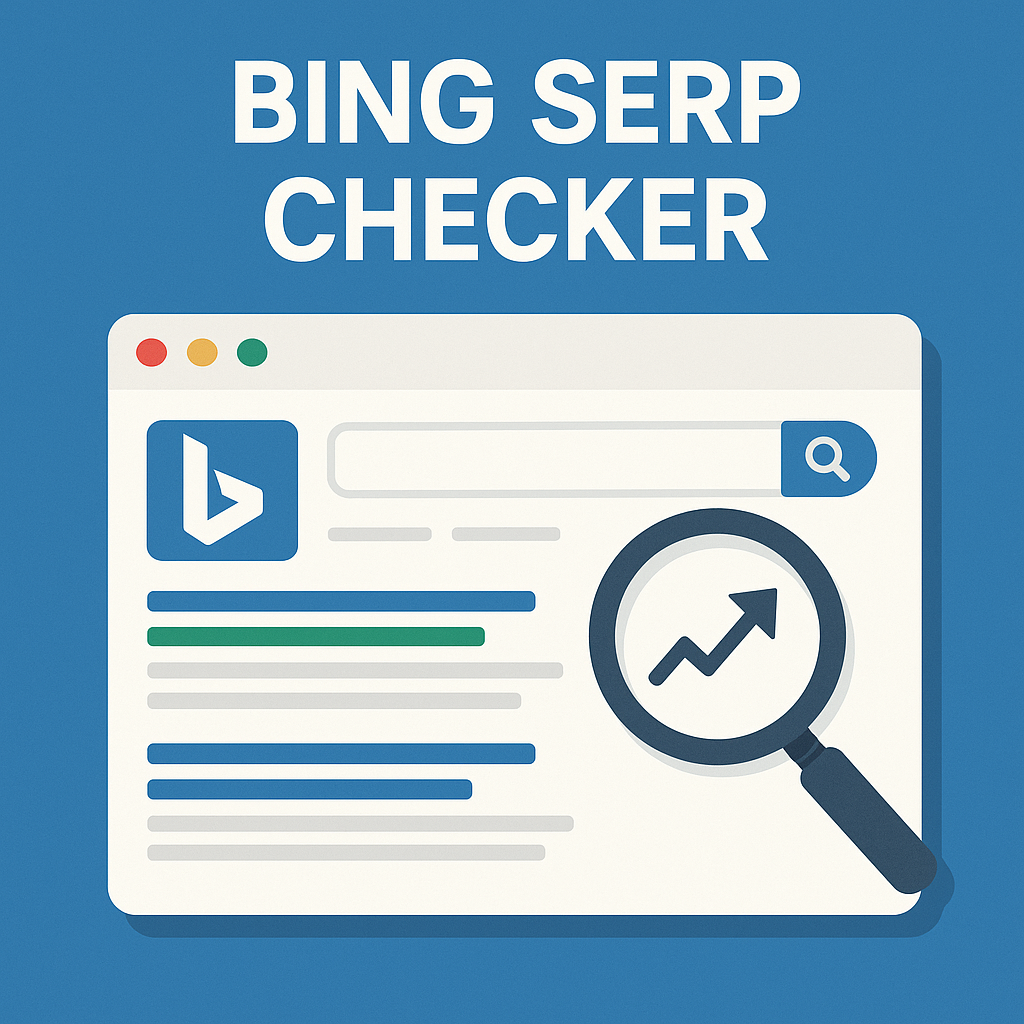
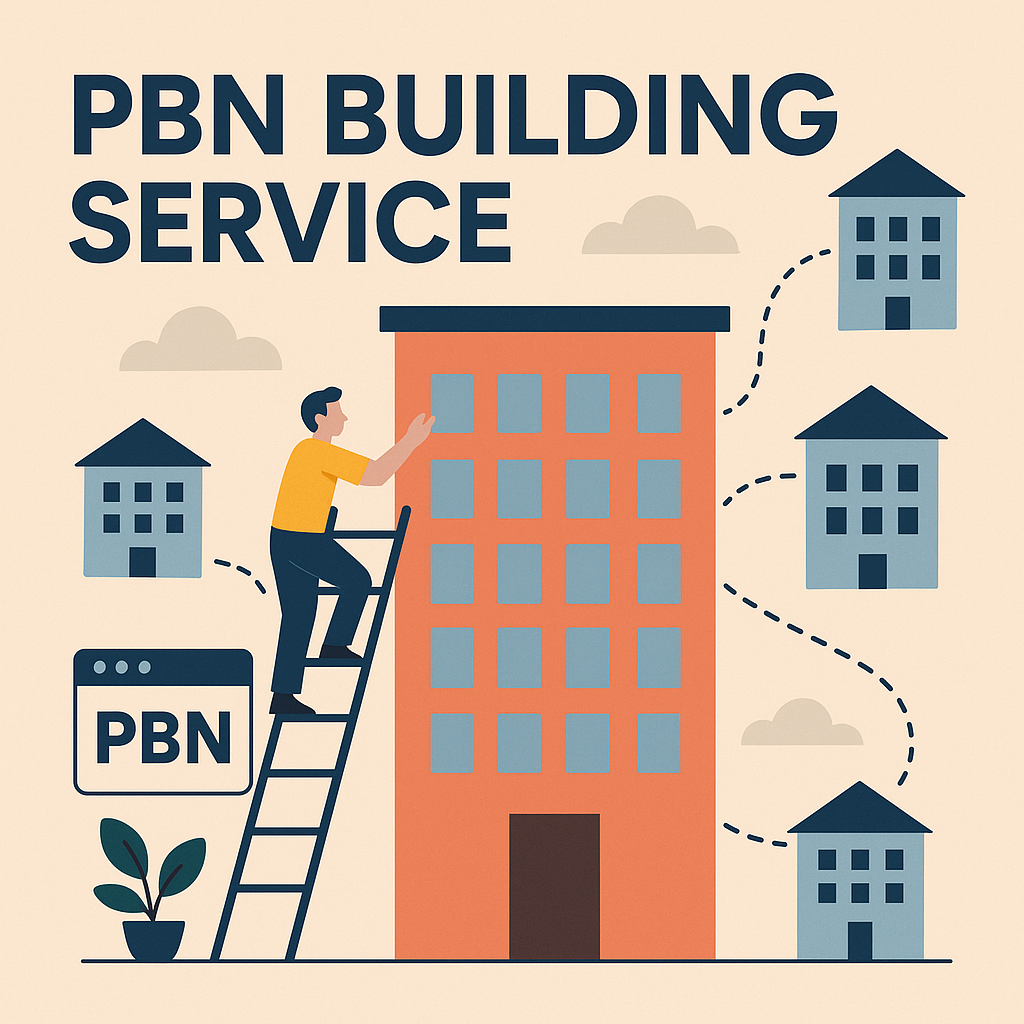
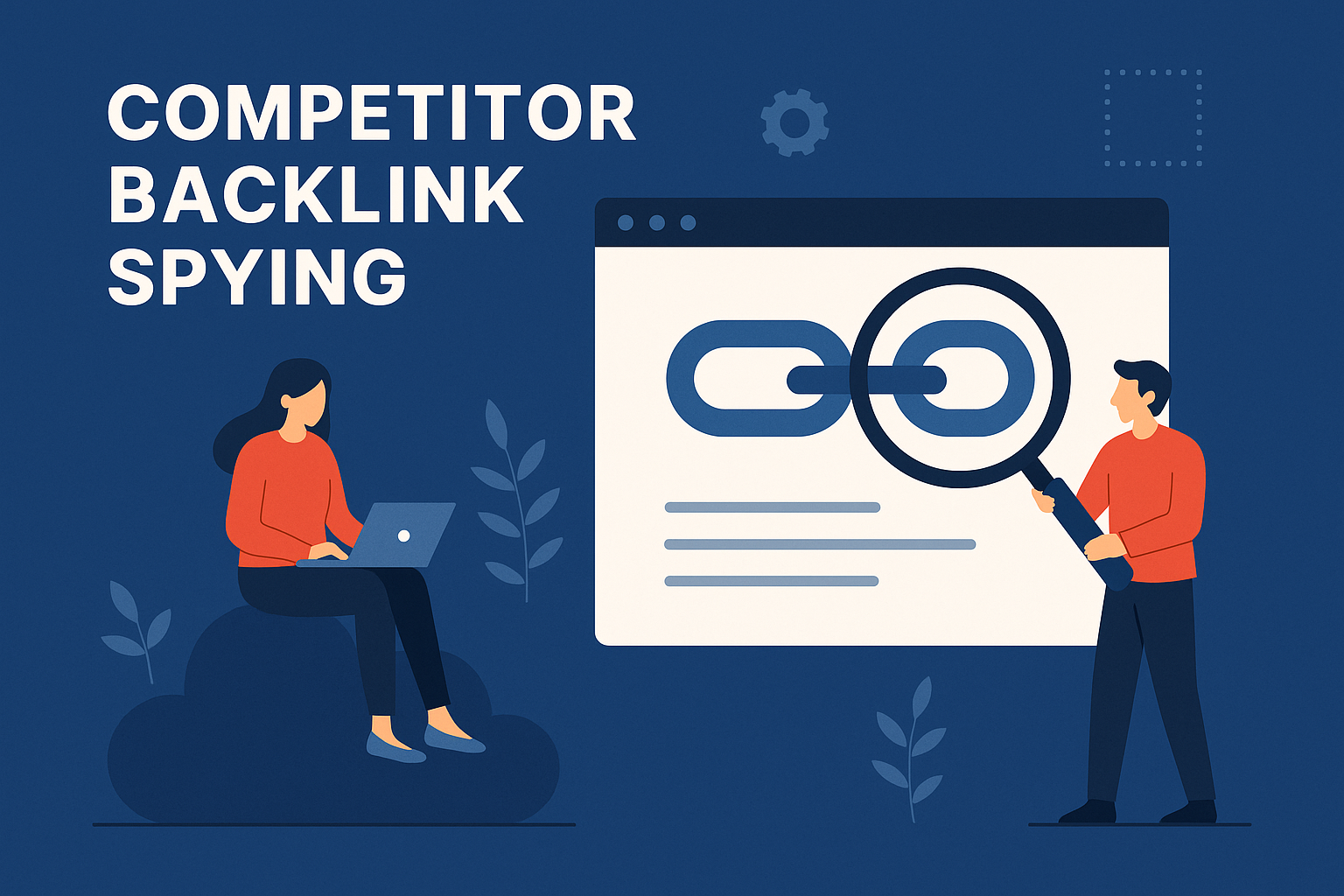
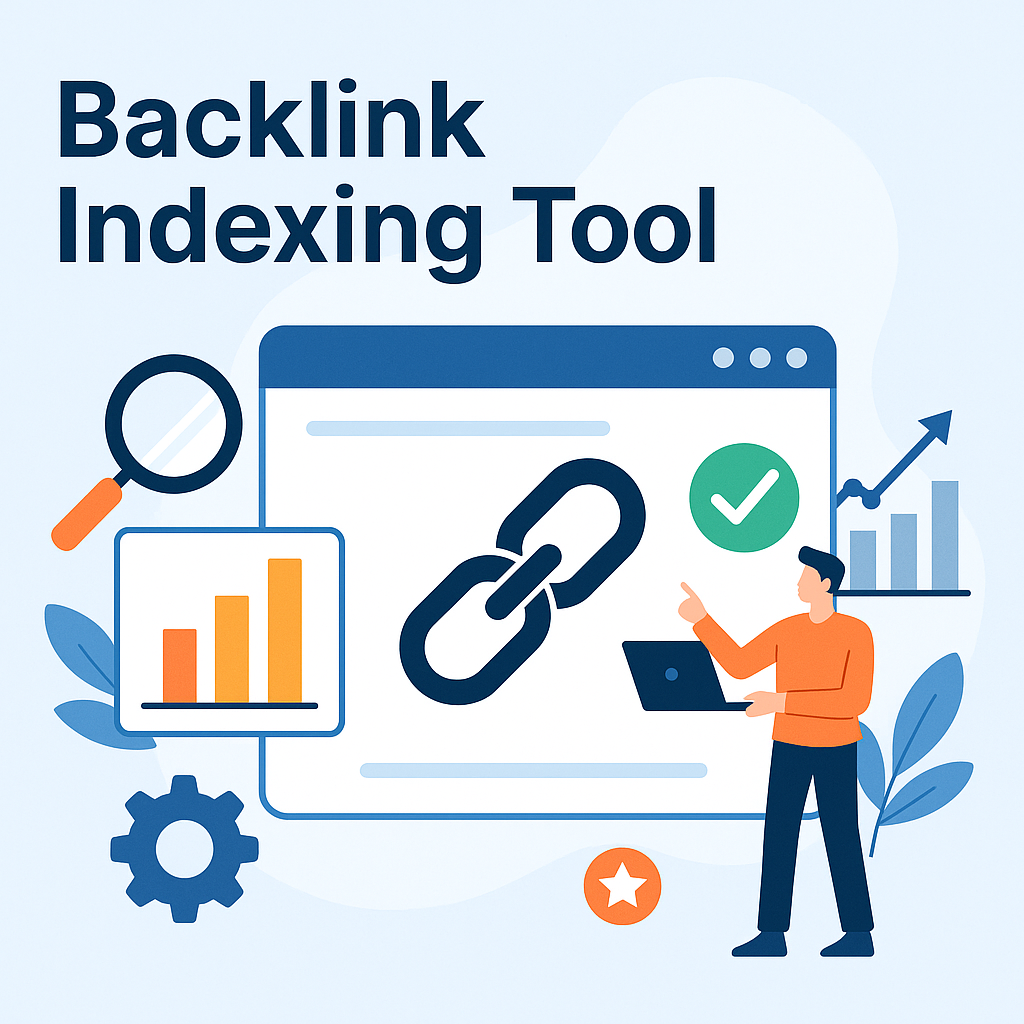

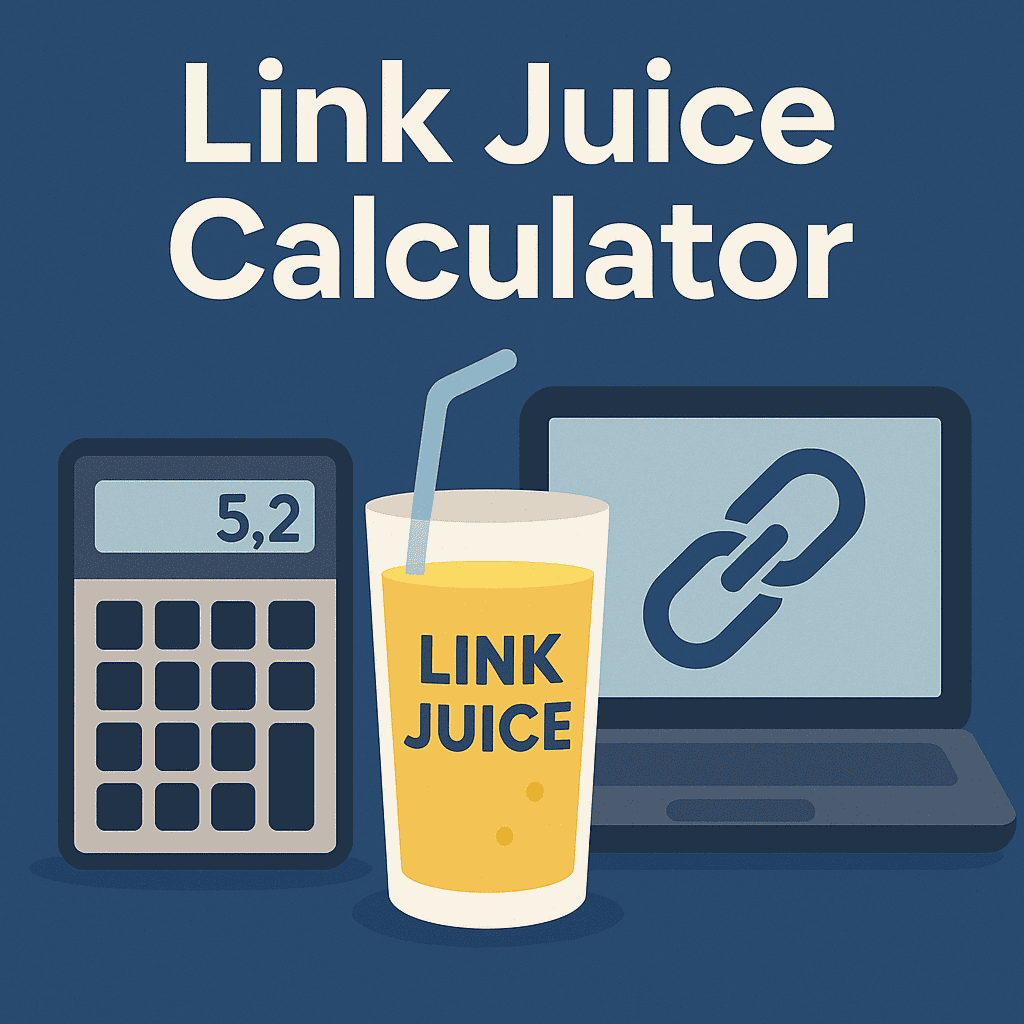


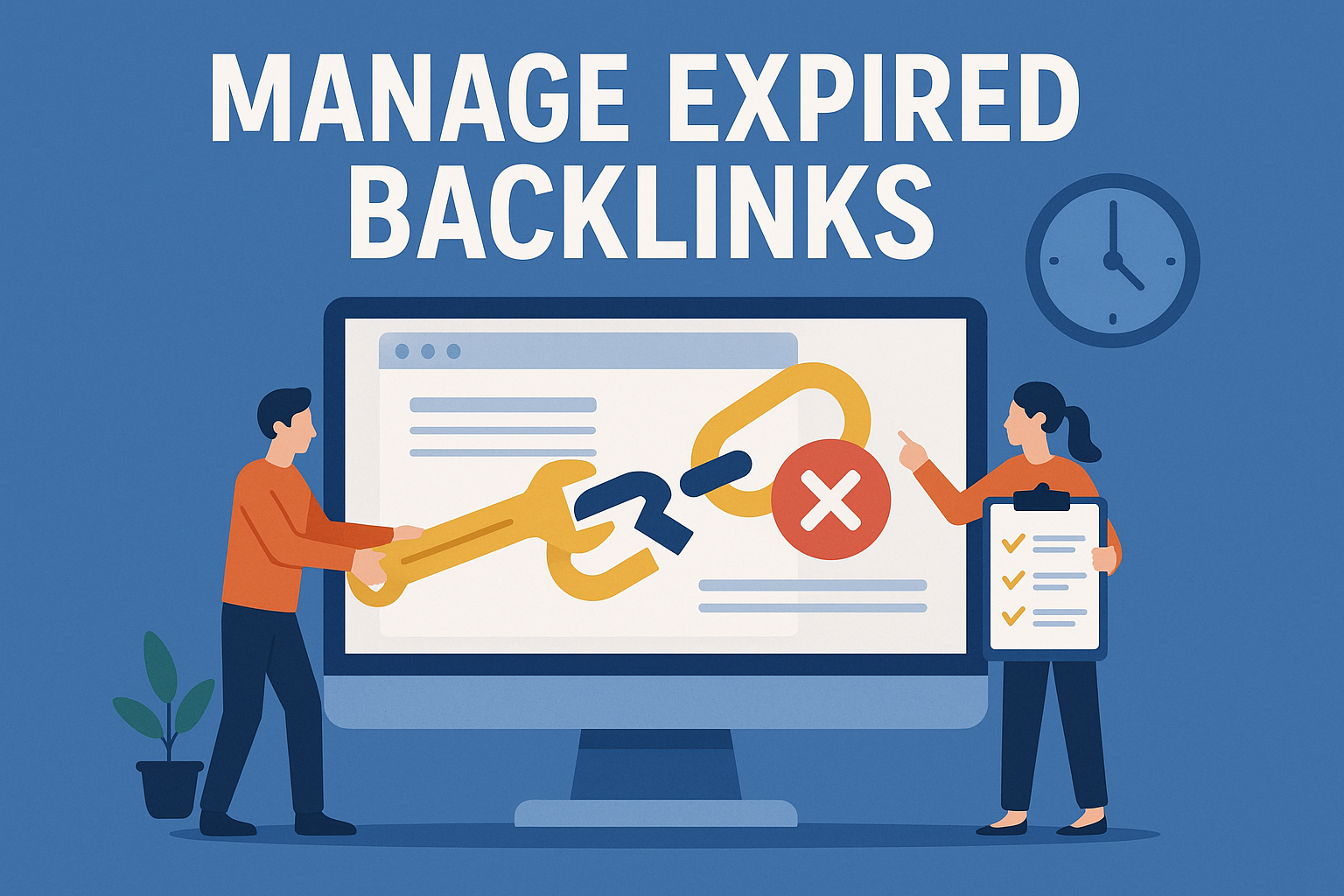

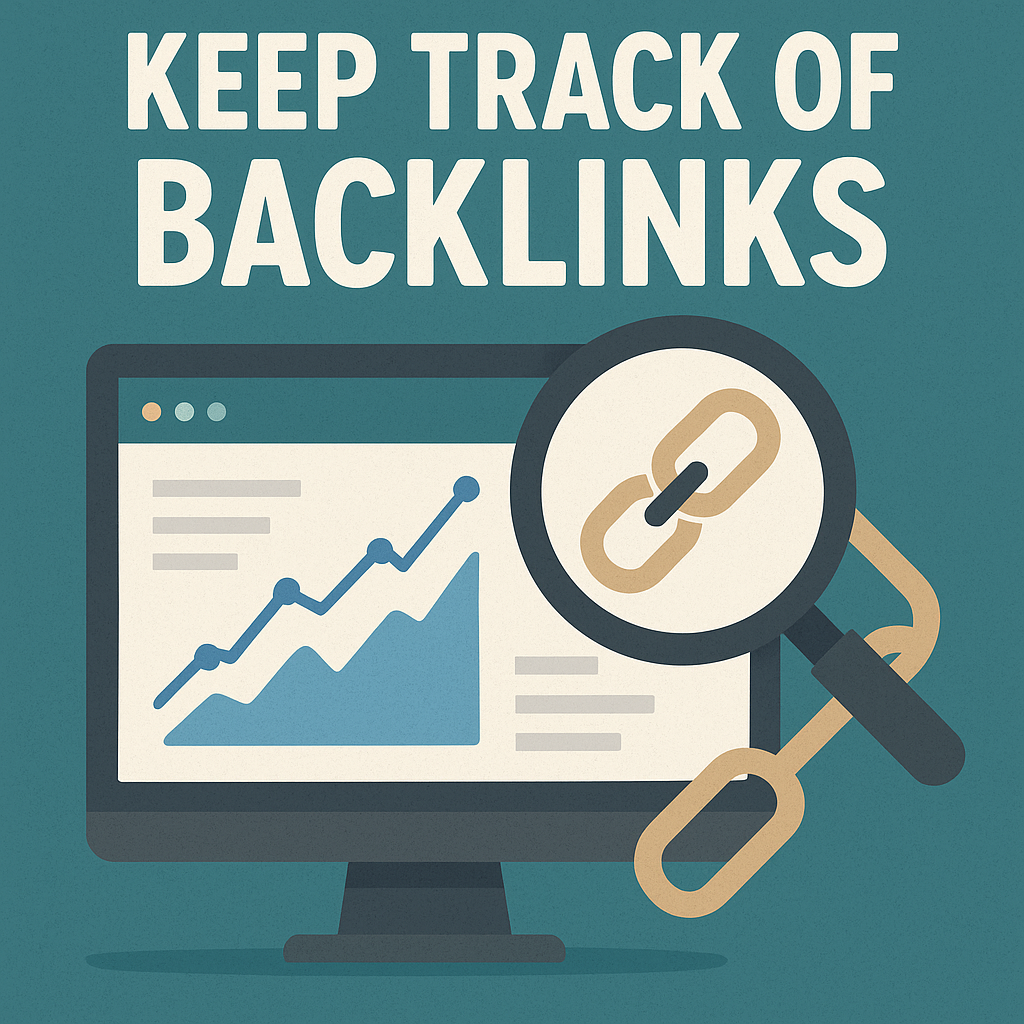
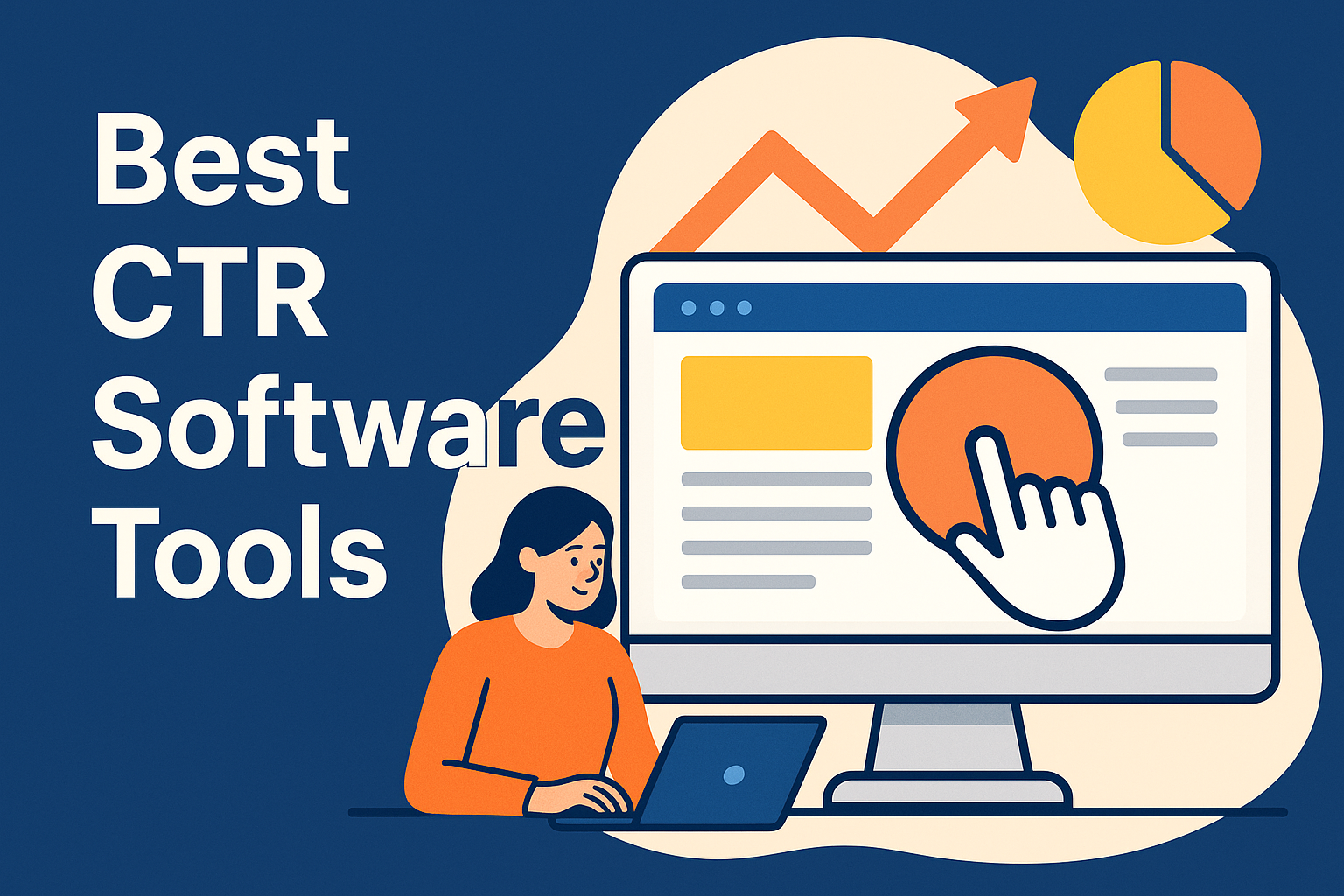
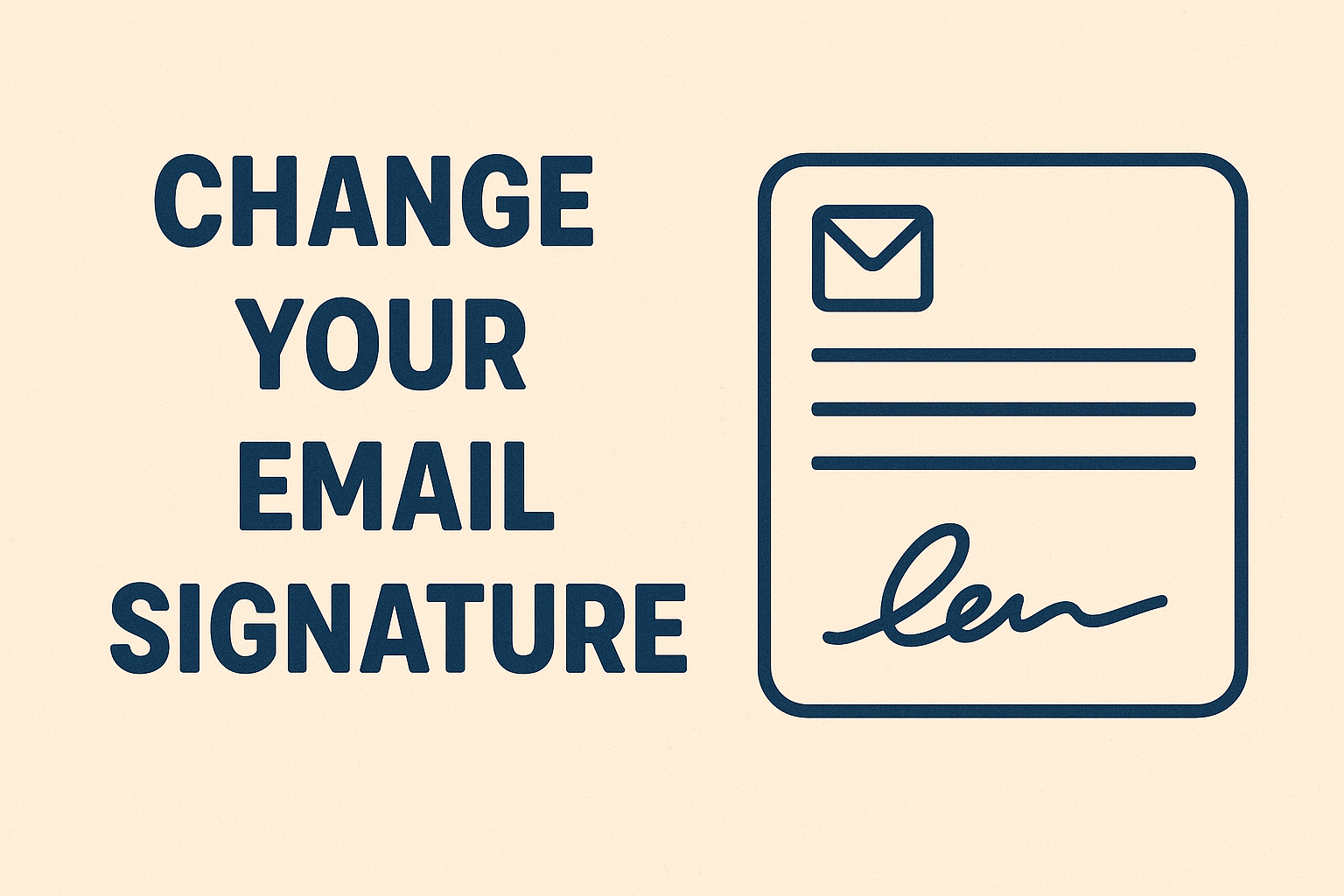
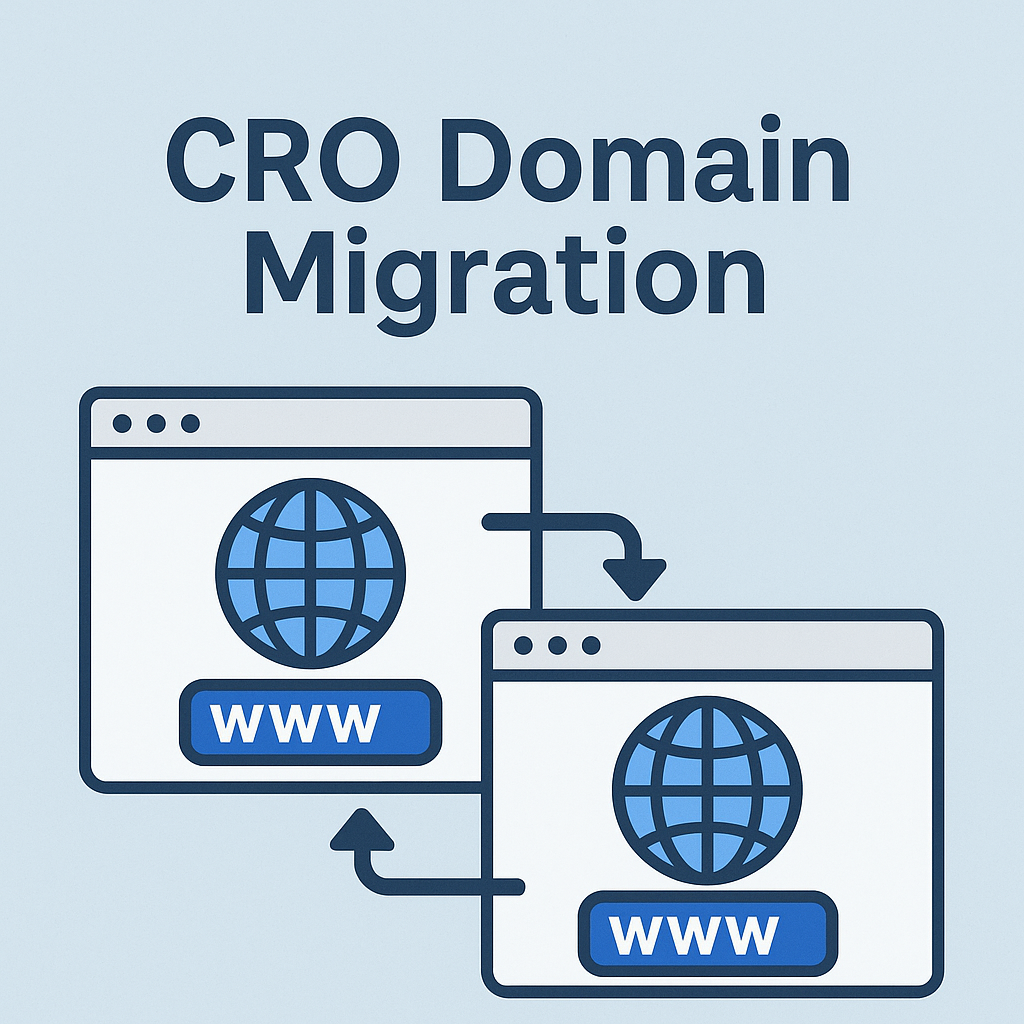
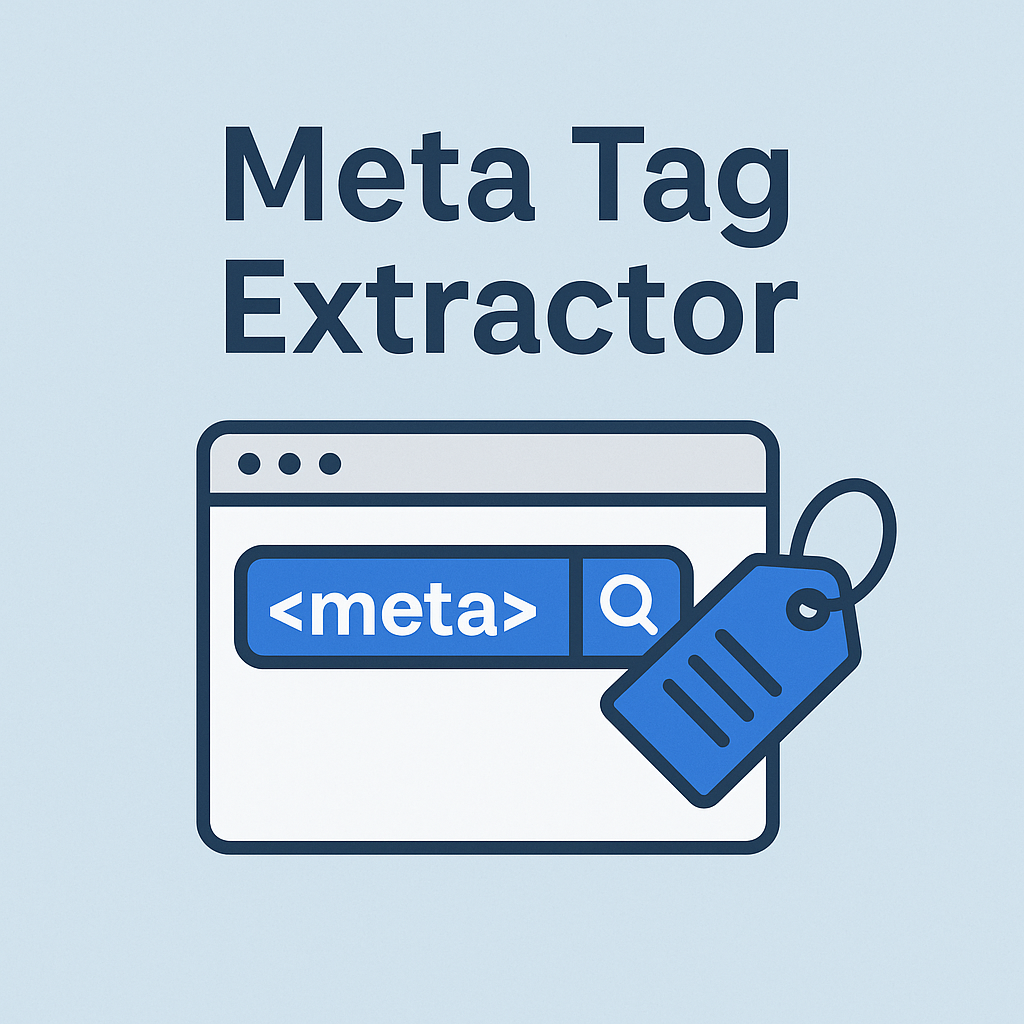
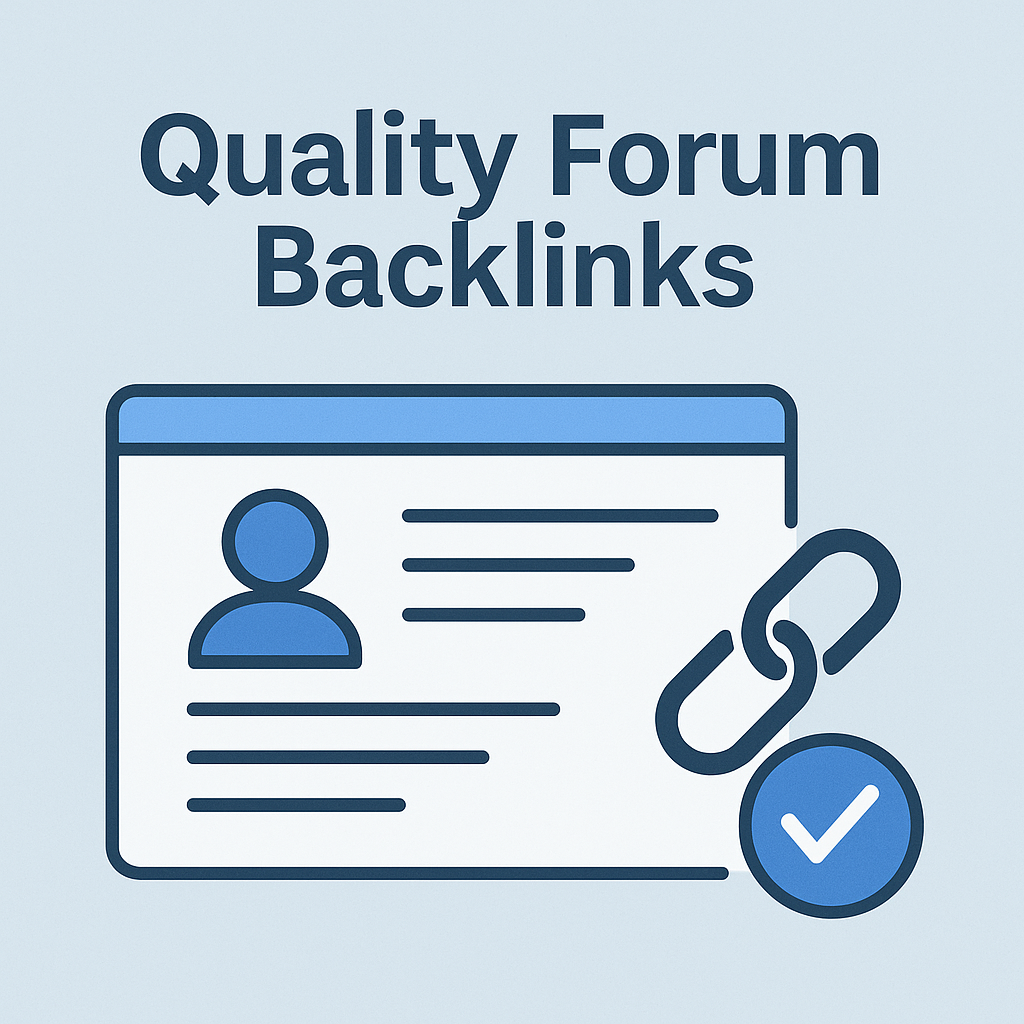
![Best Link Exchange Sites [Free & Safe] – Top 5 Picks](https://backlinkmanagement.io/wp-content/uploads/2025/04/Free-Link-Exchange.png)
